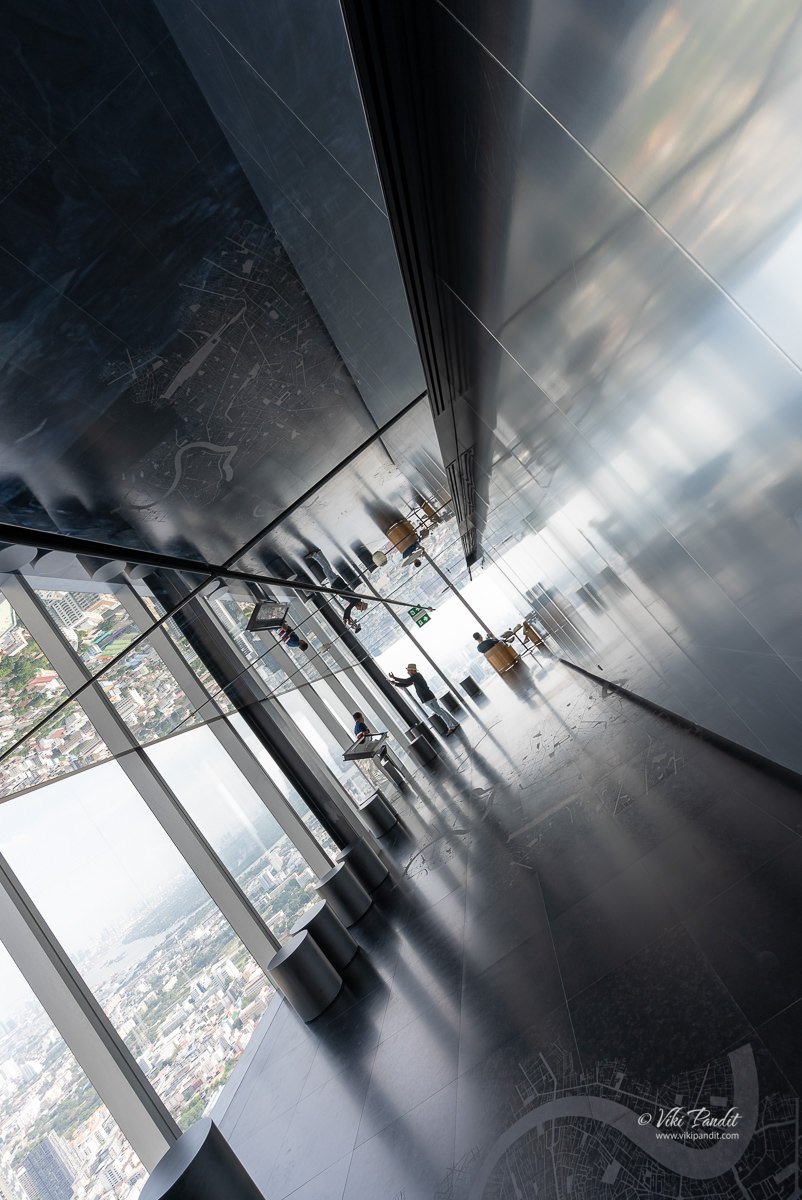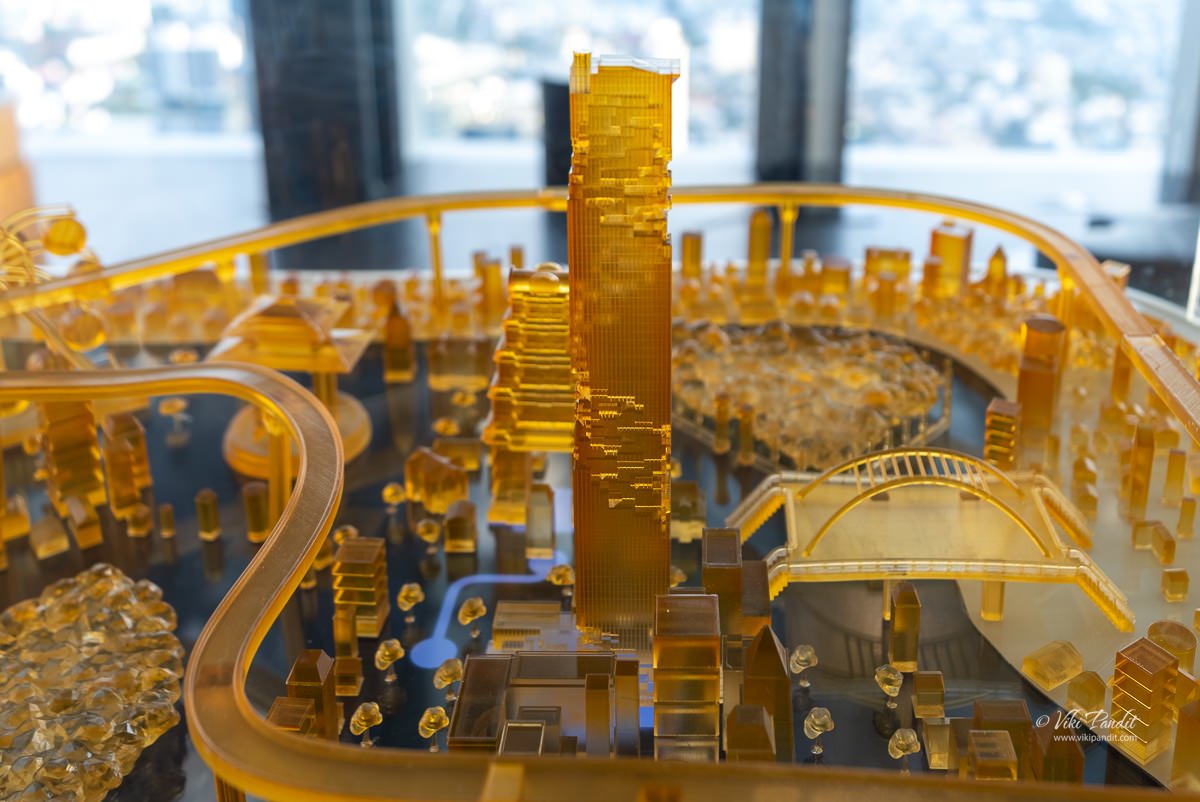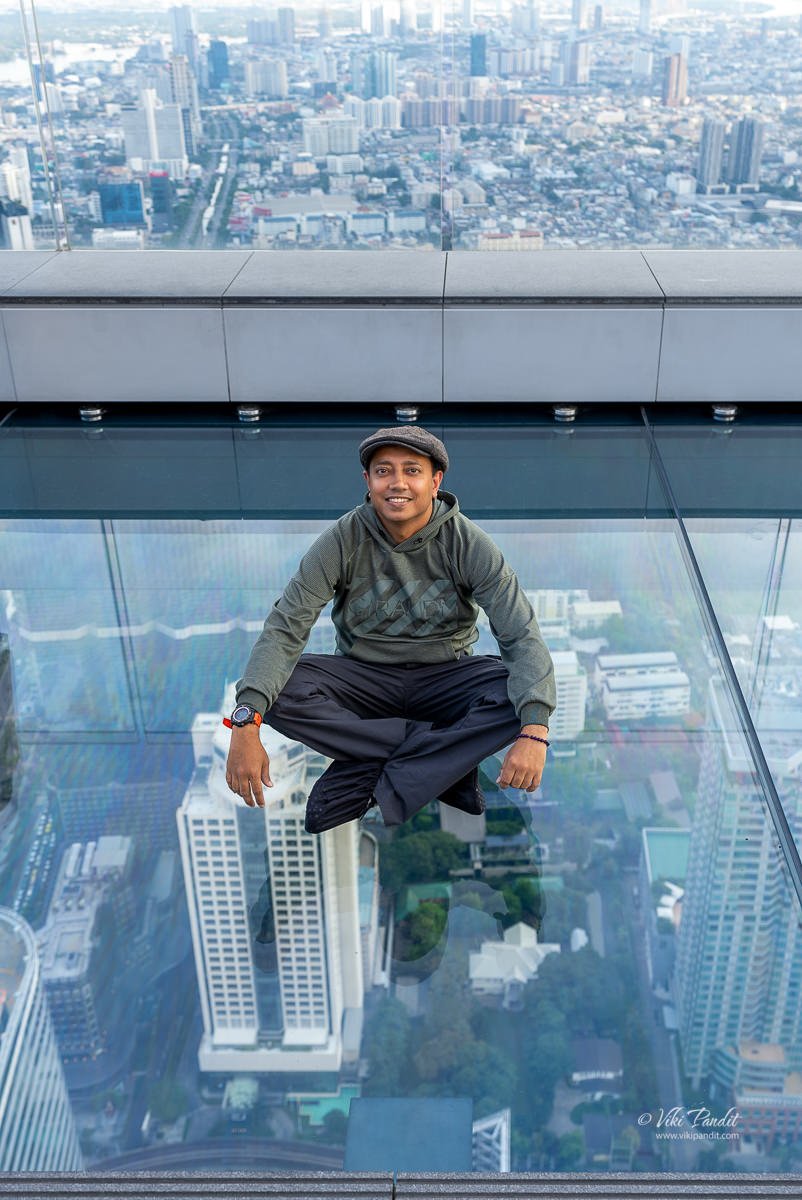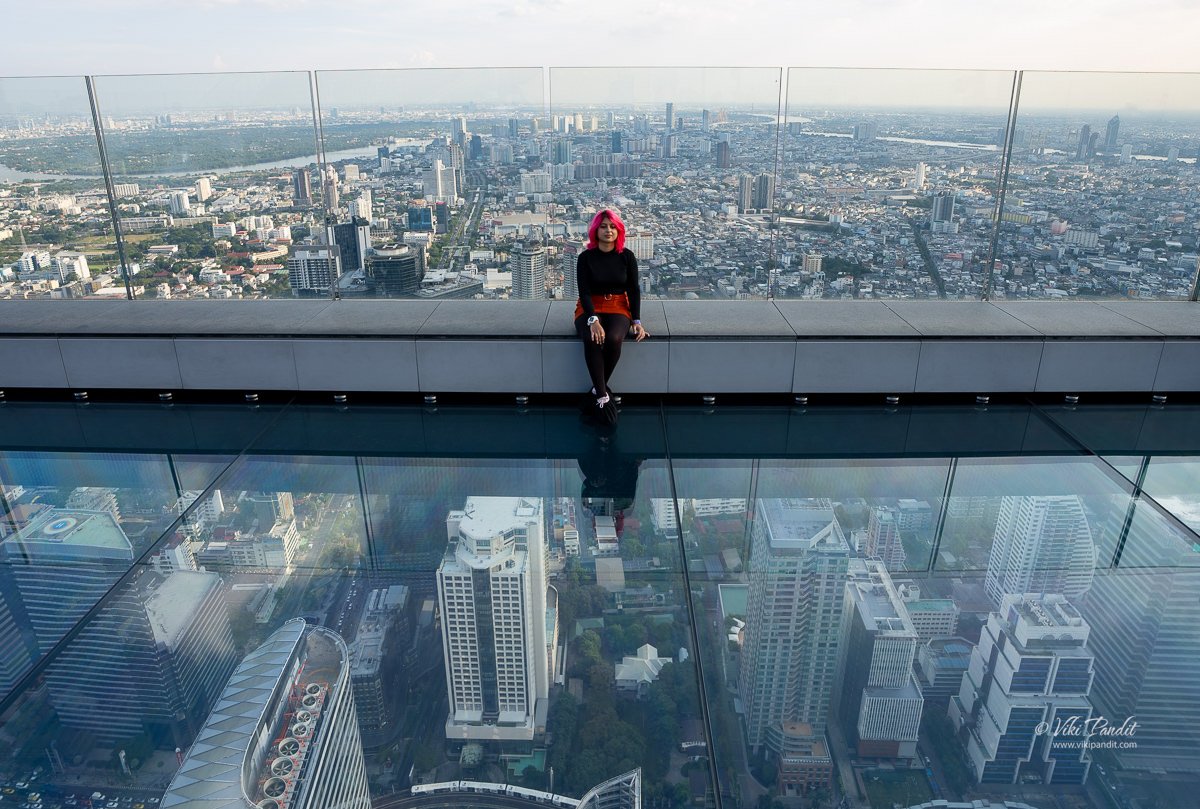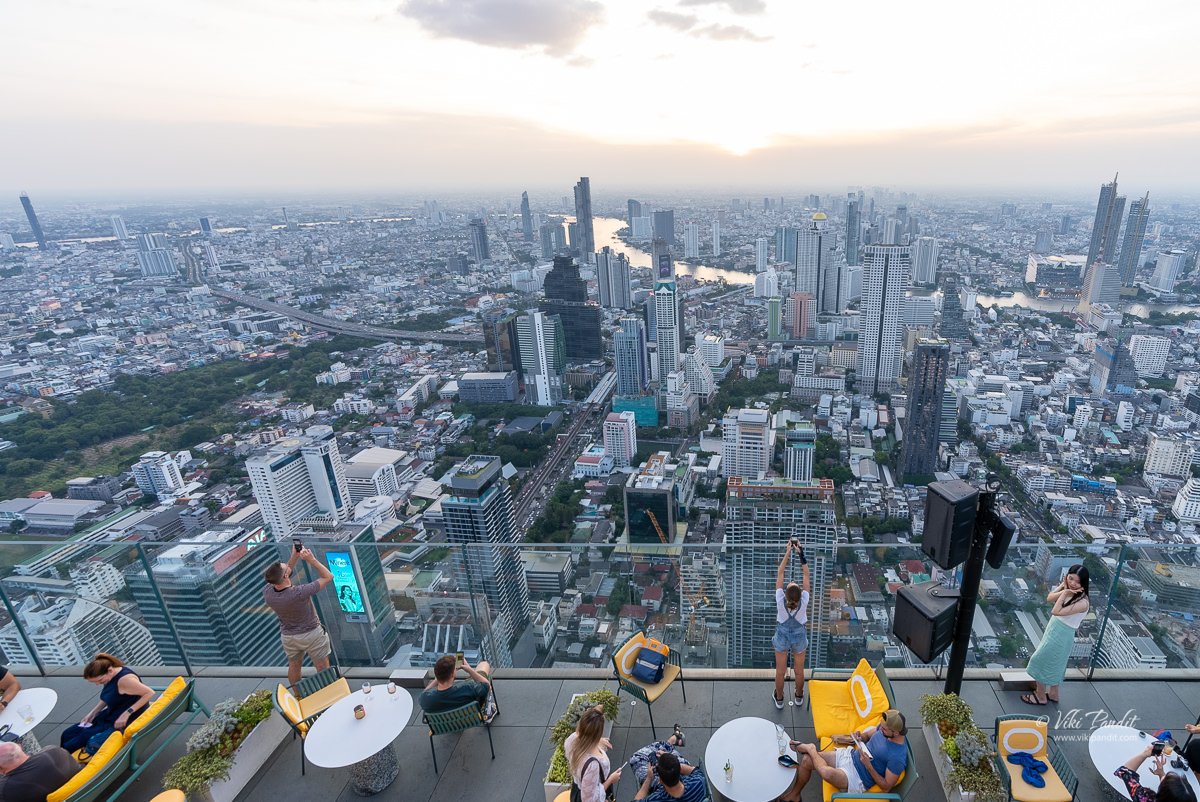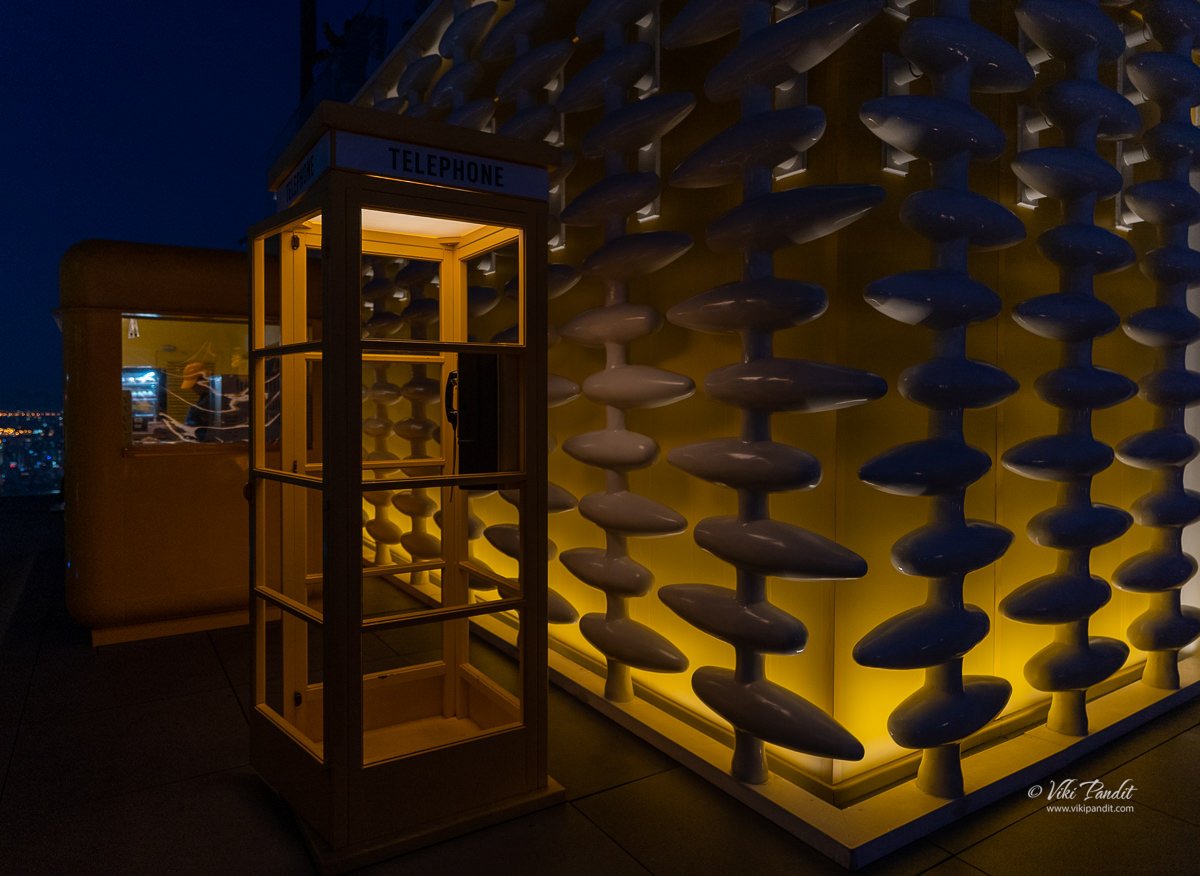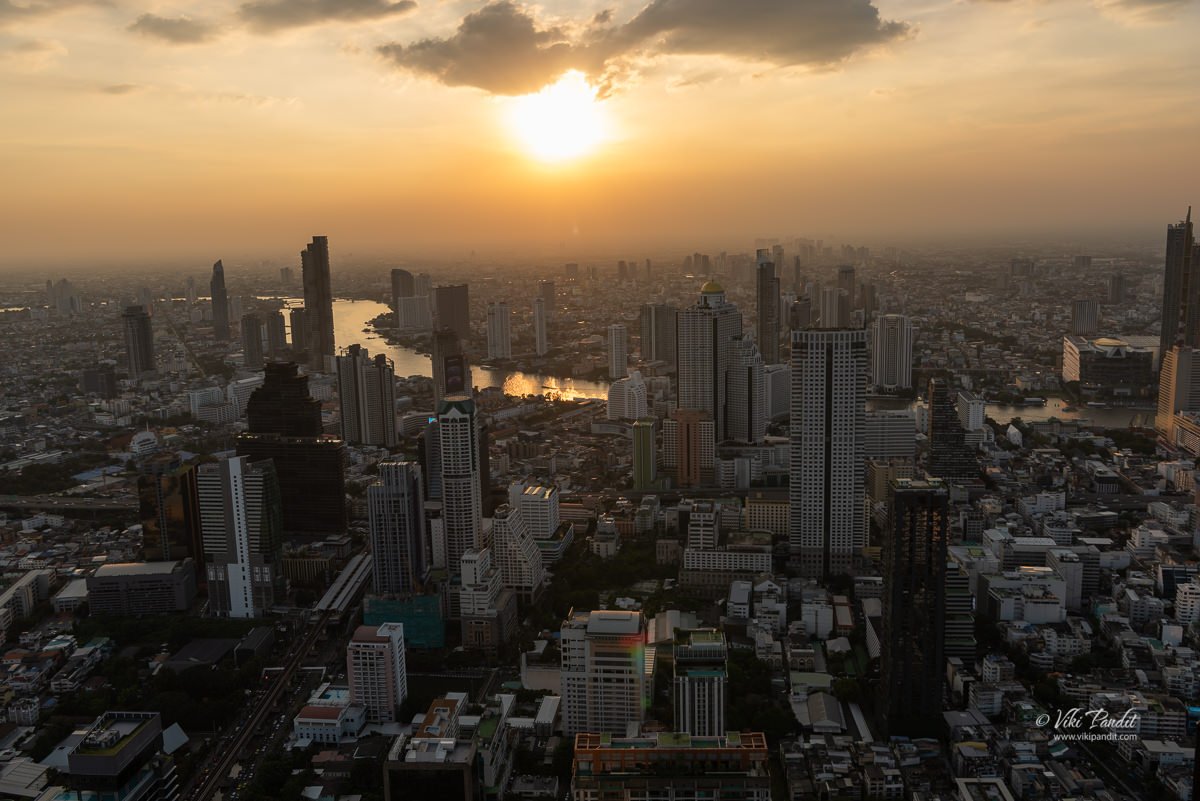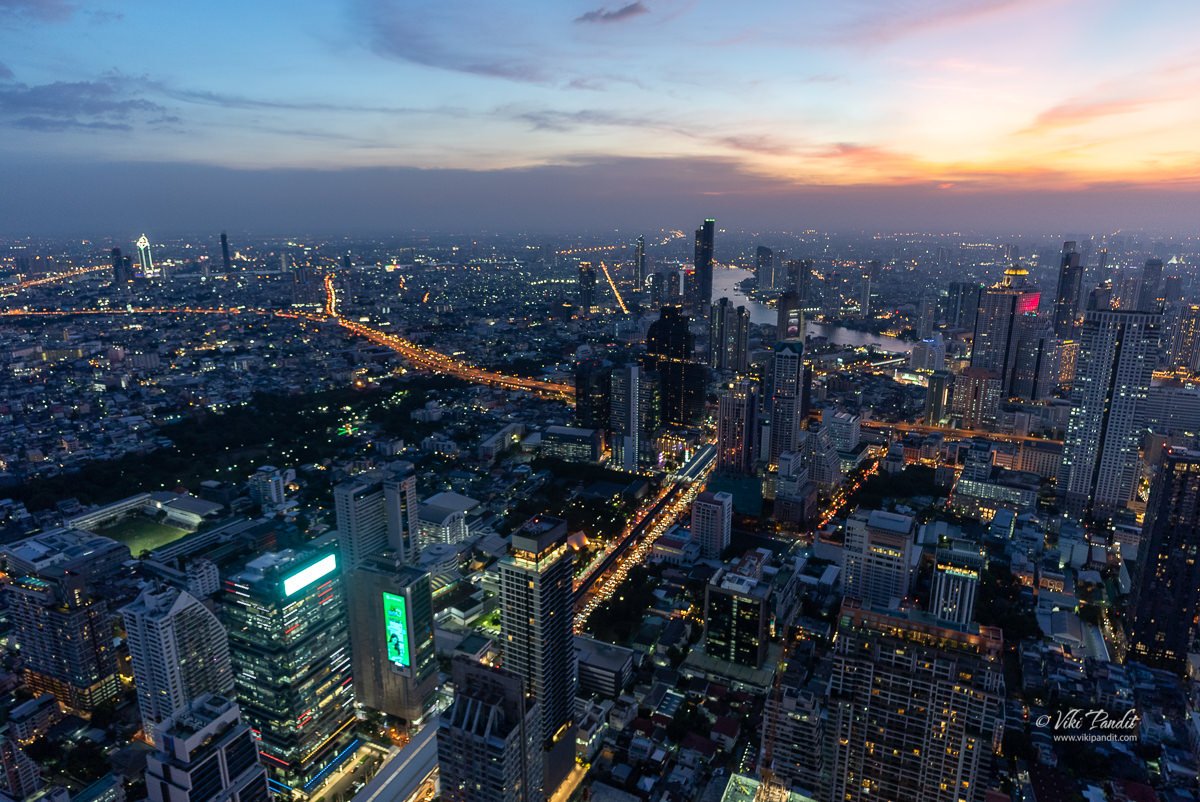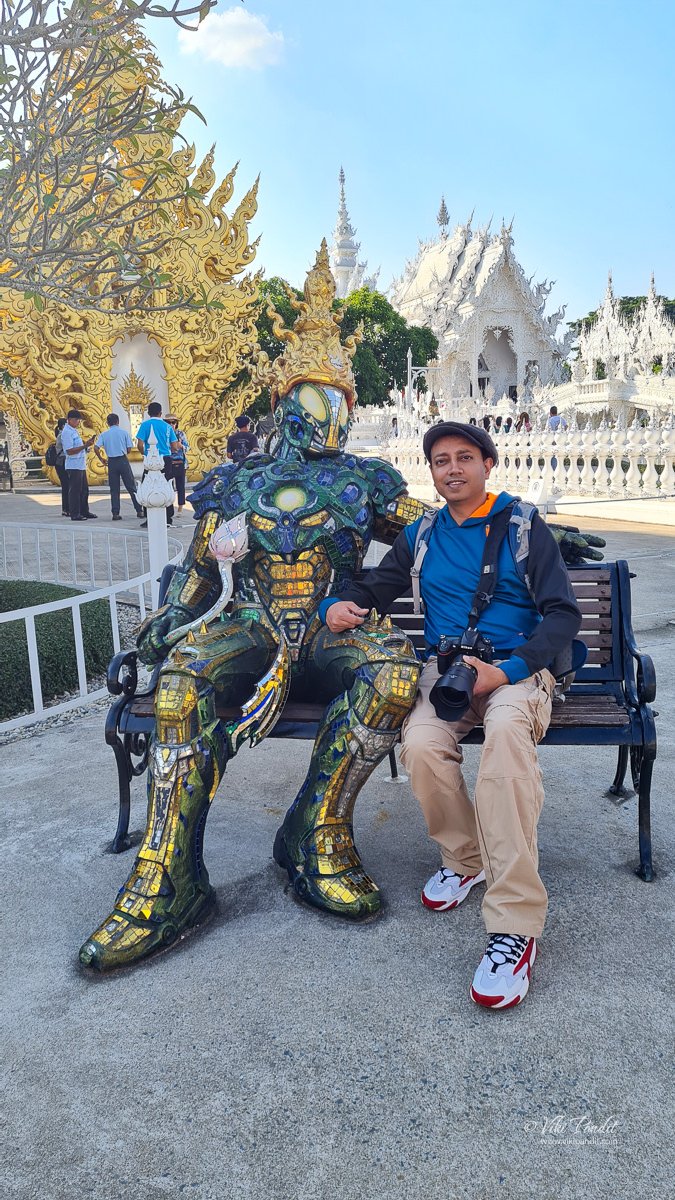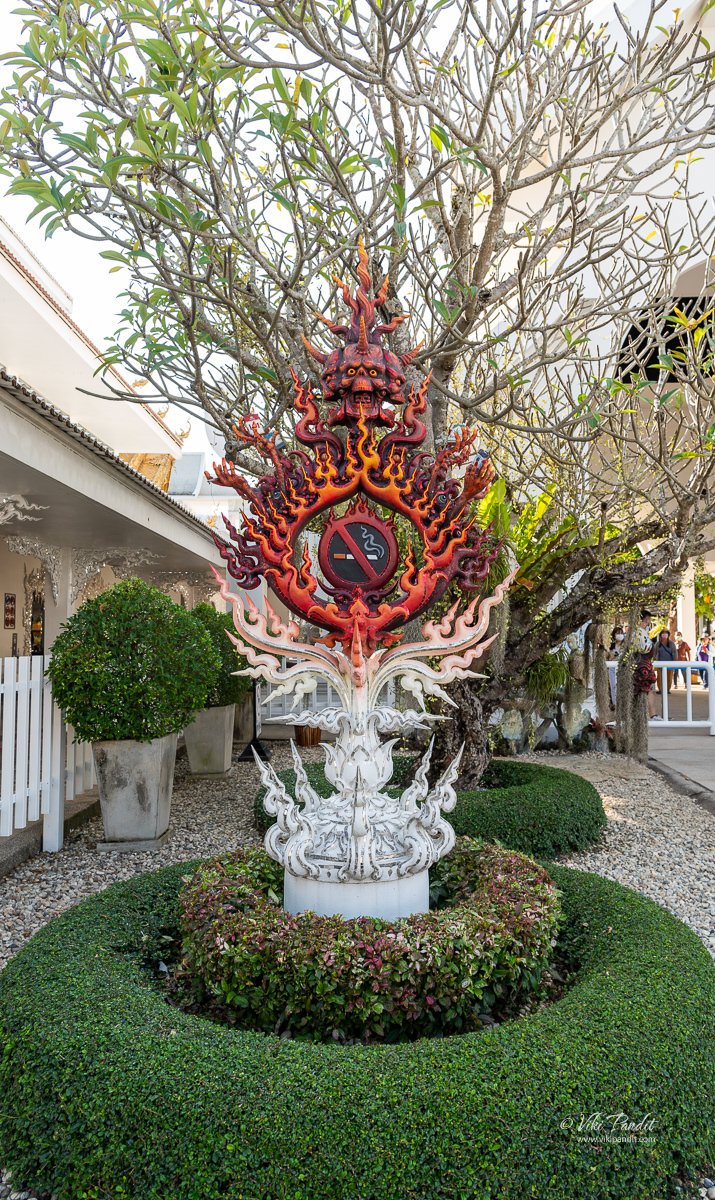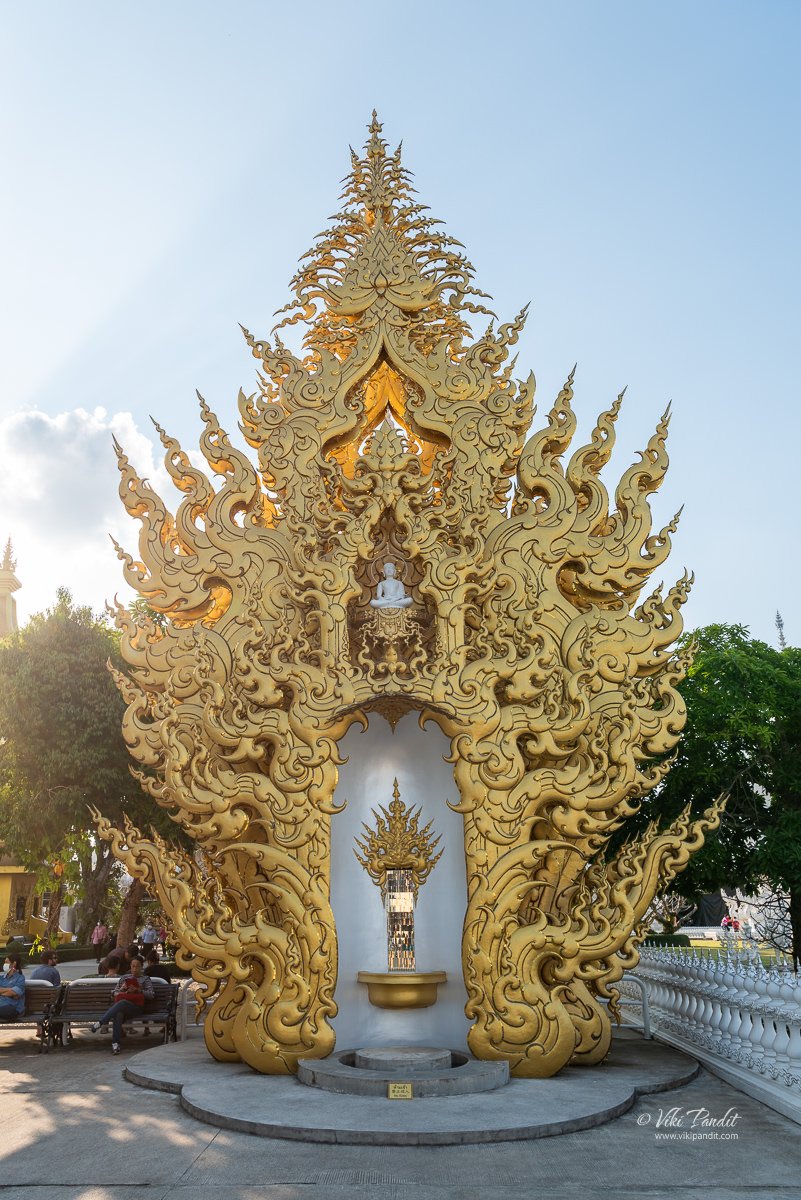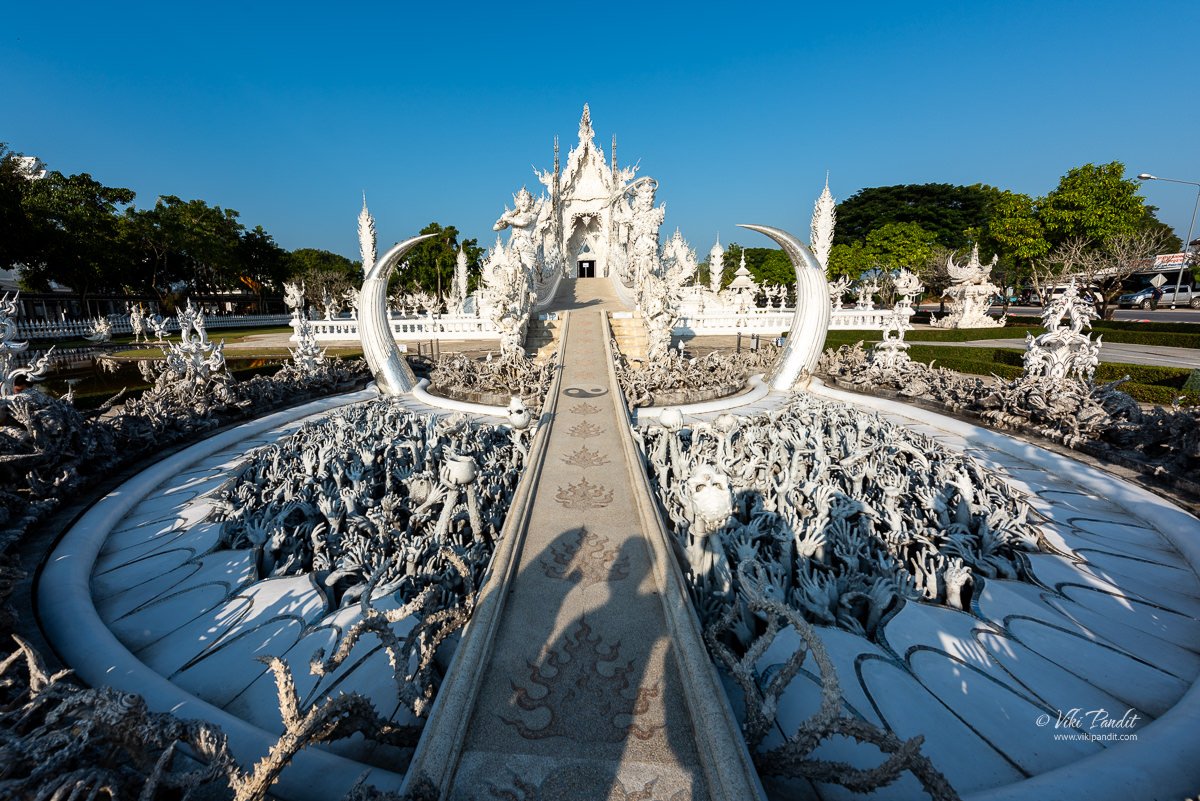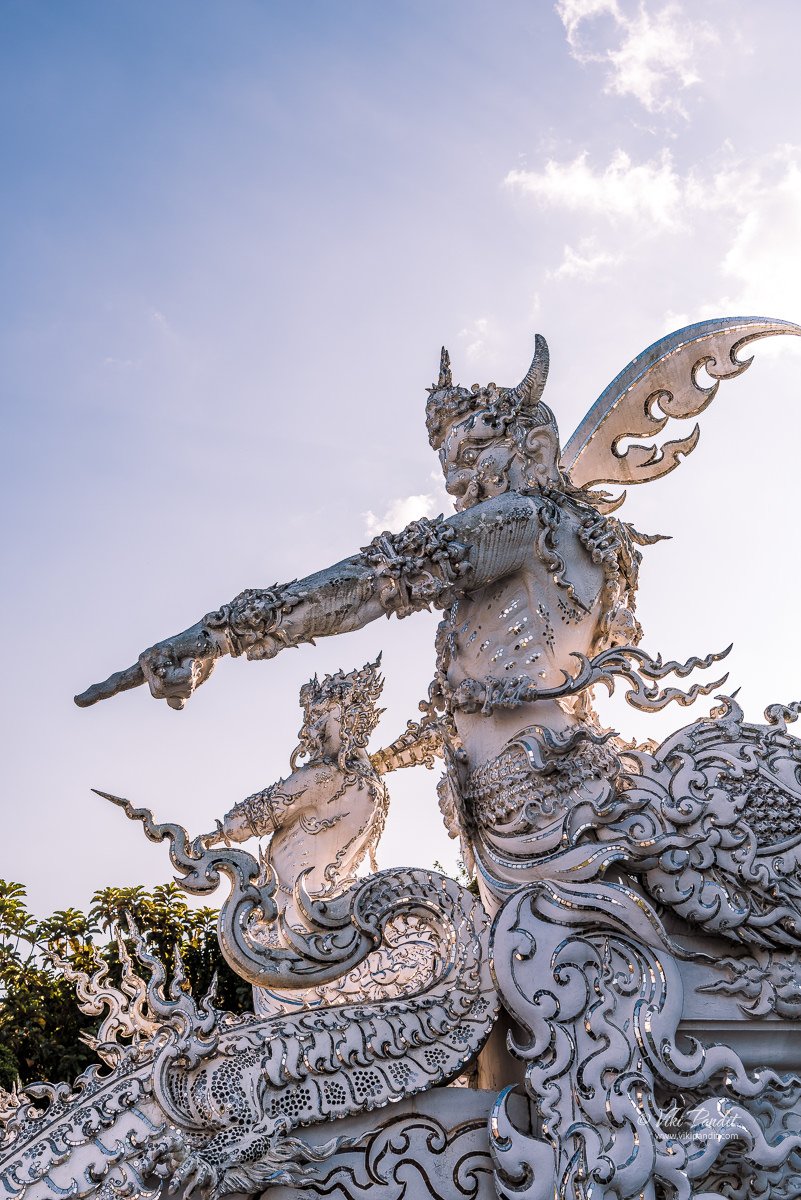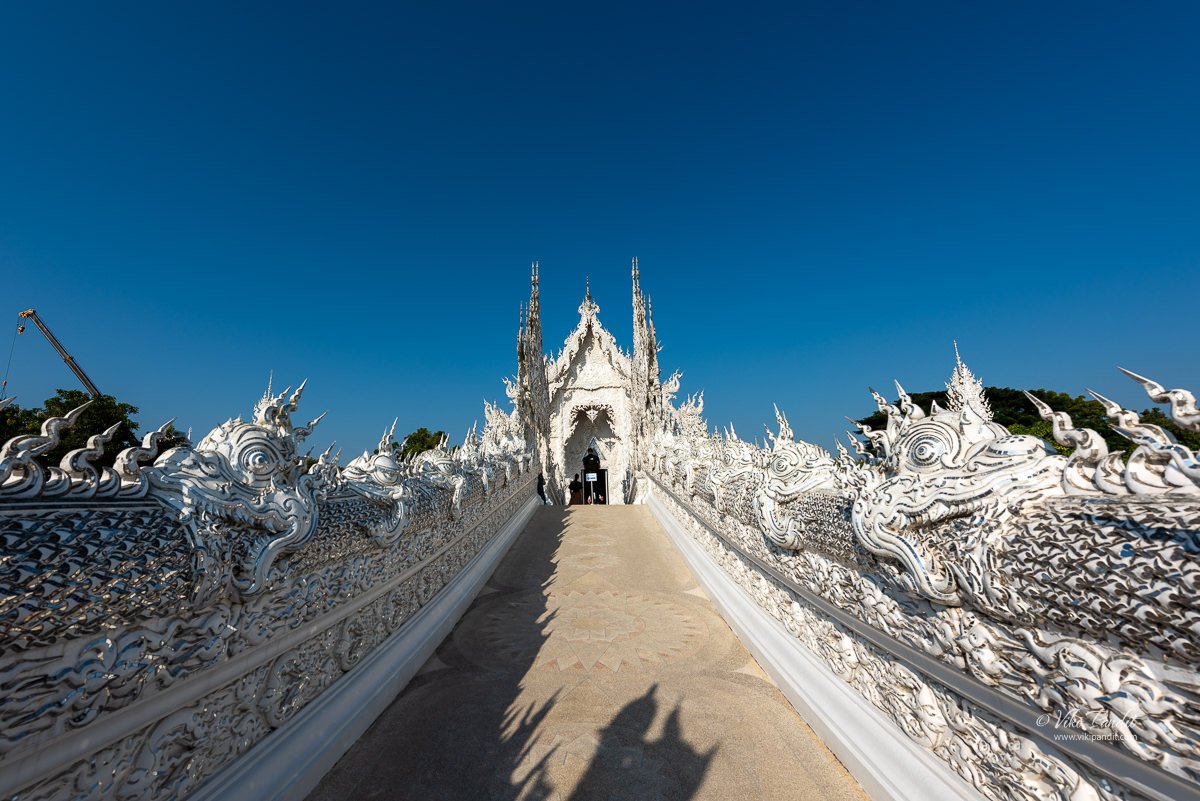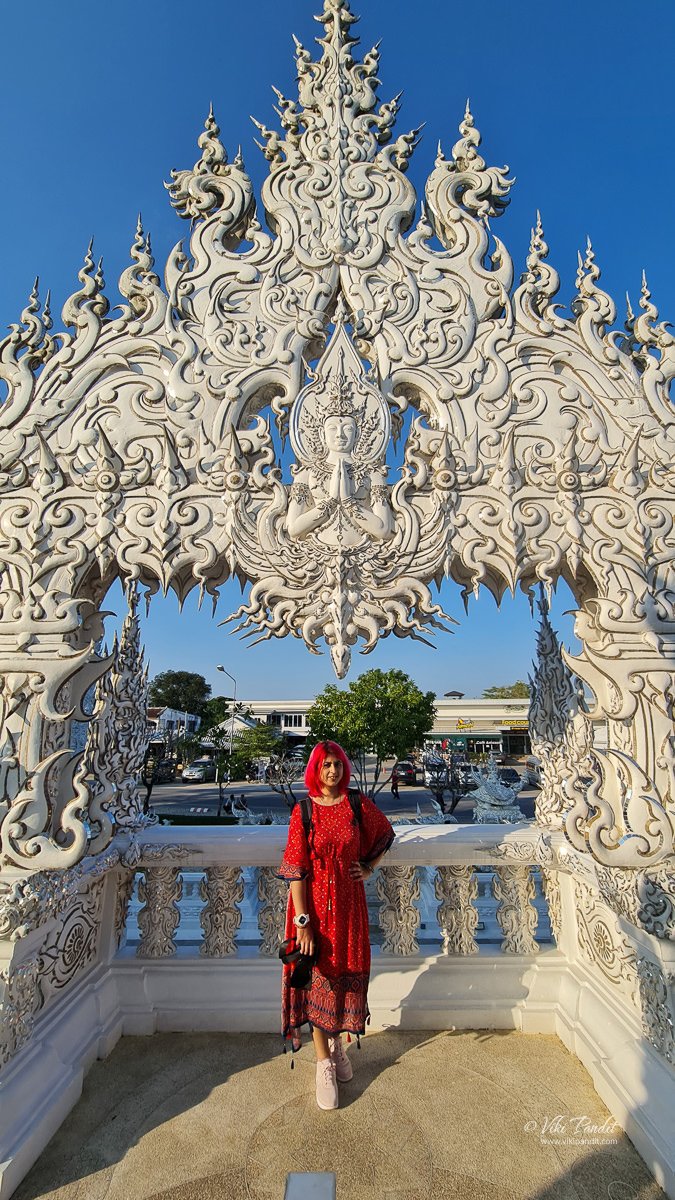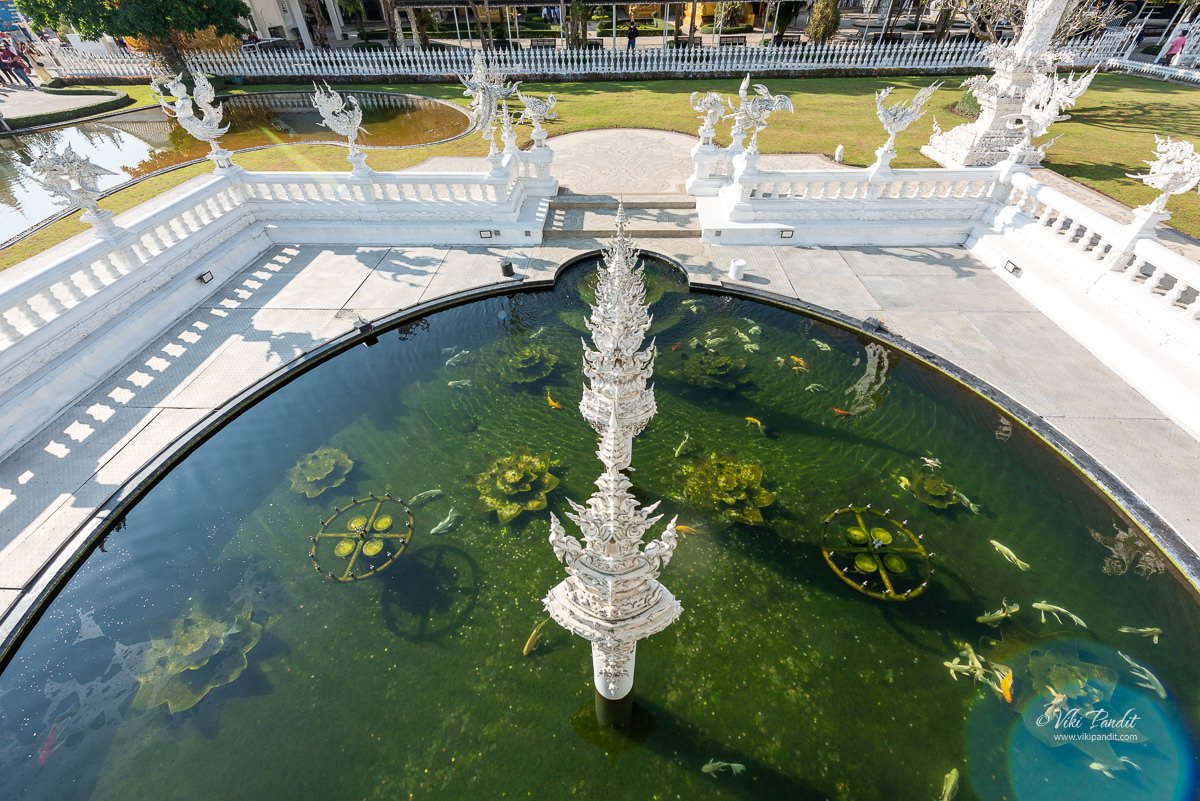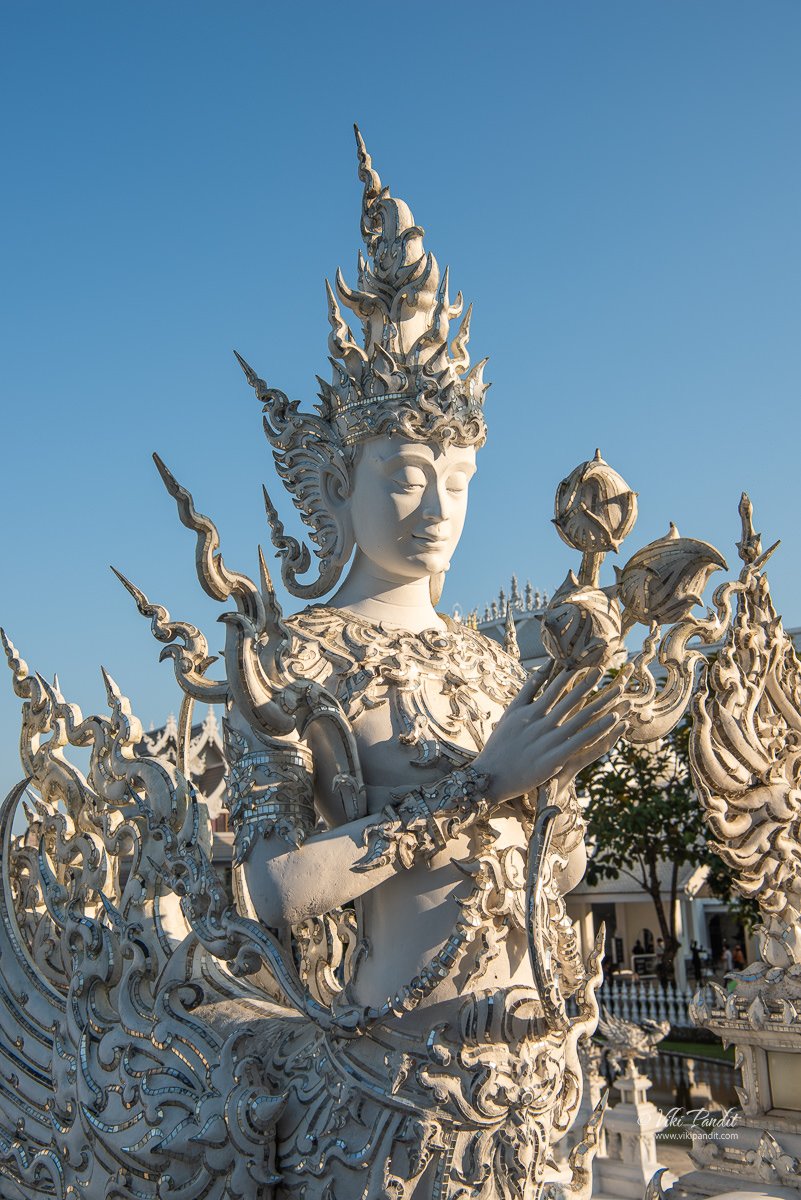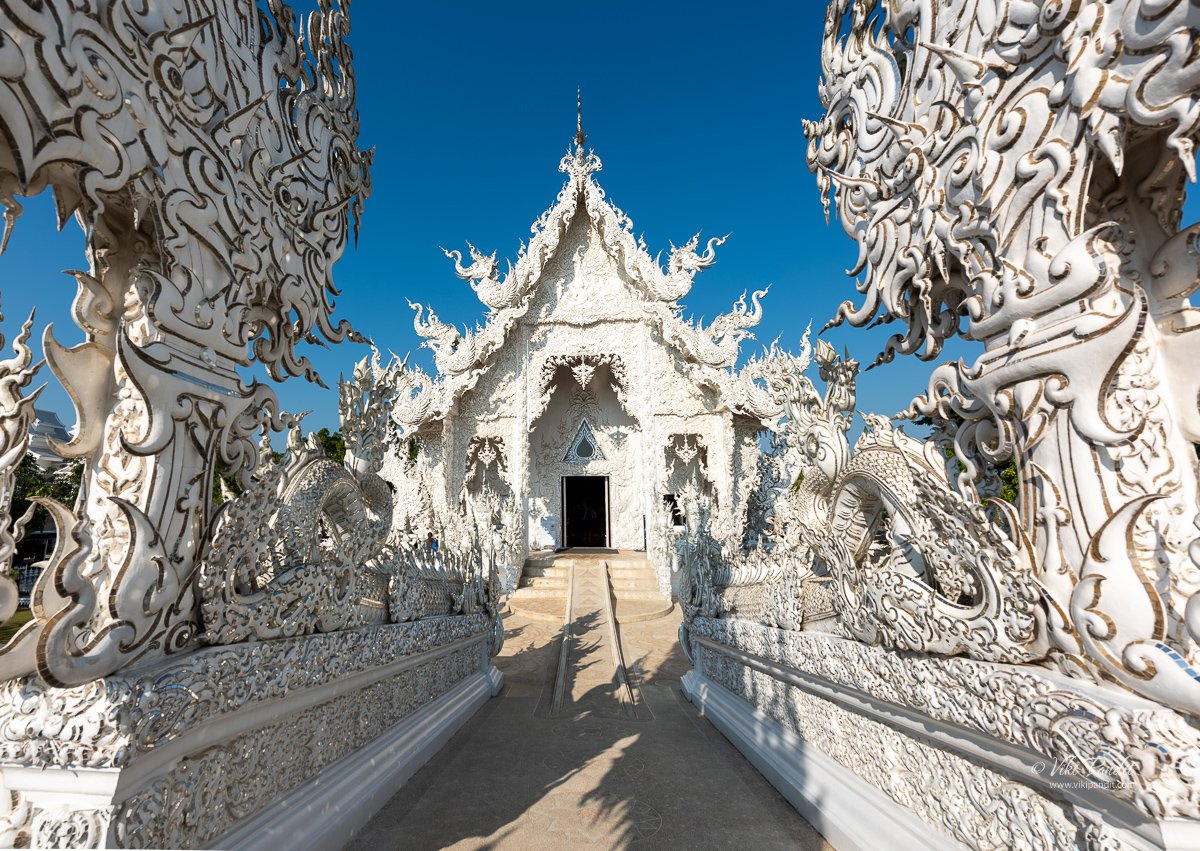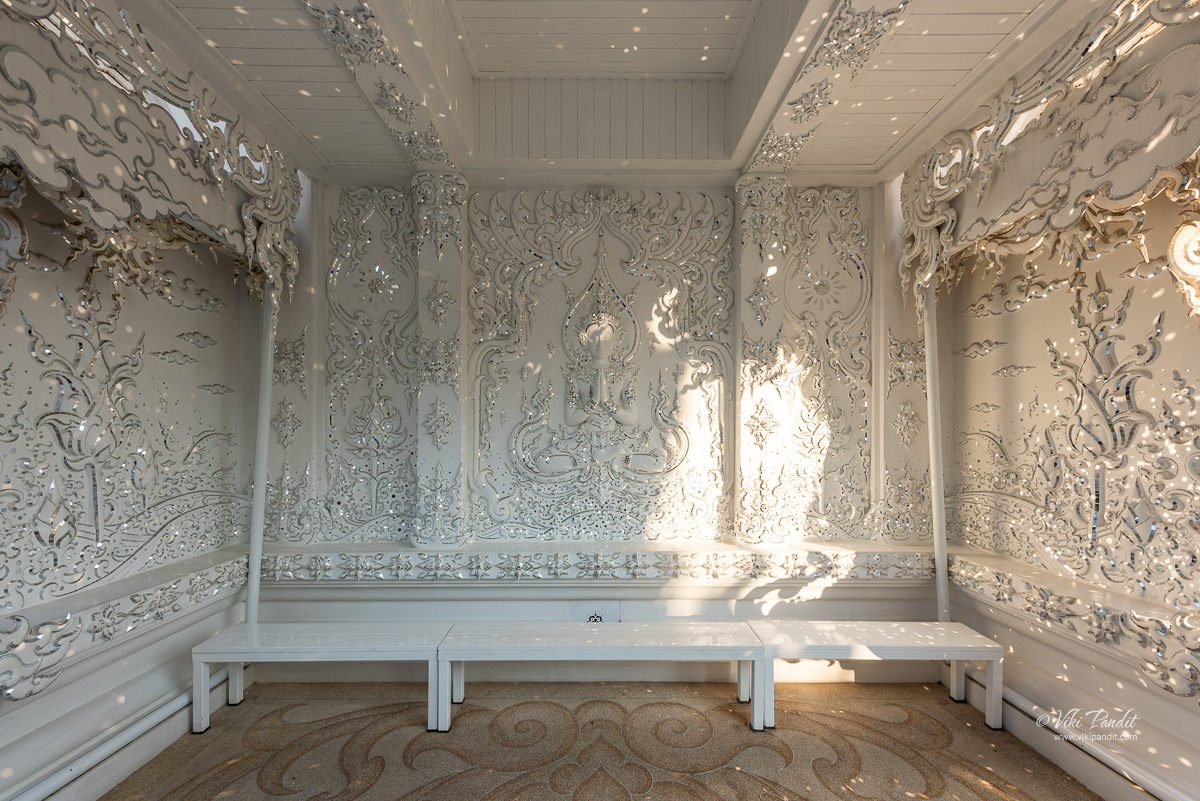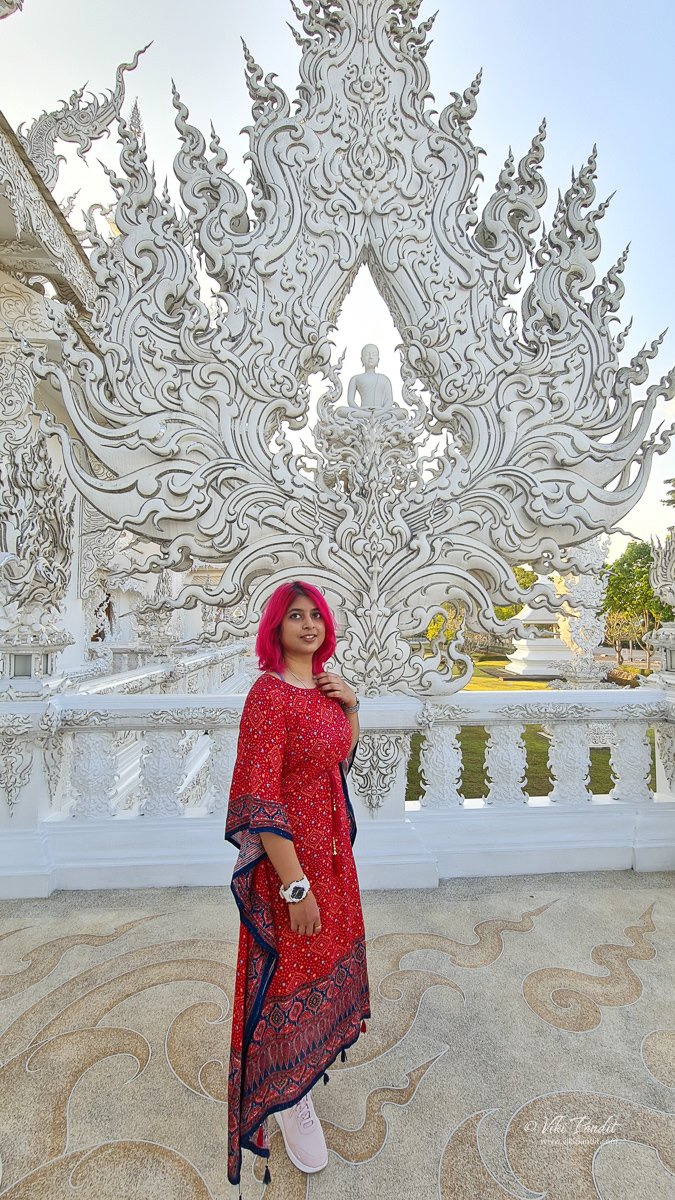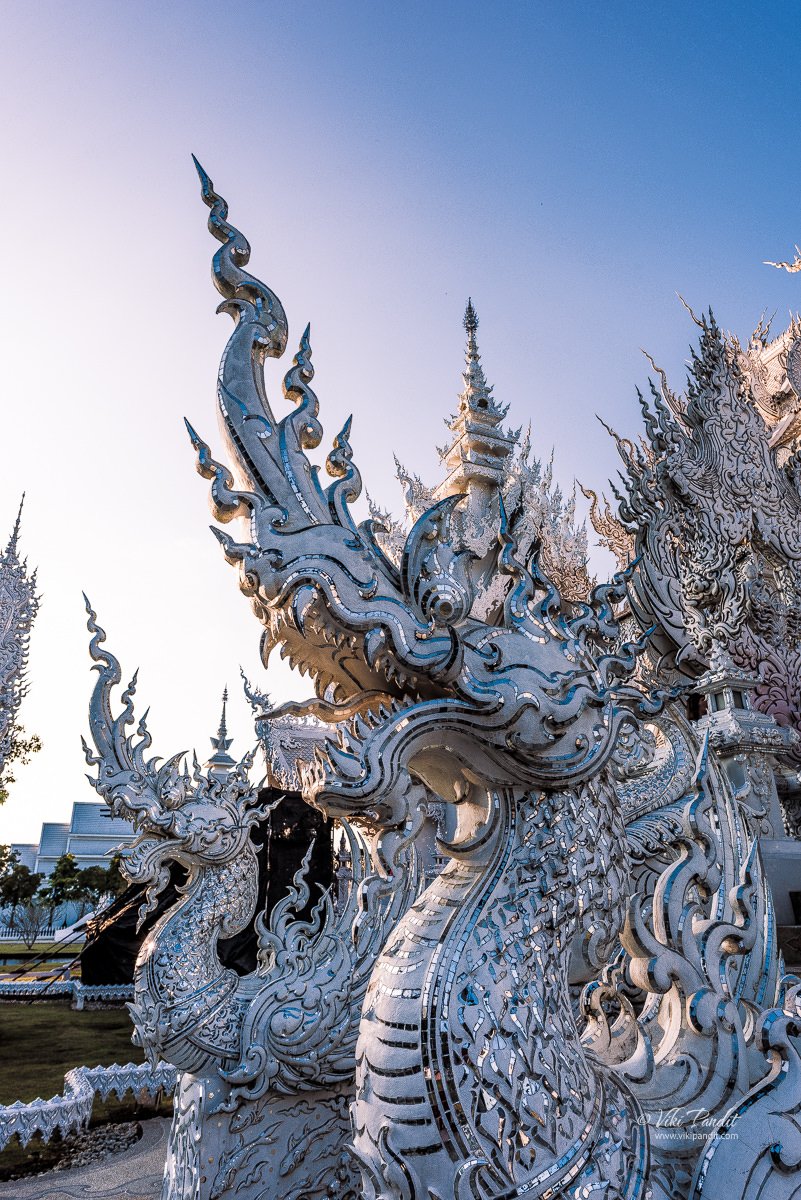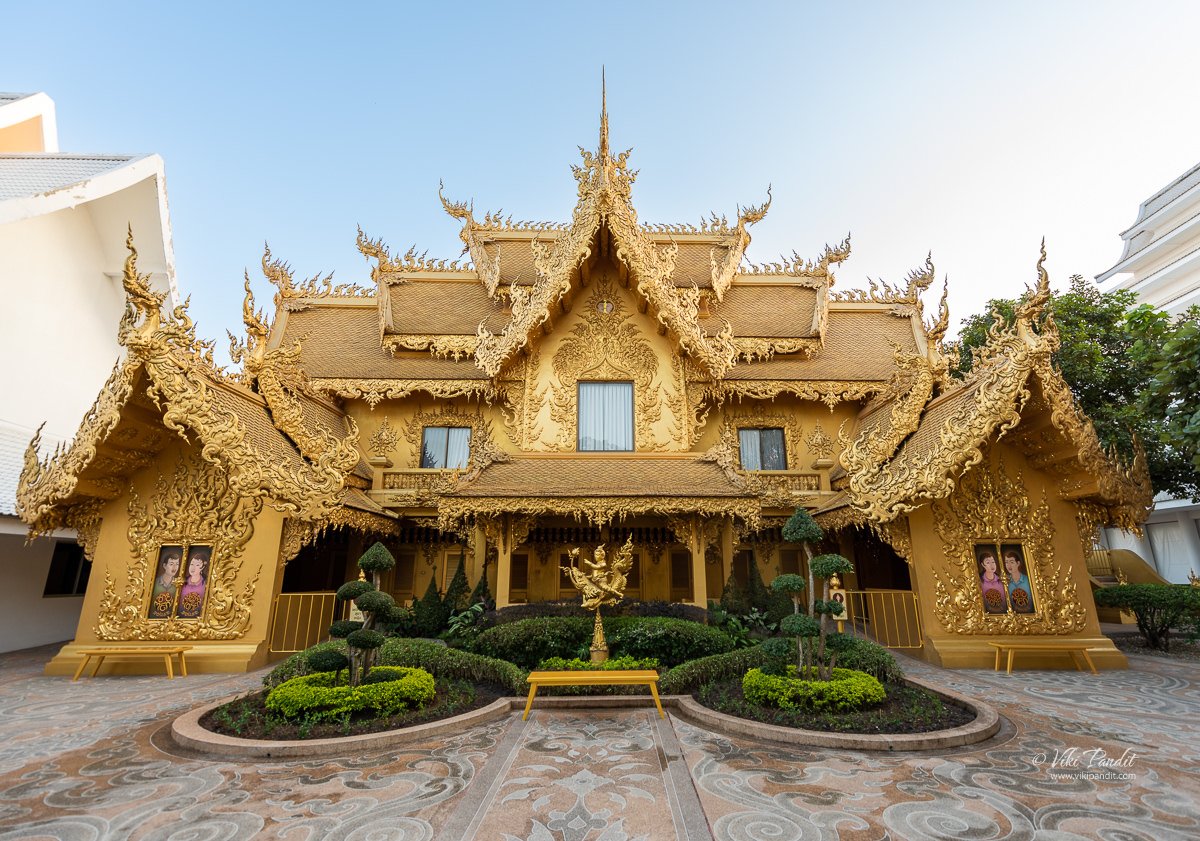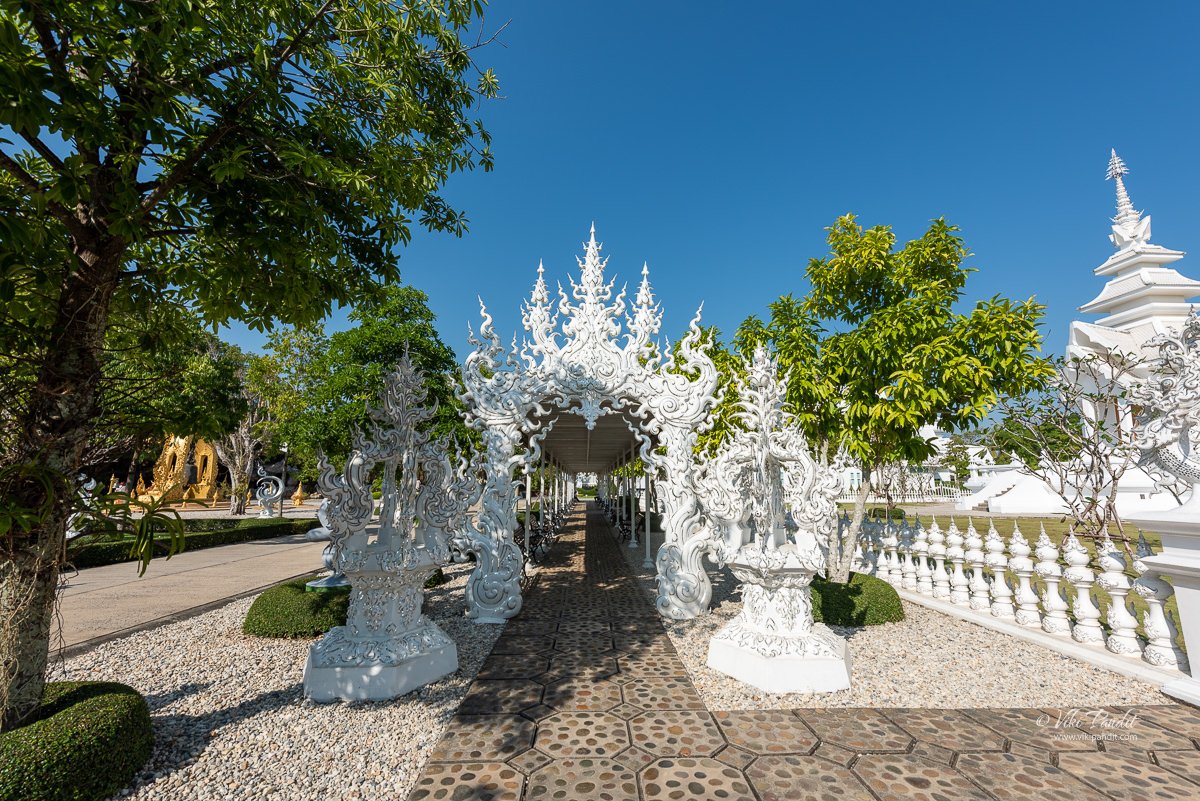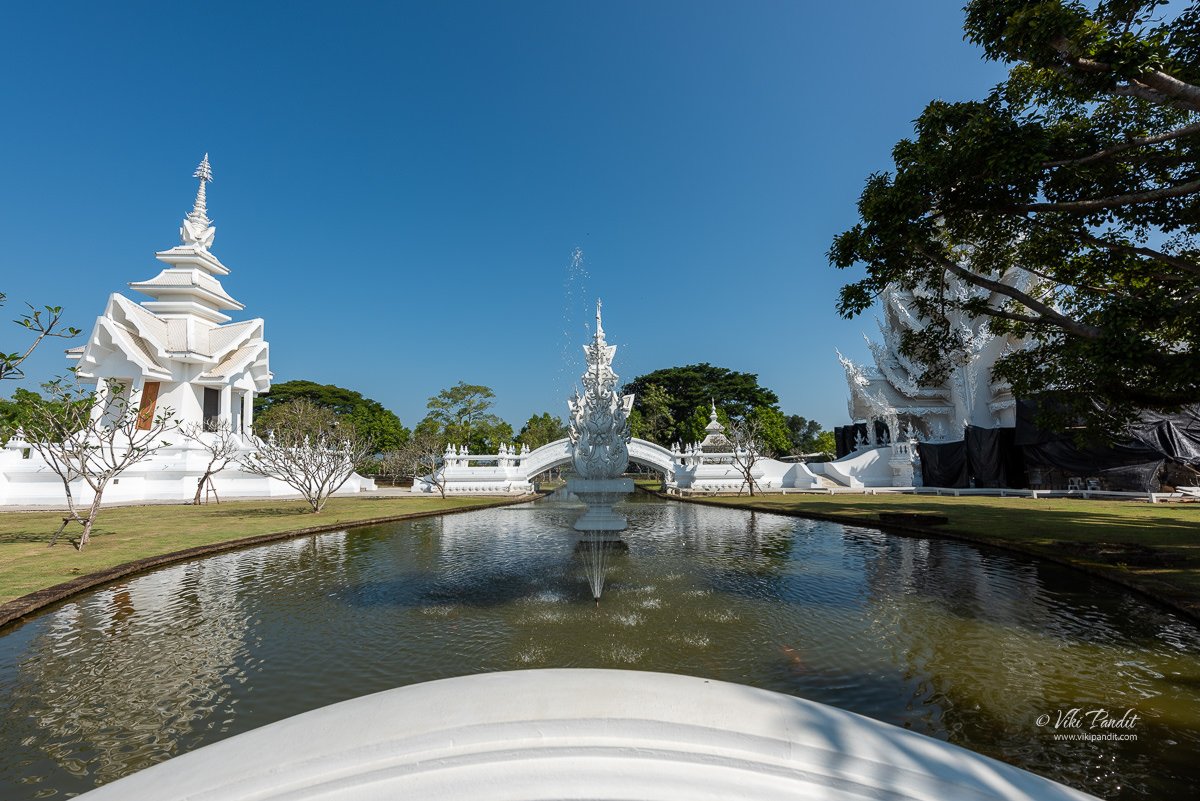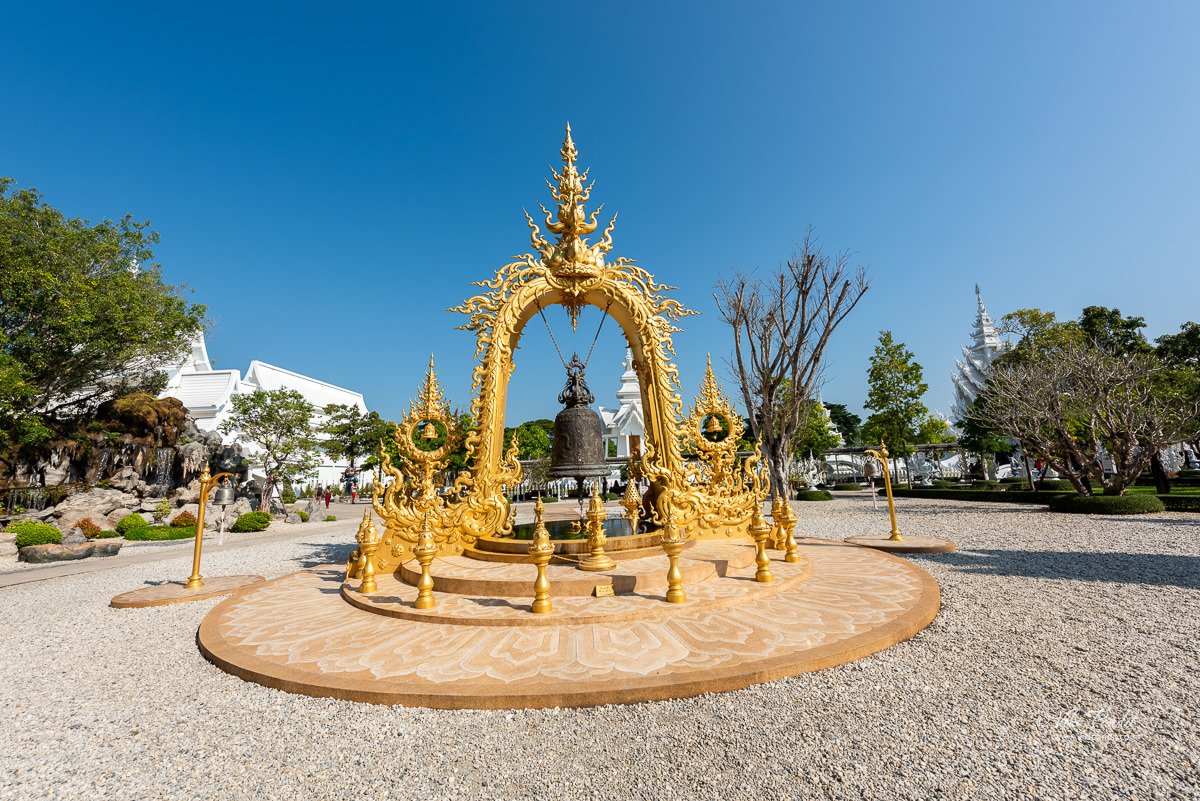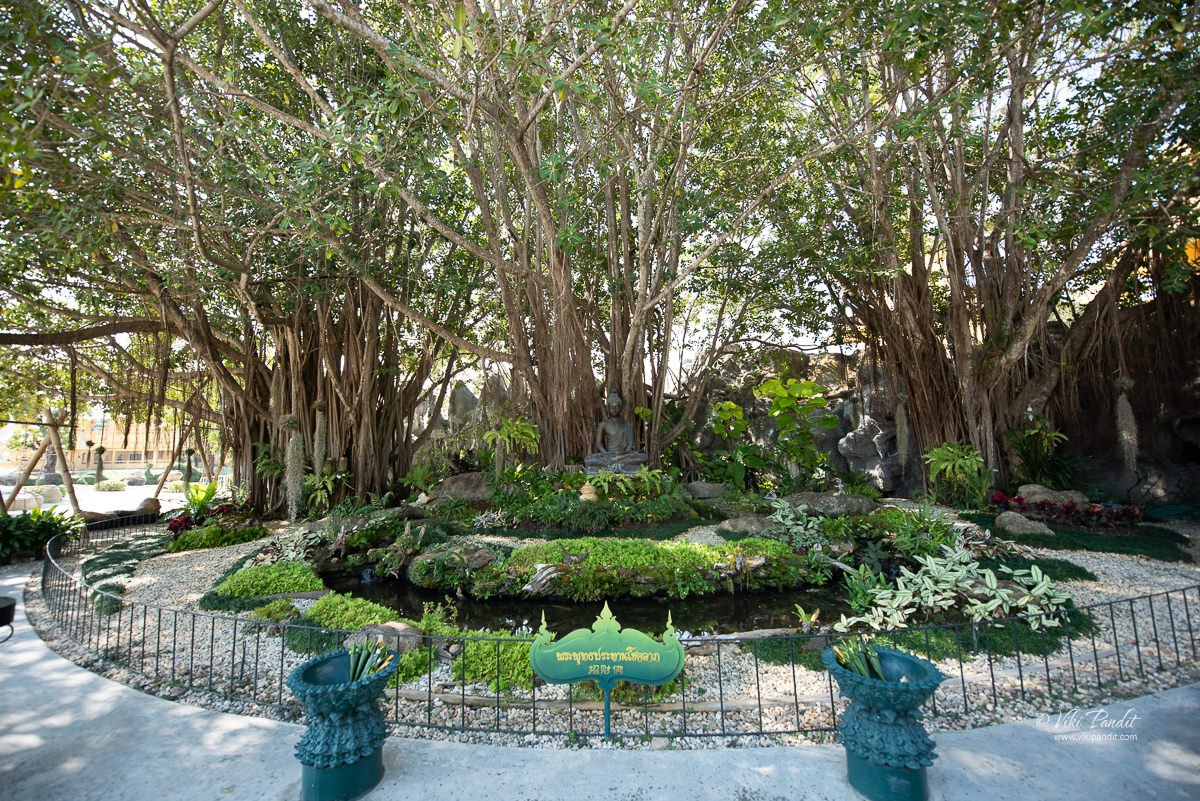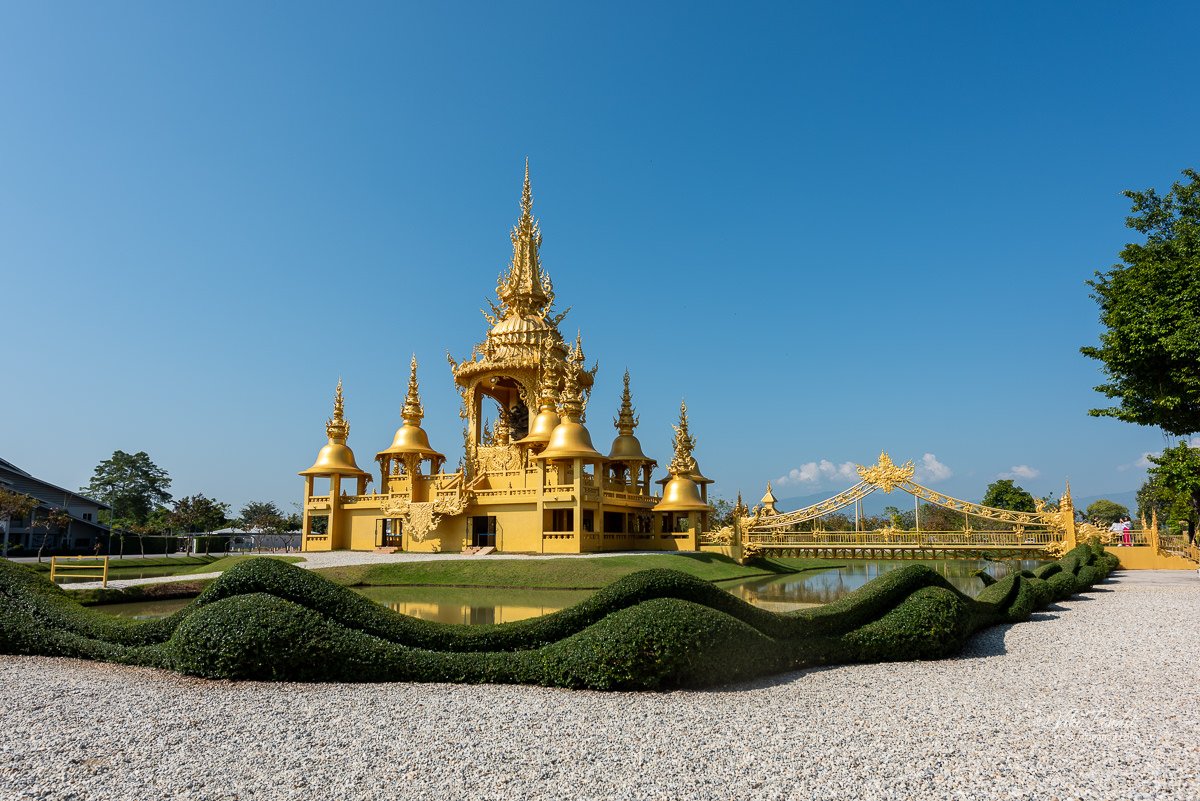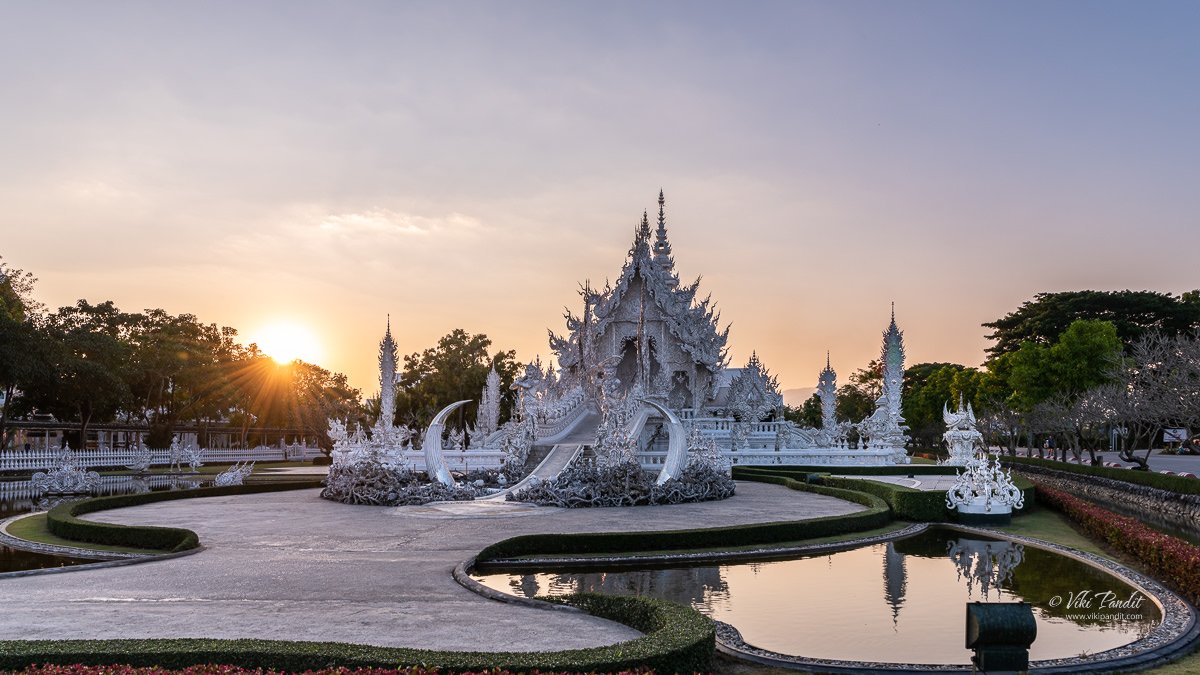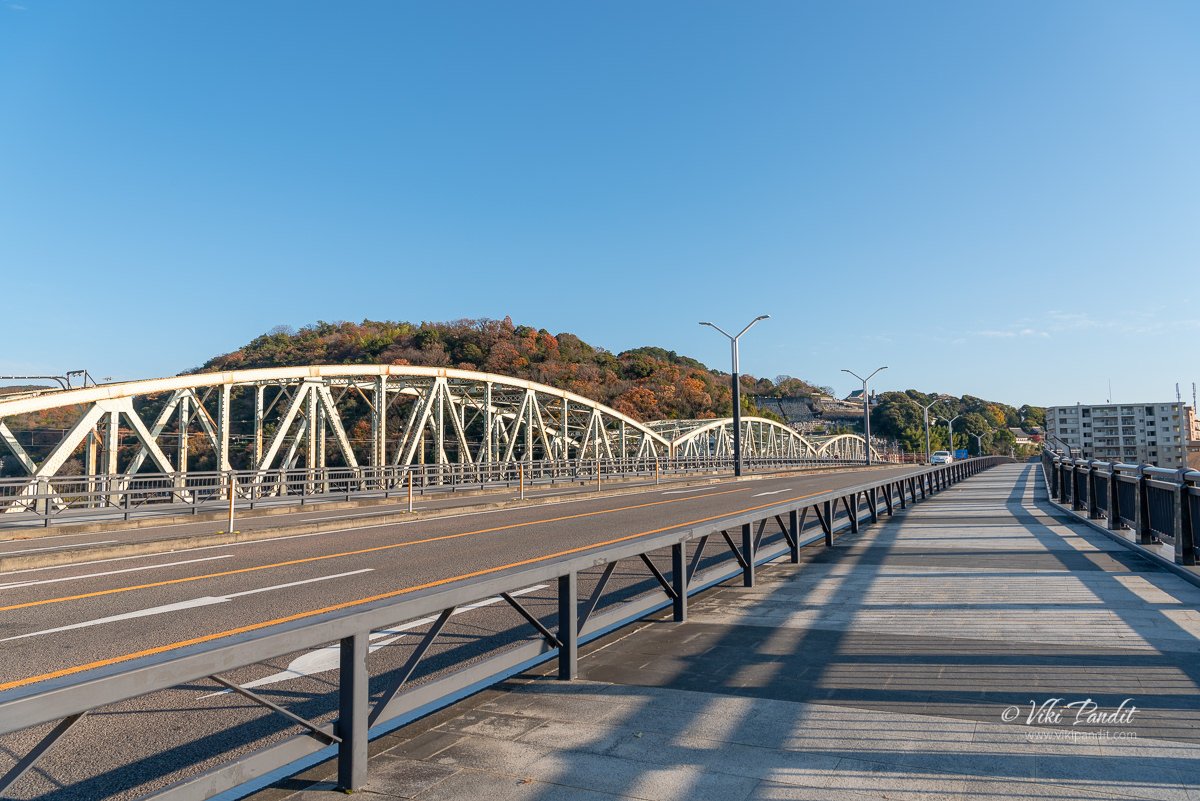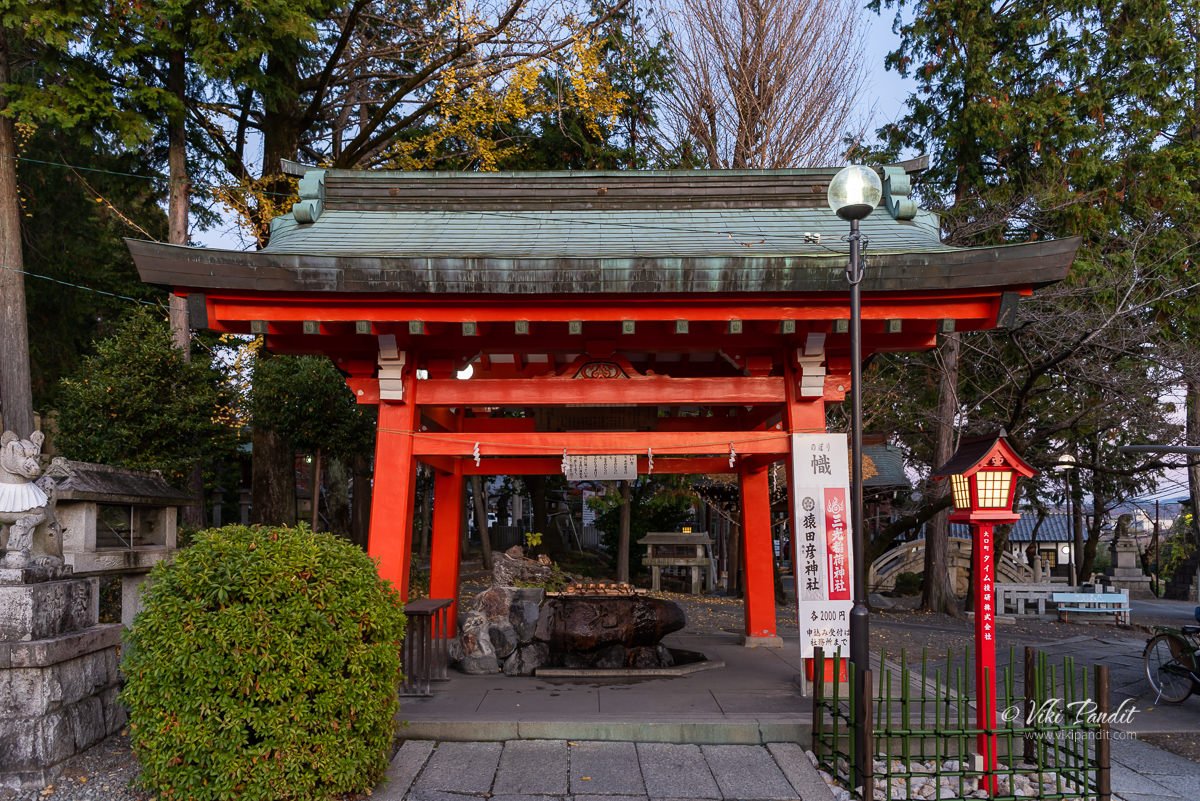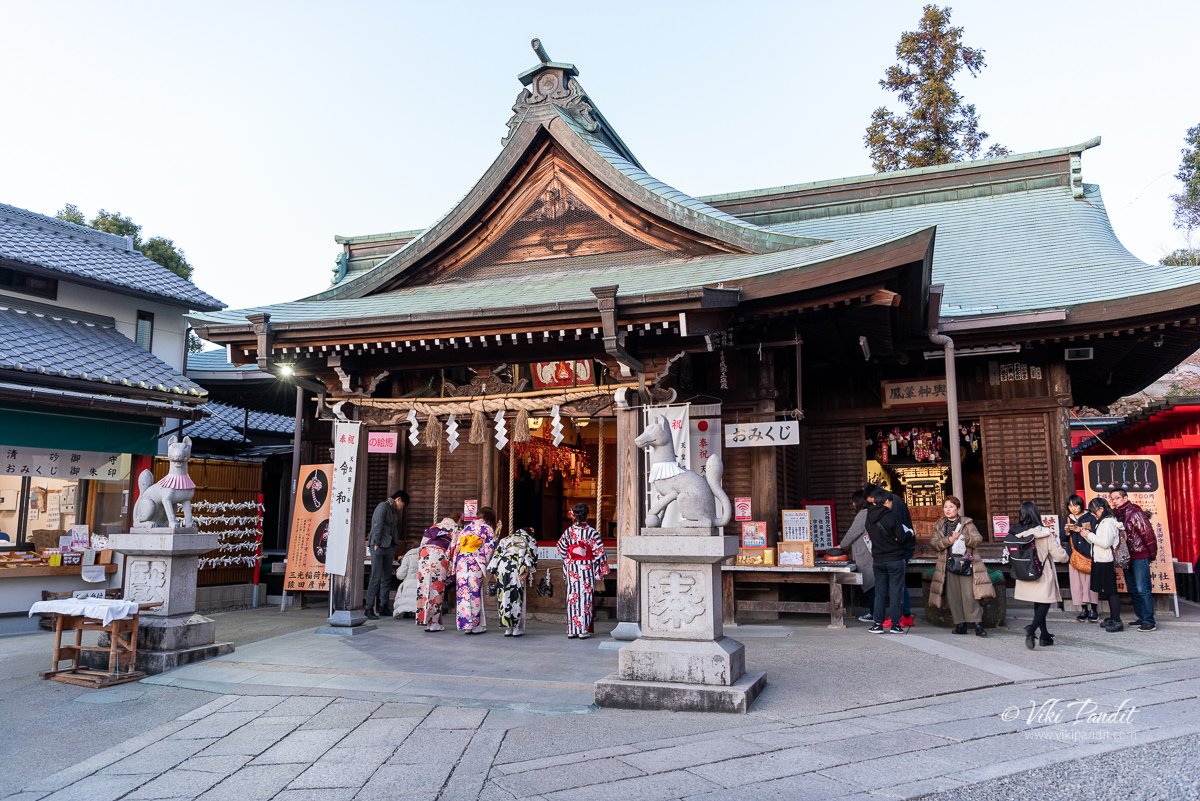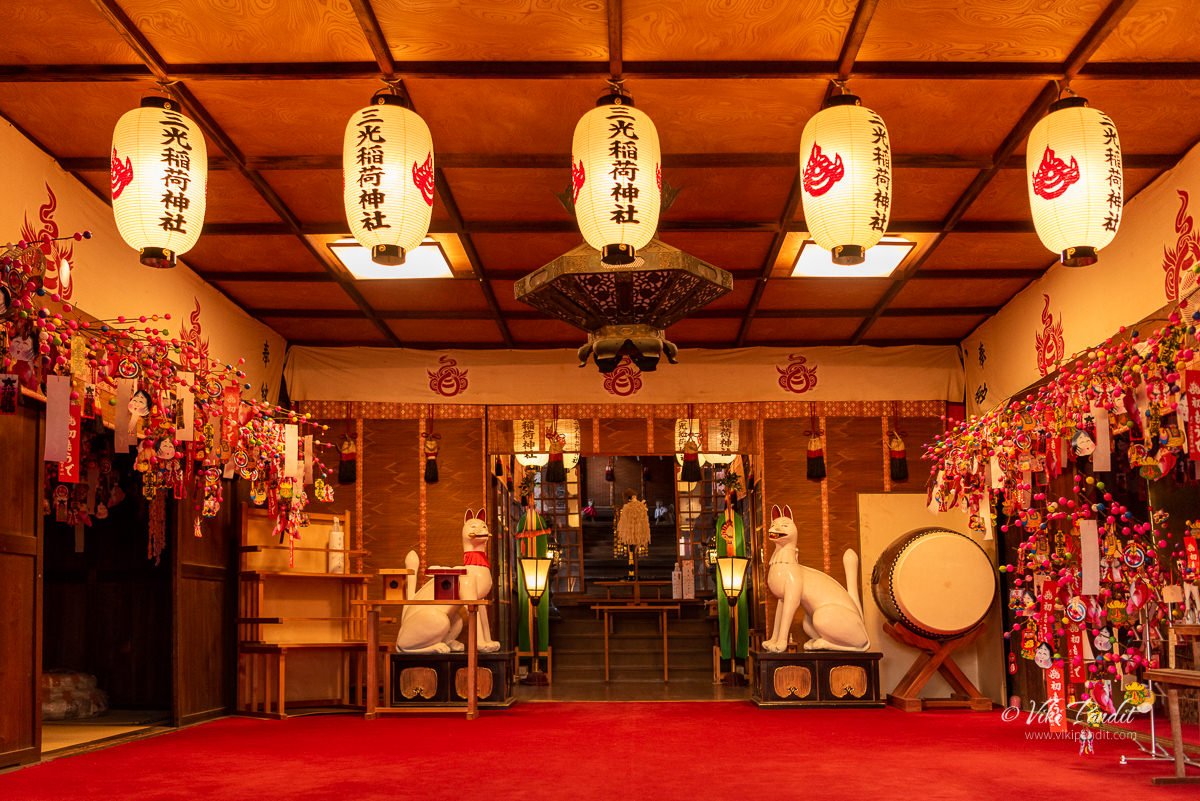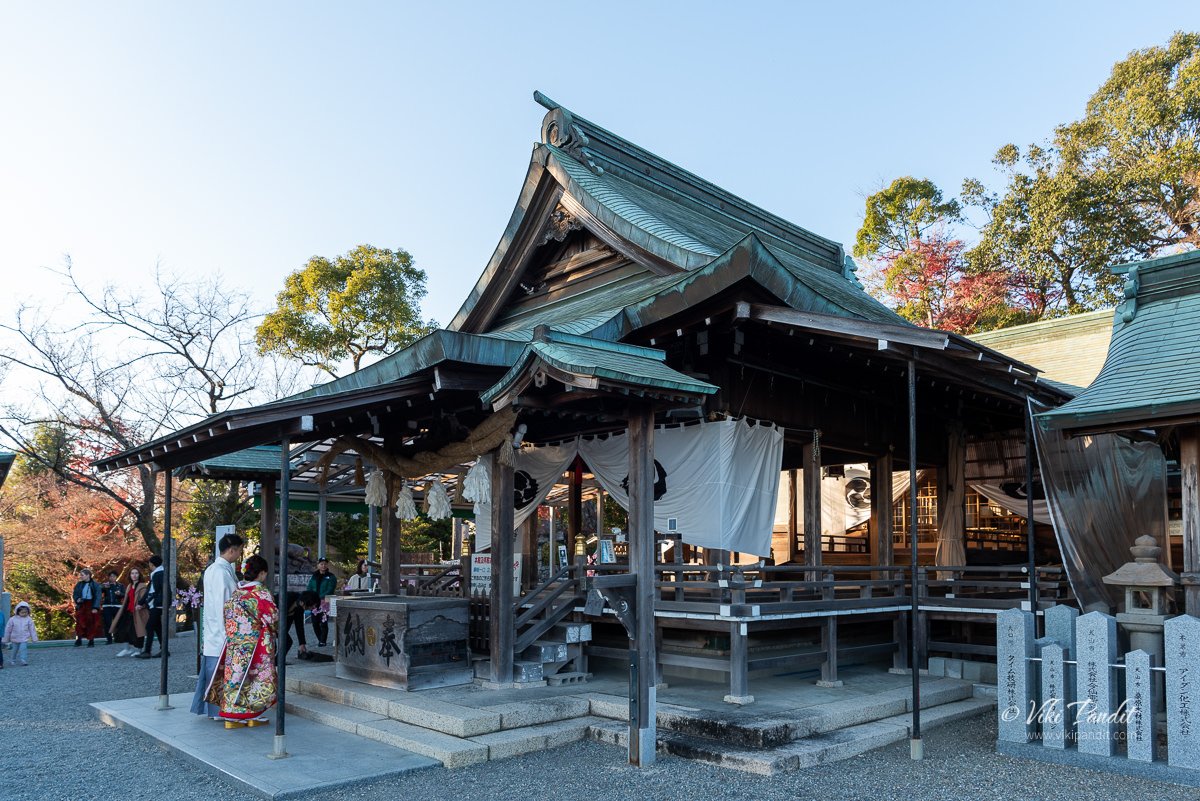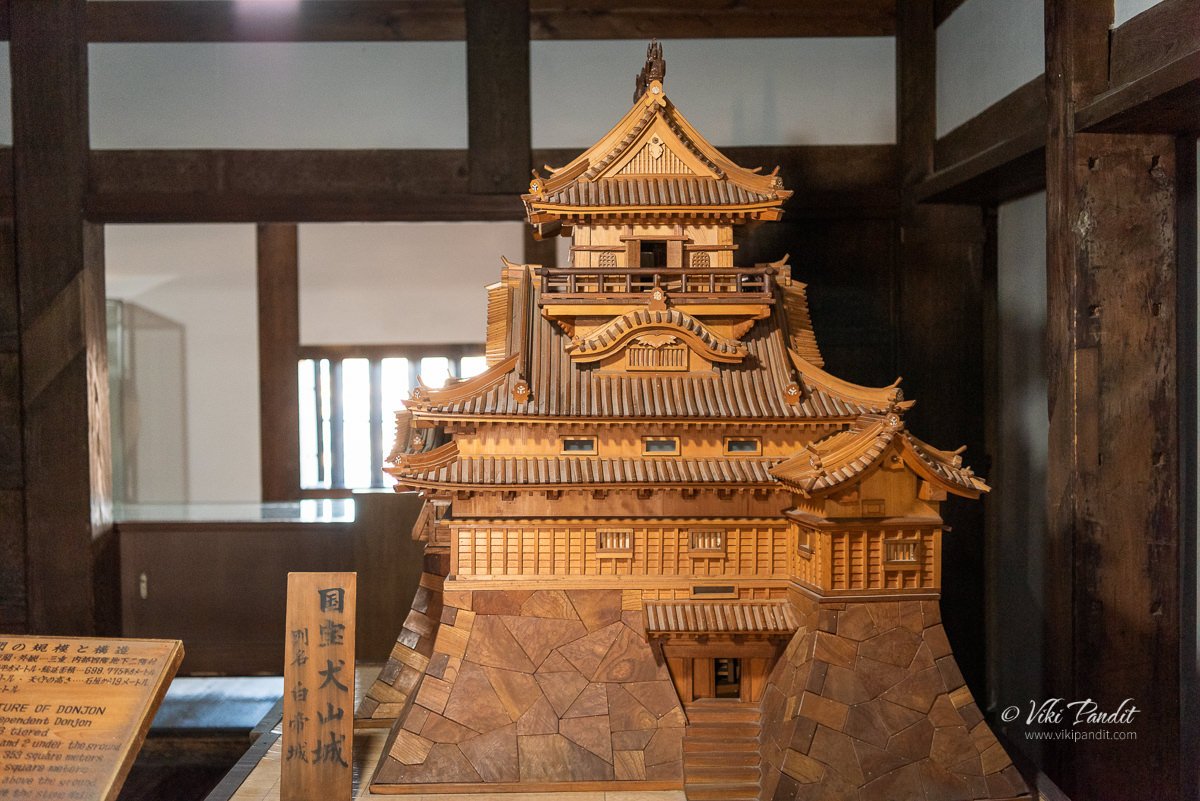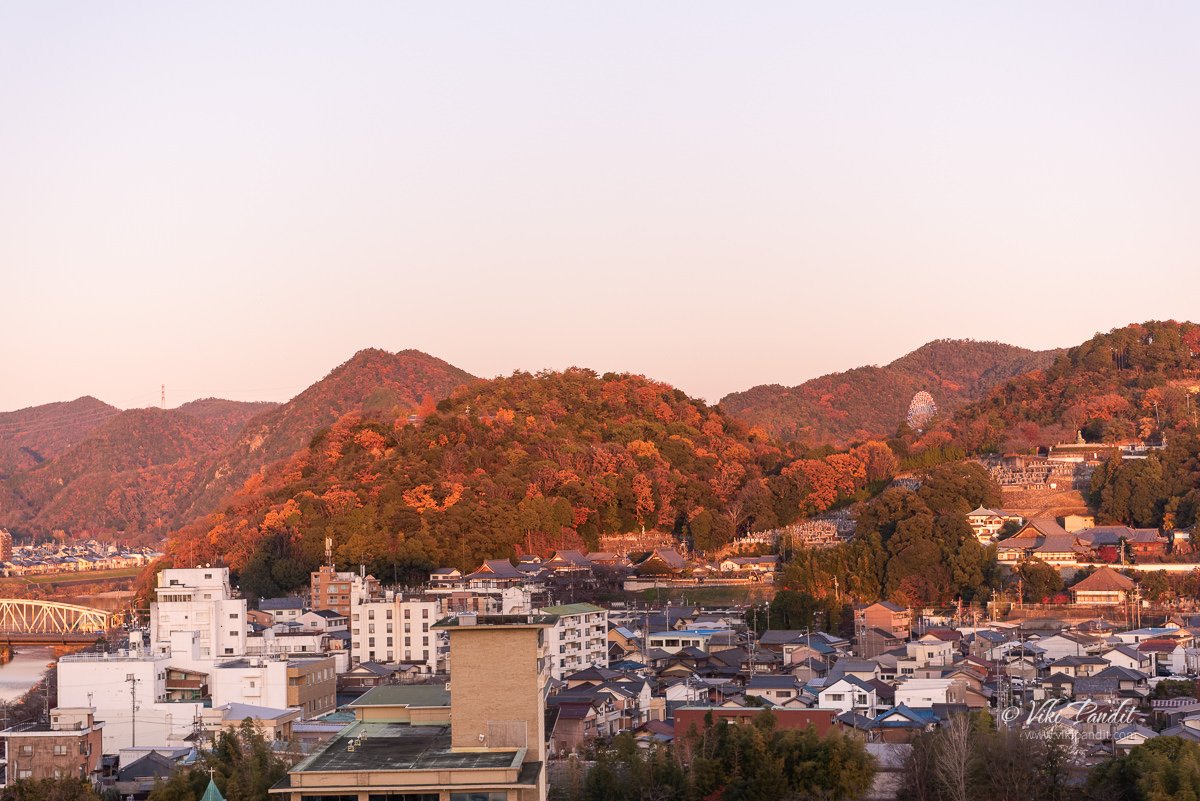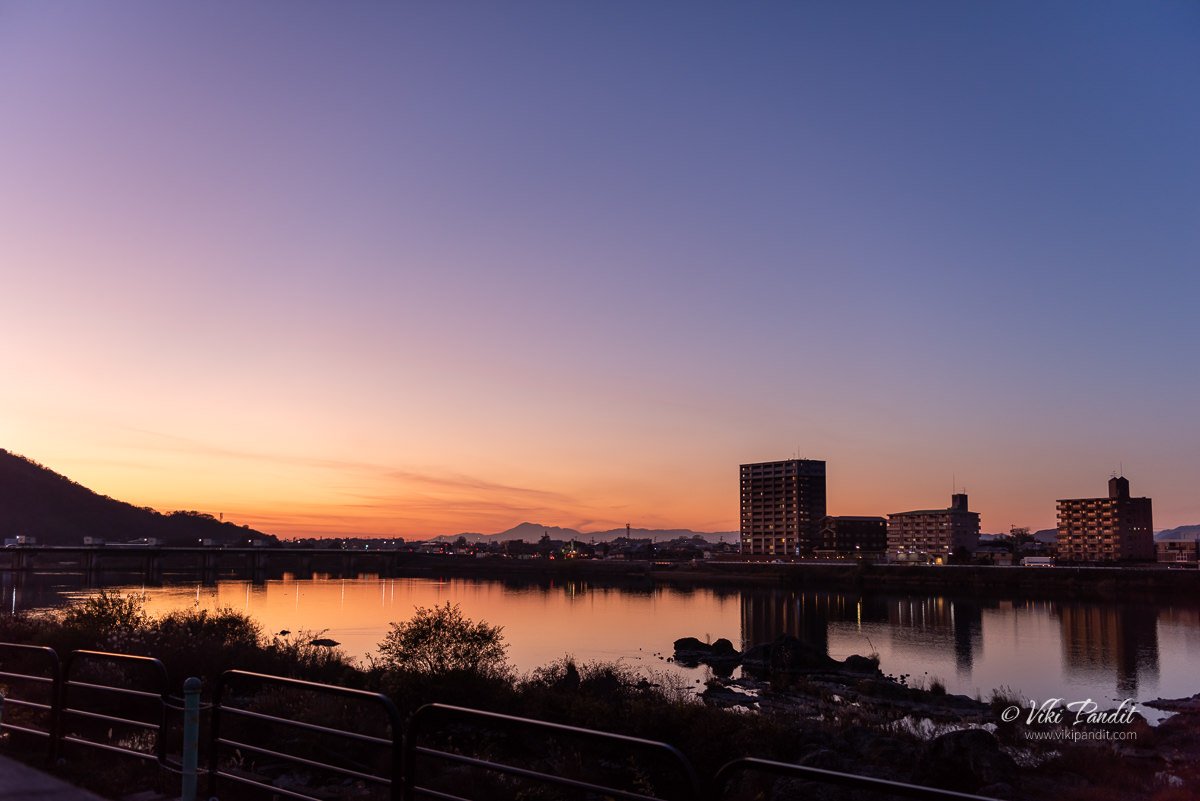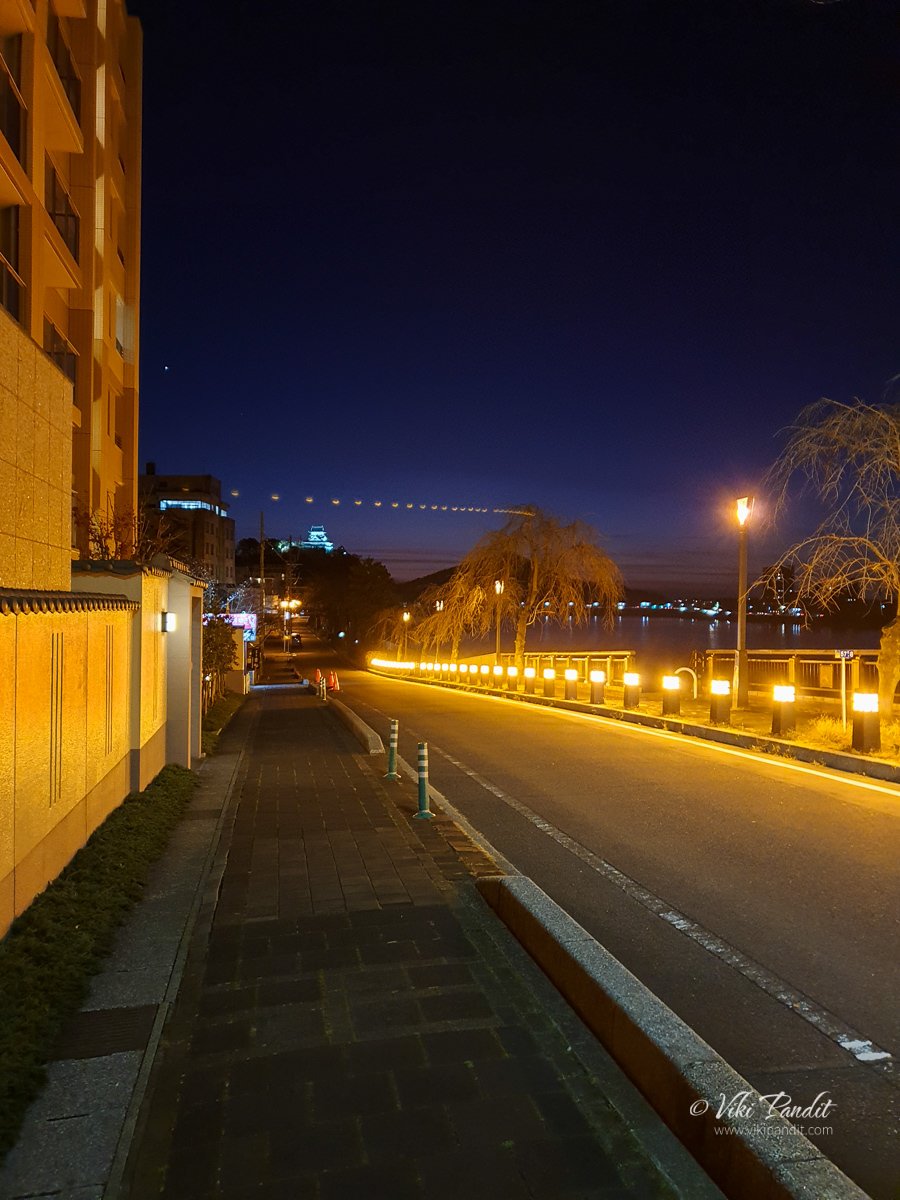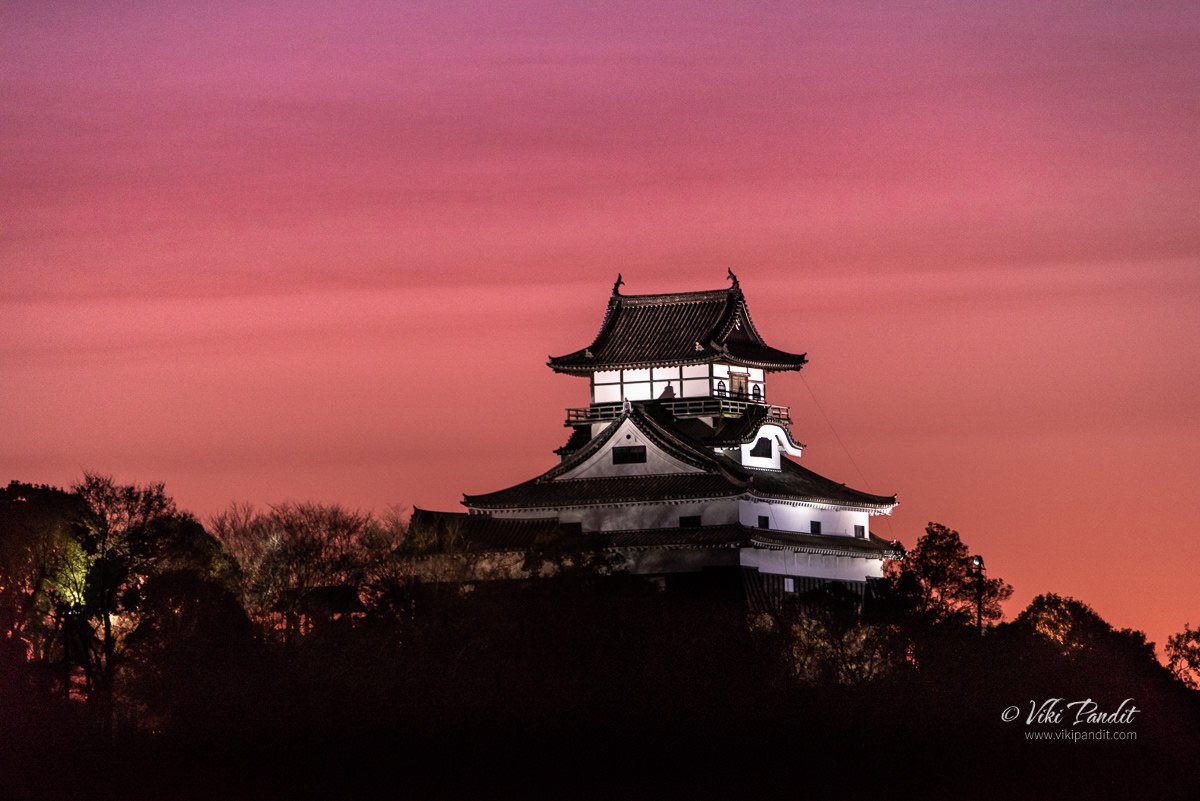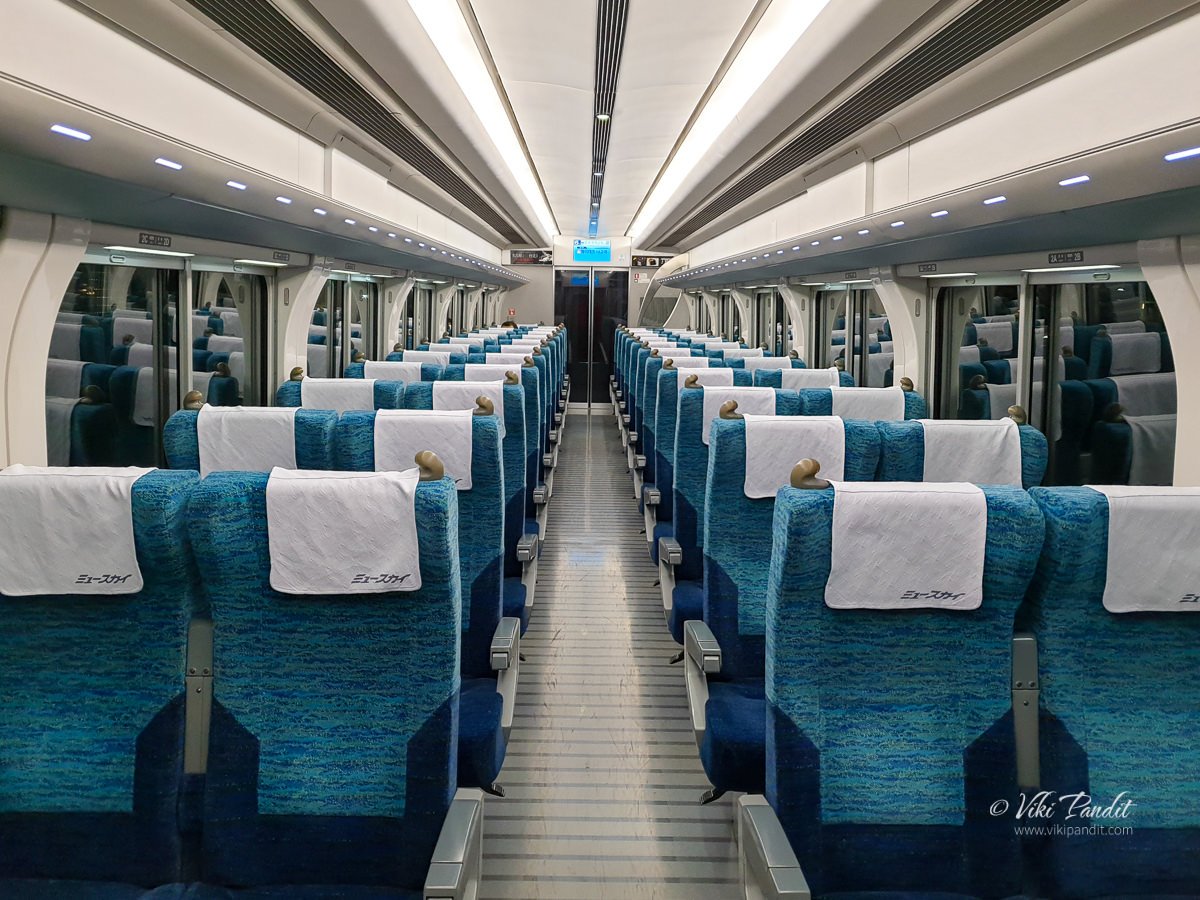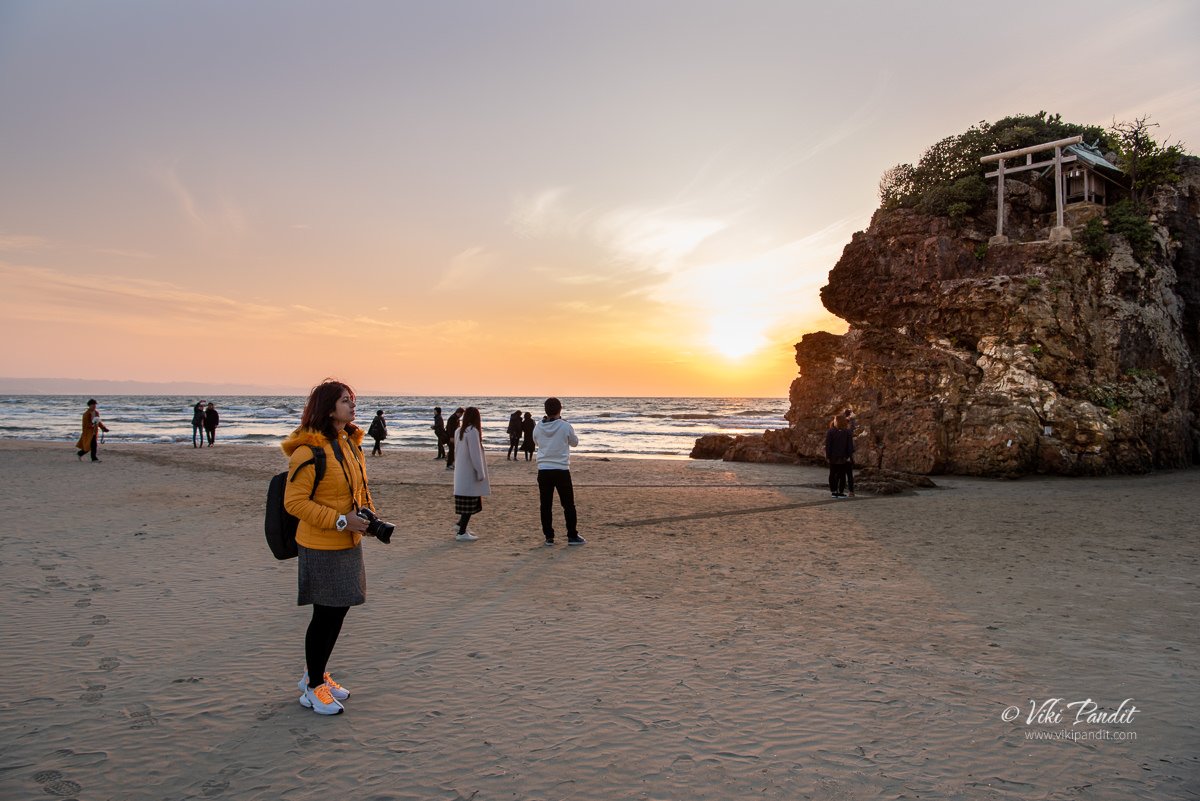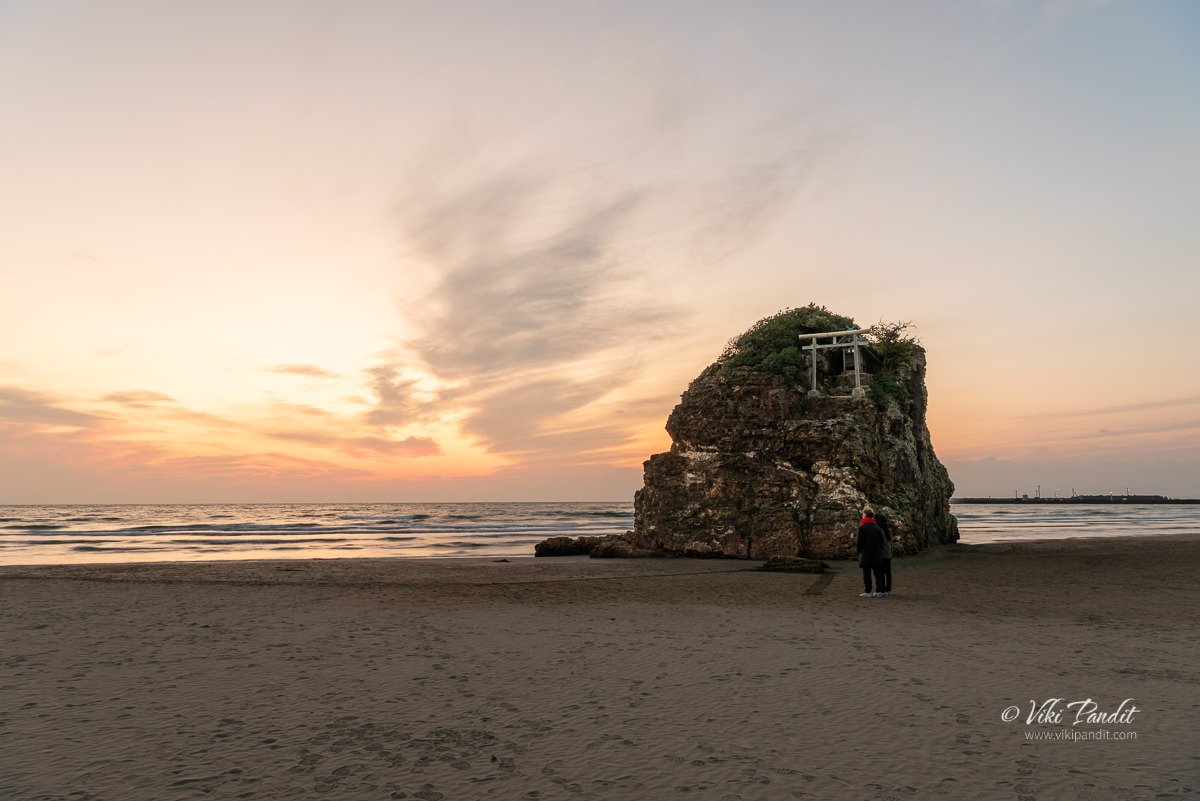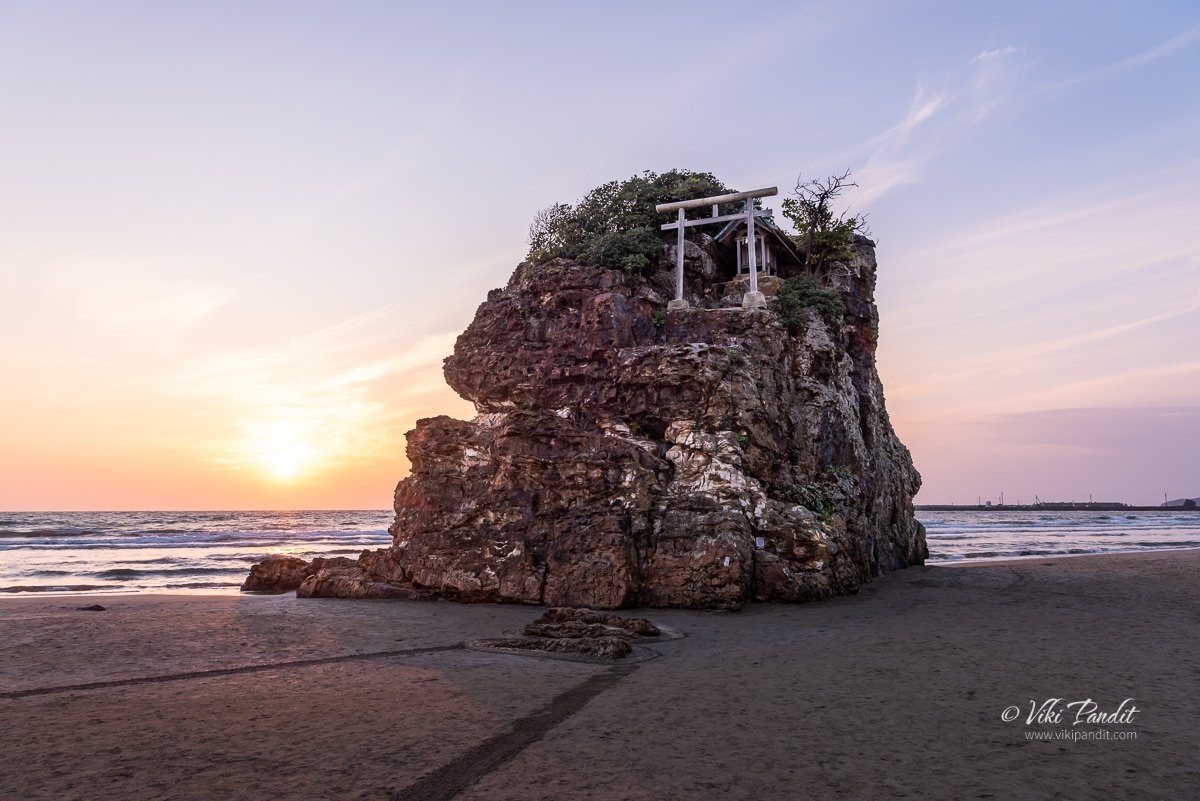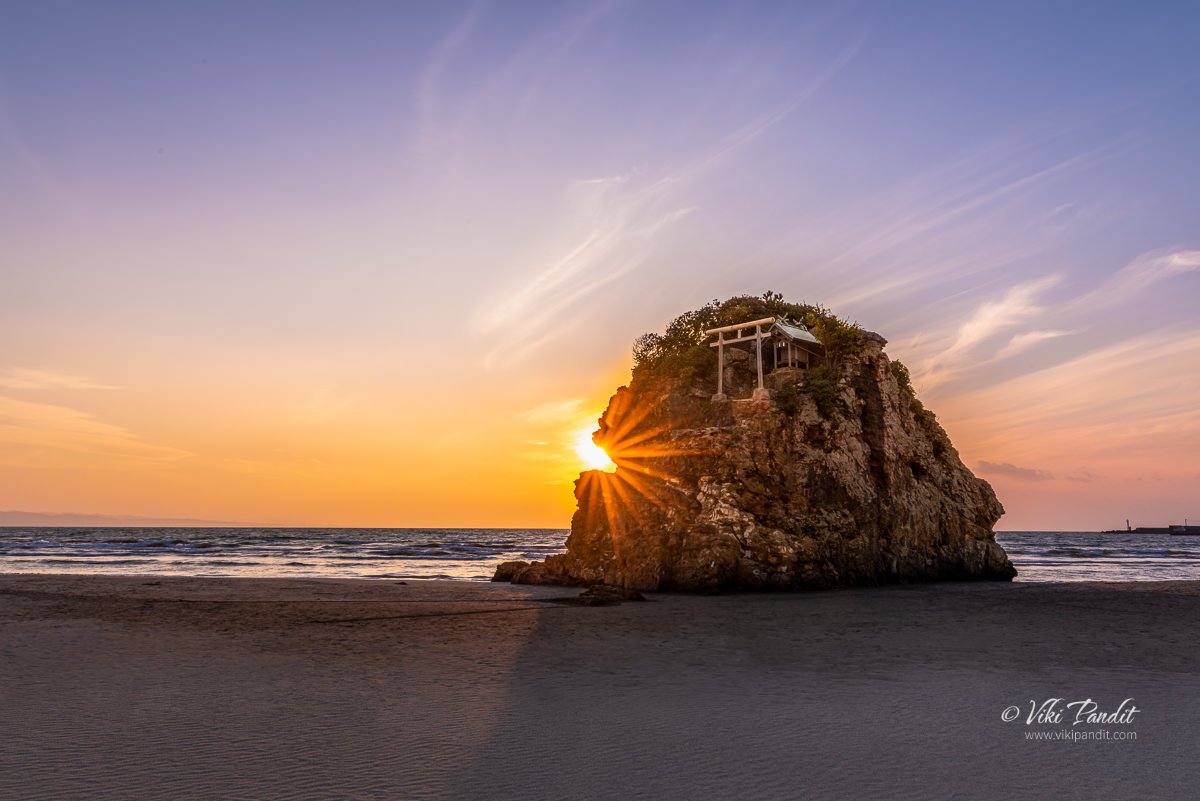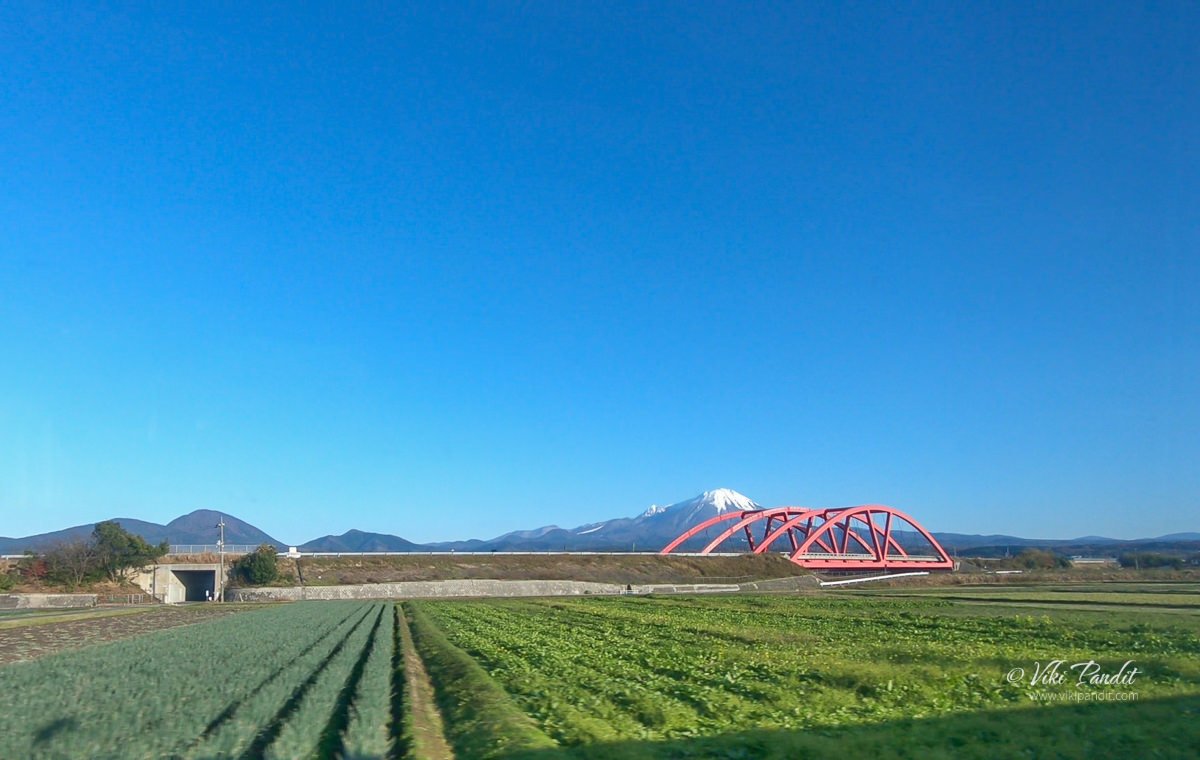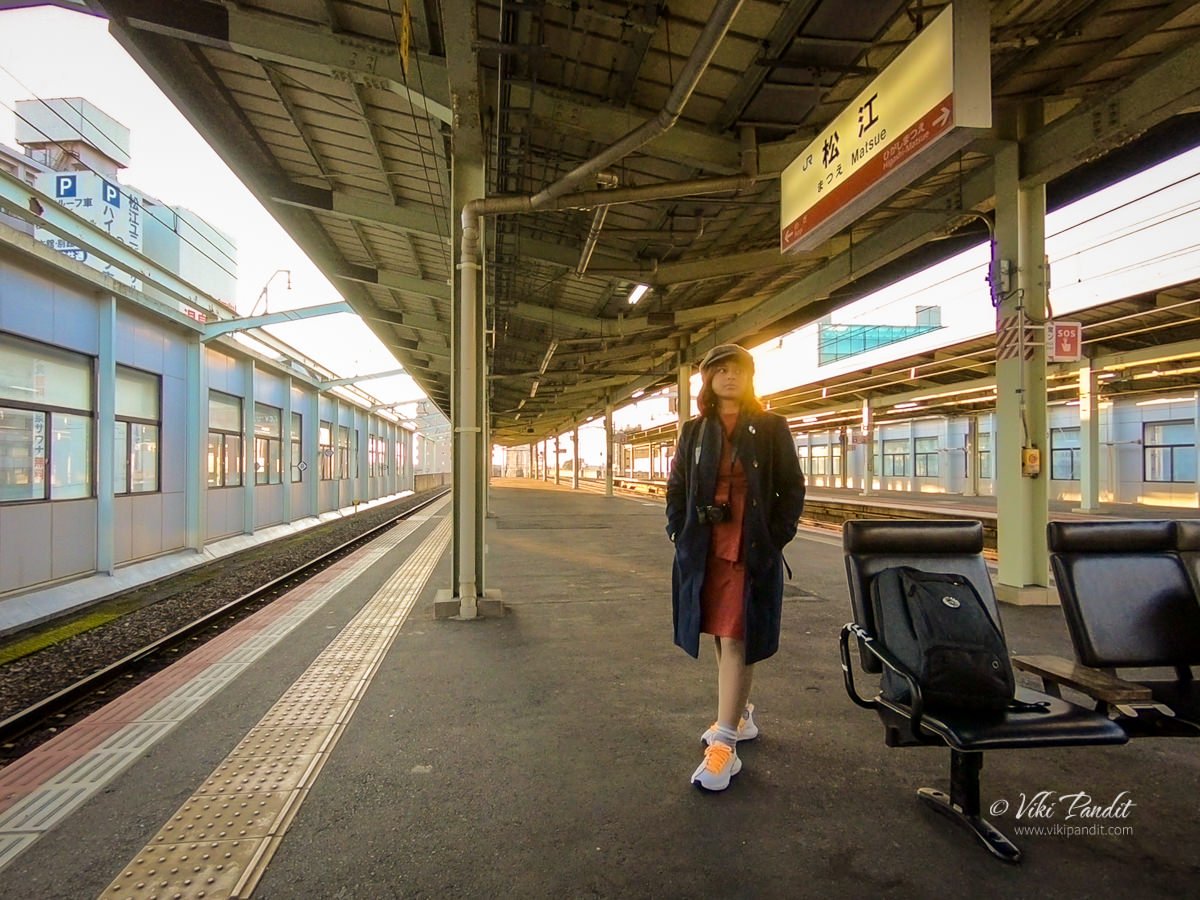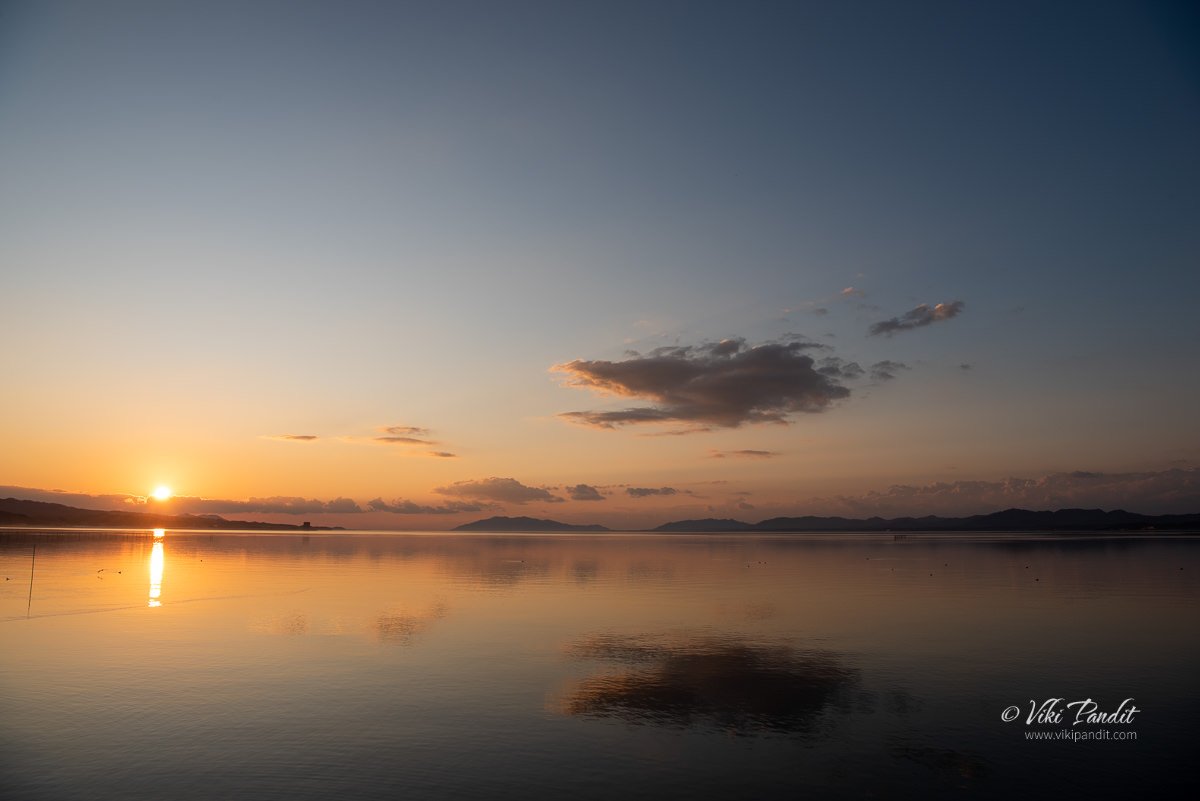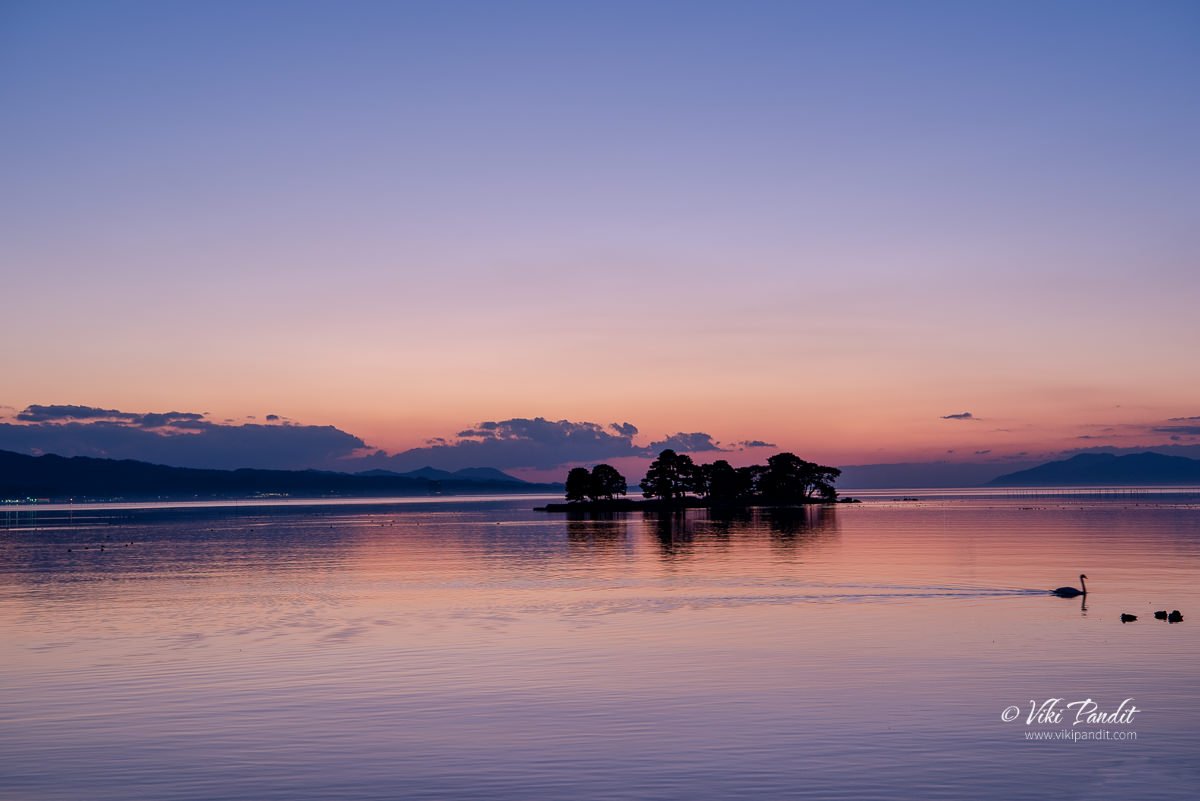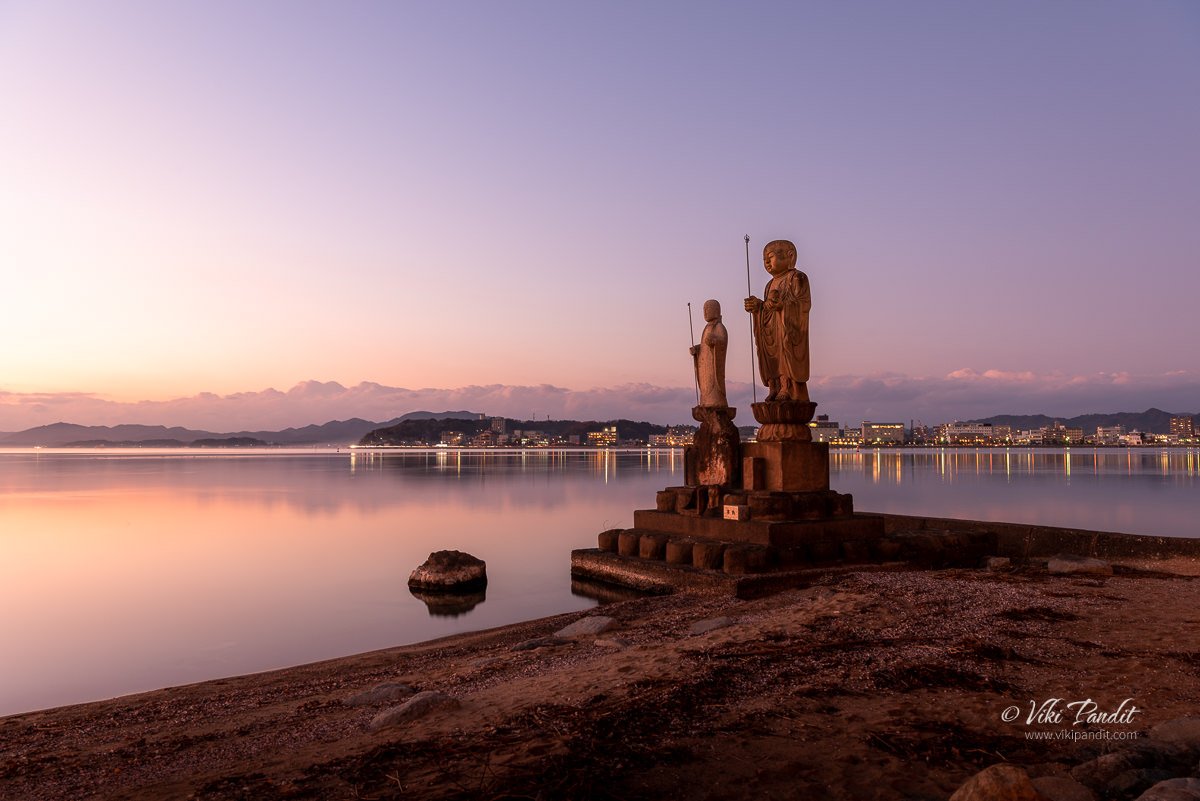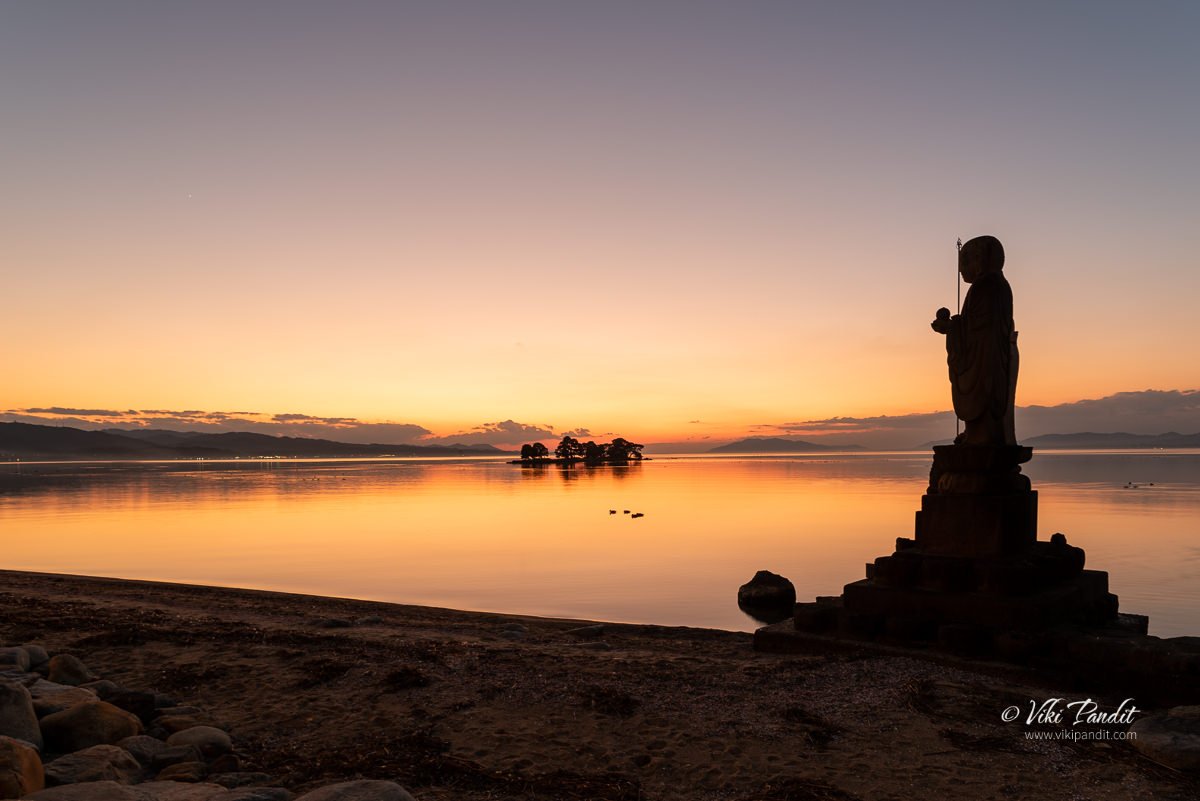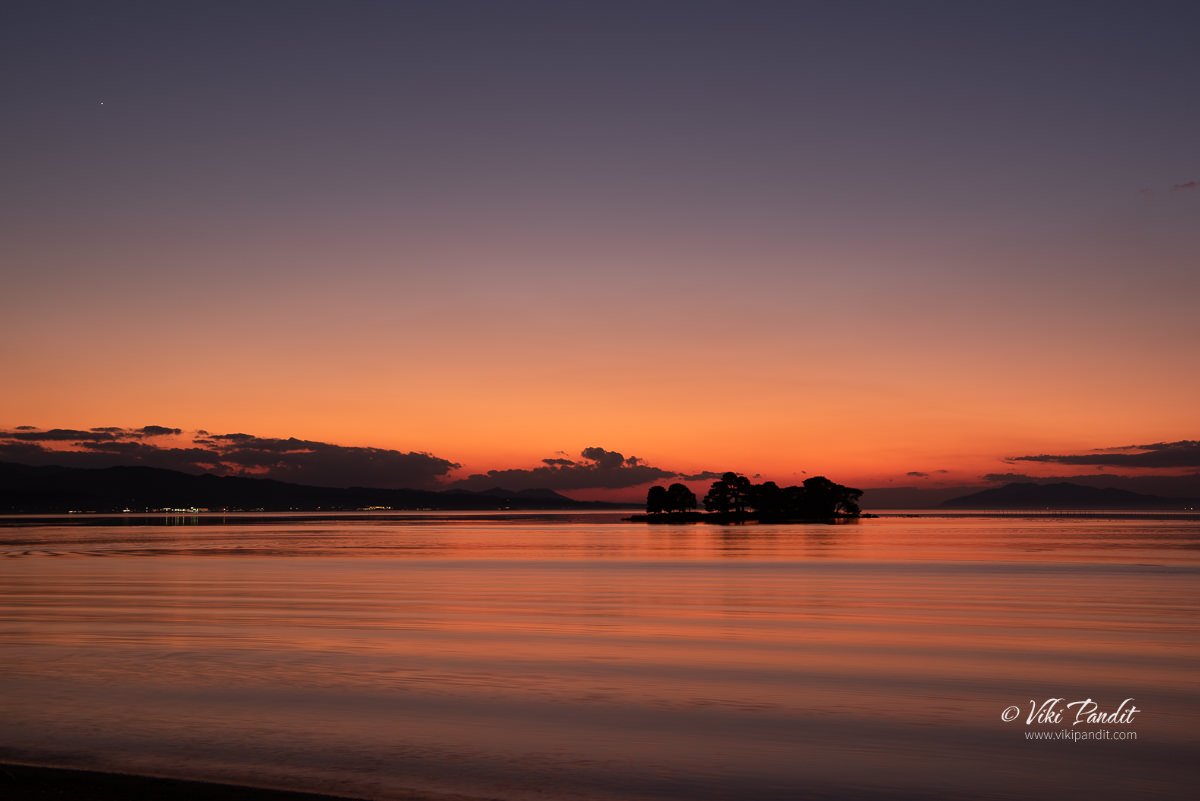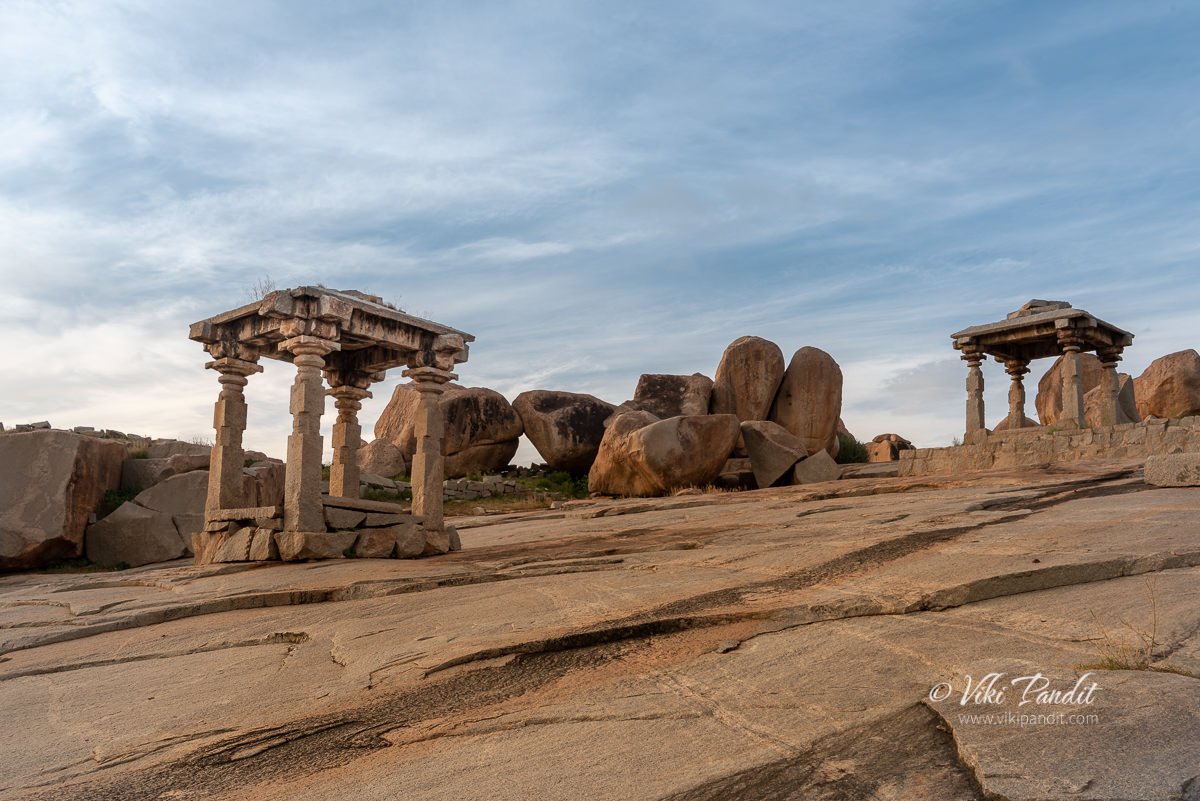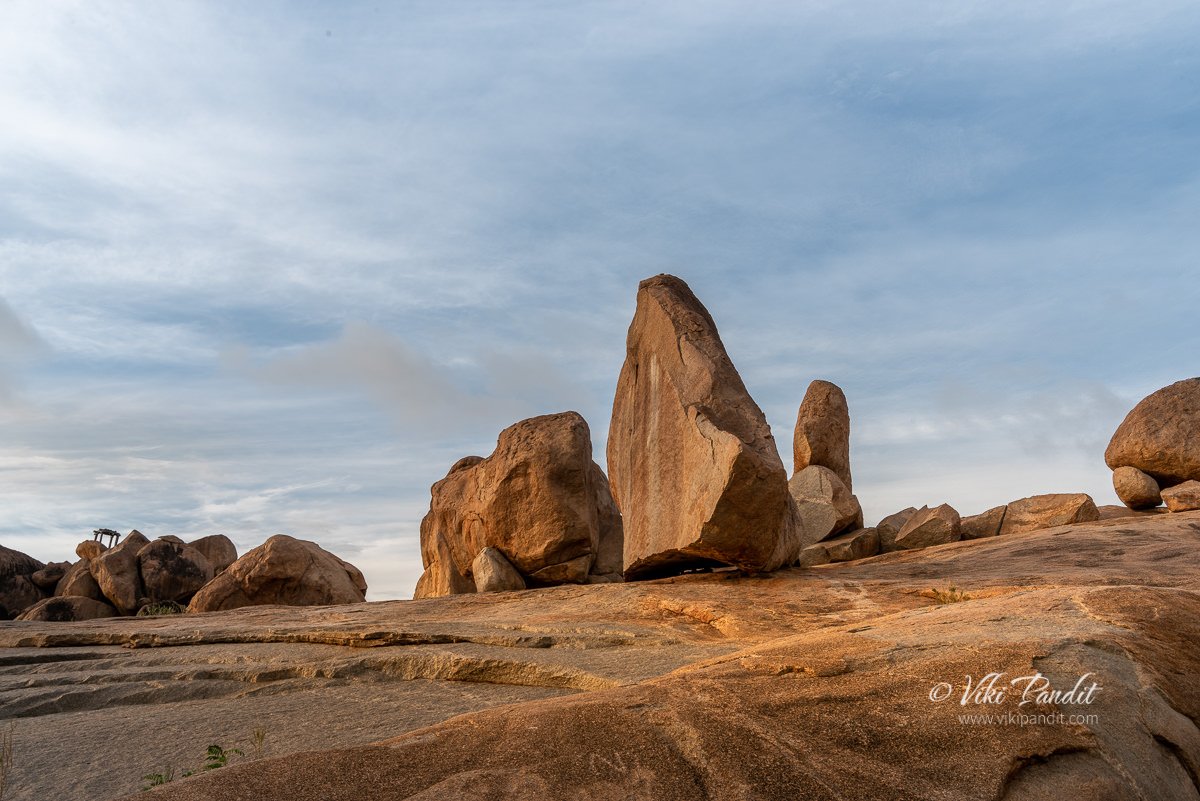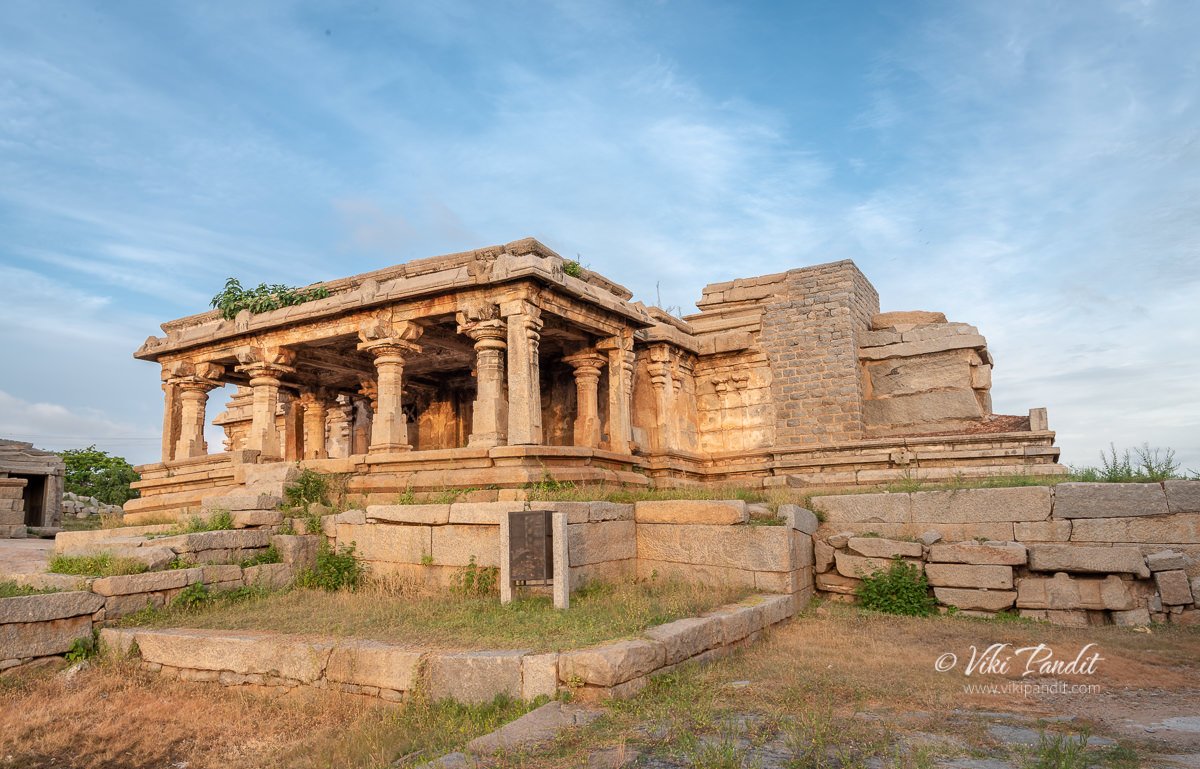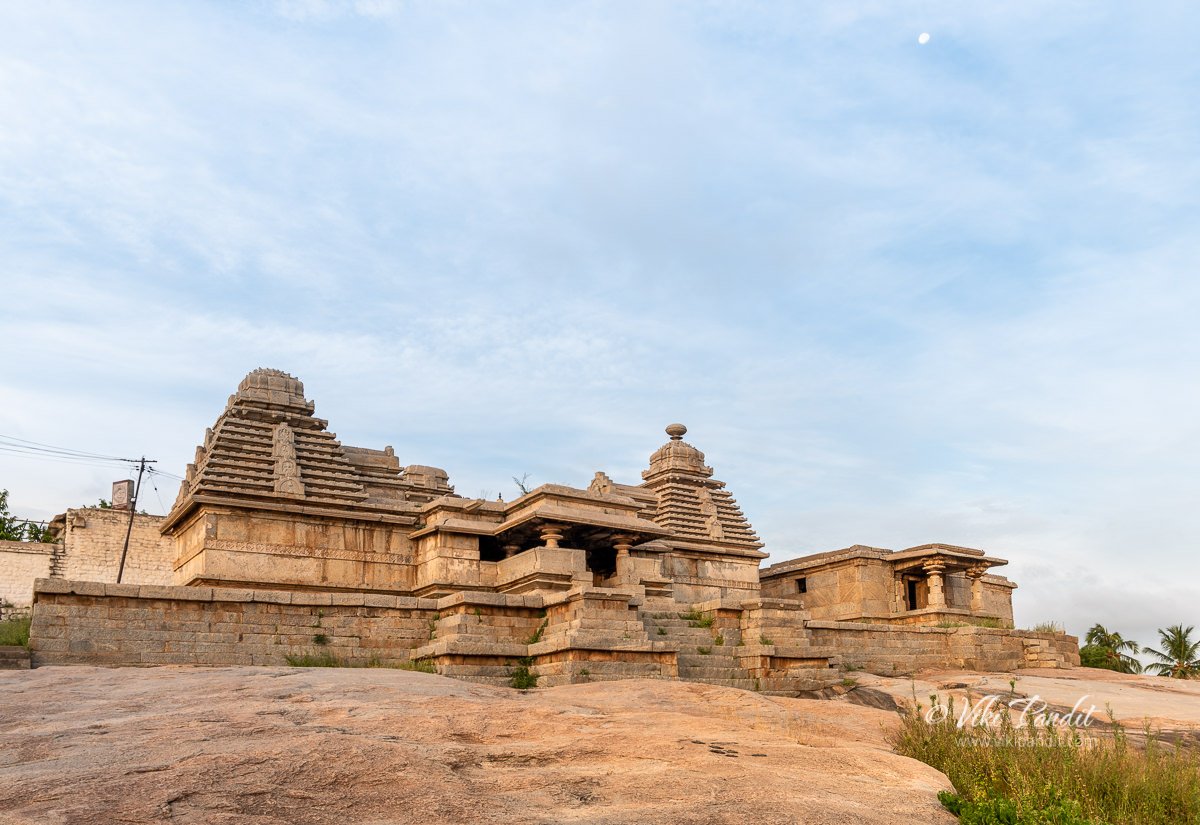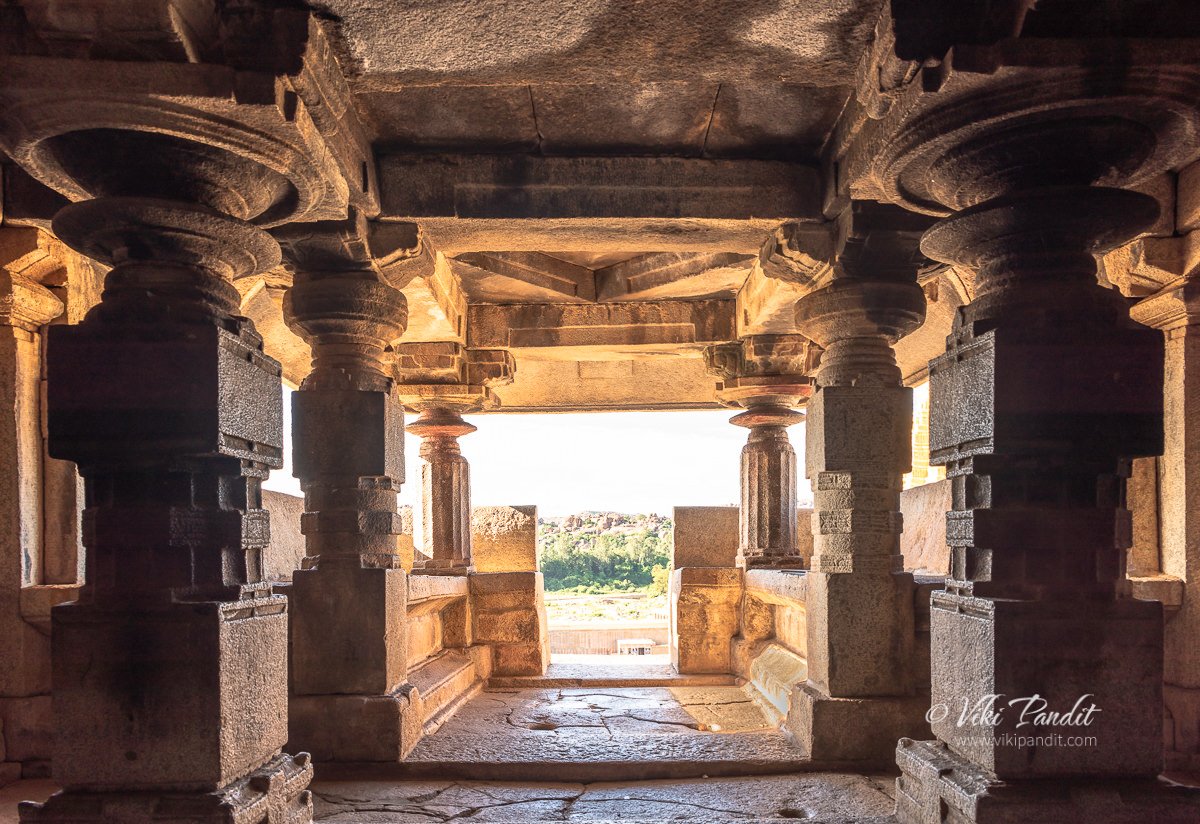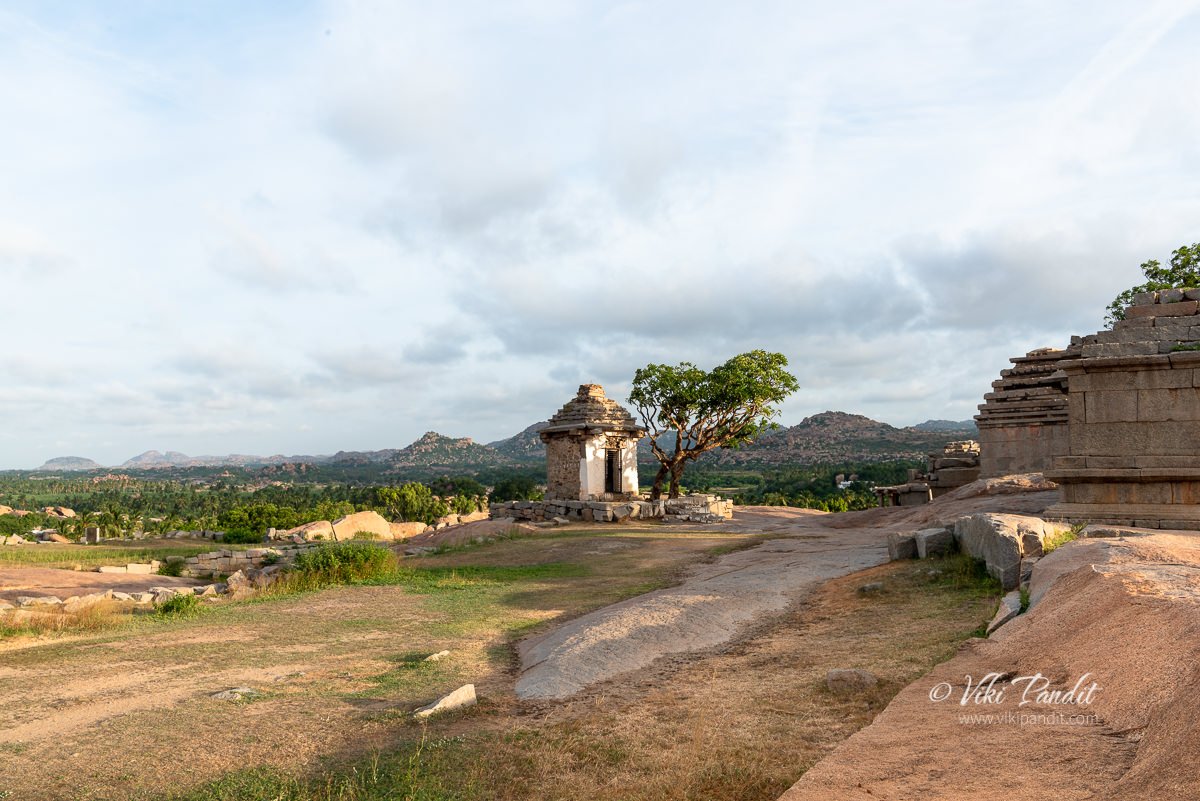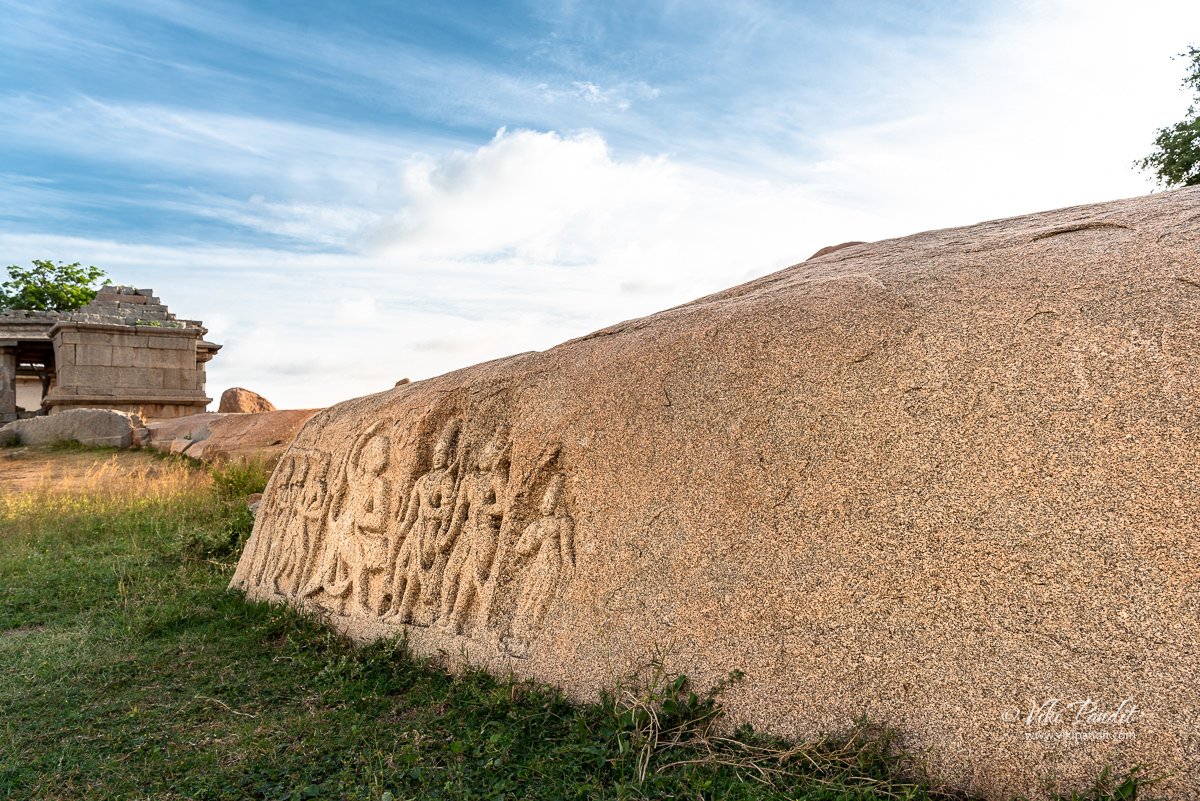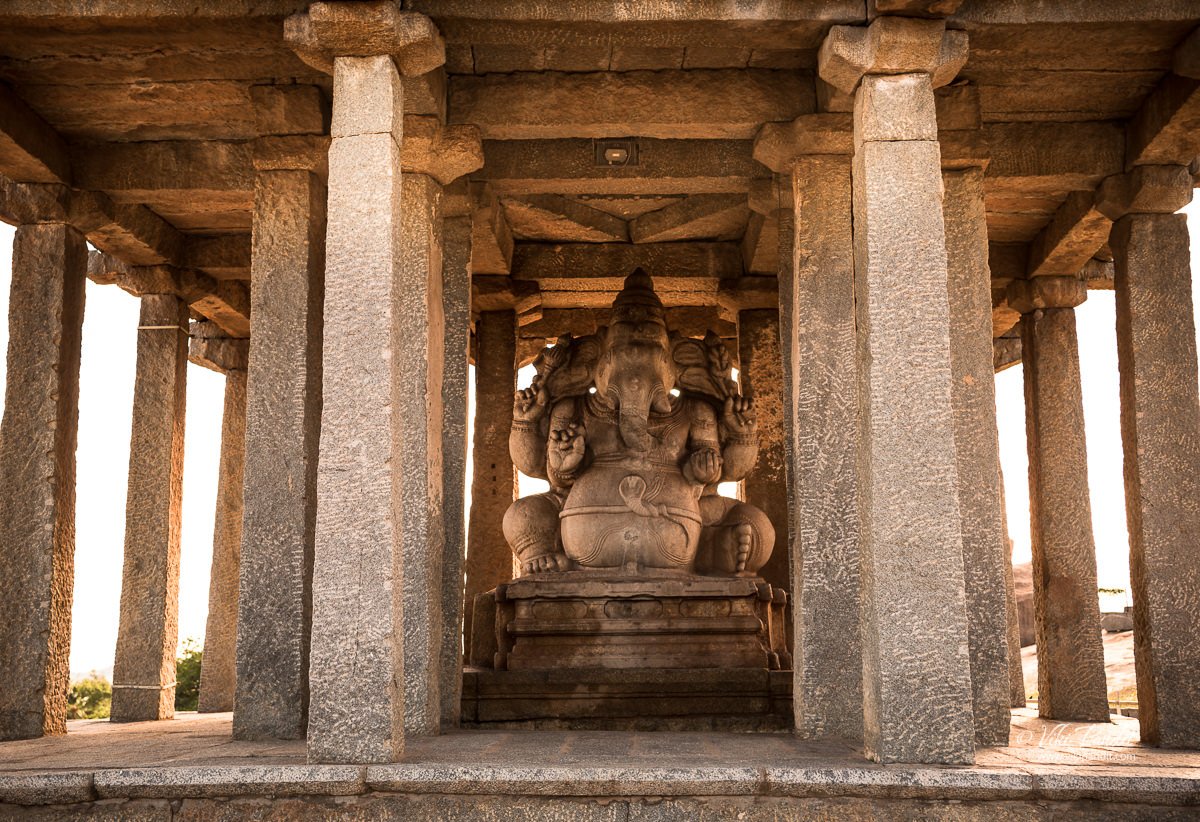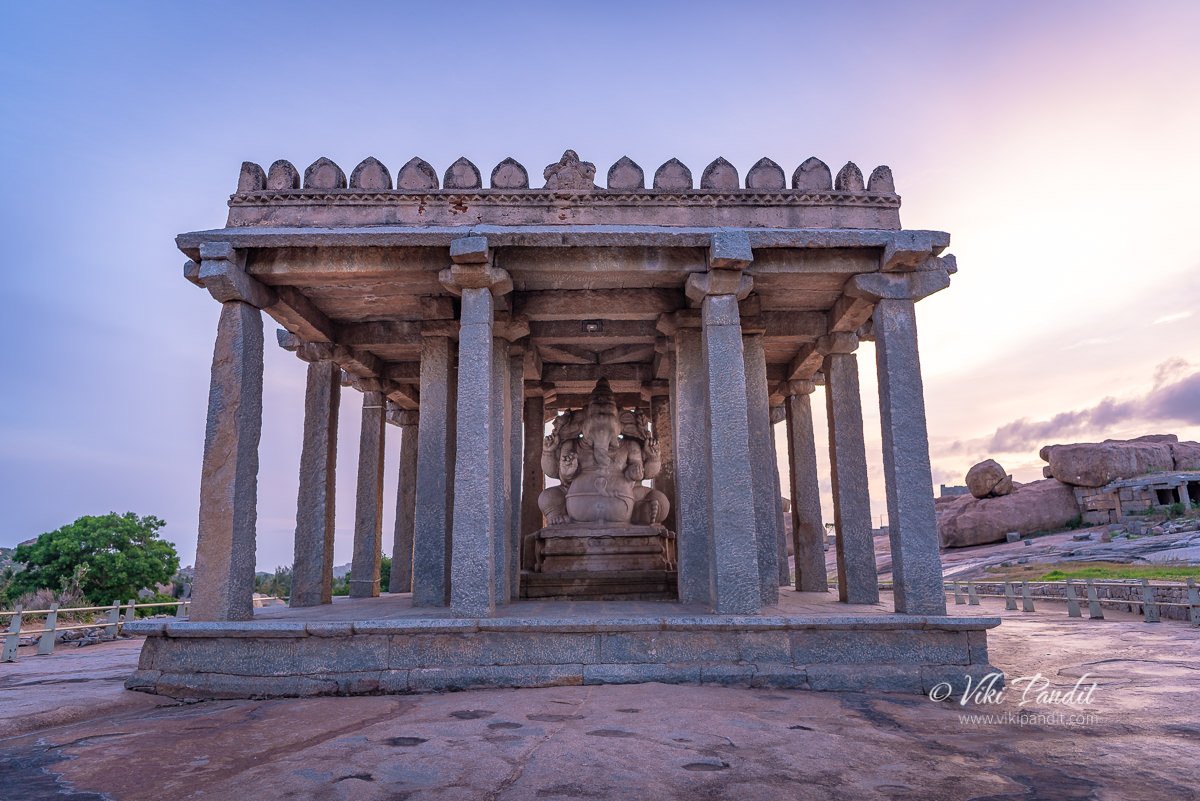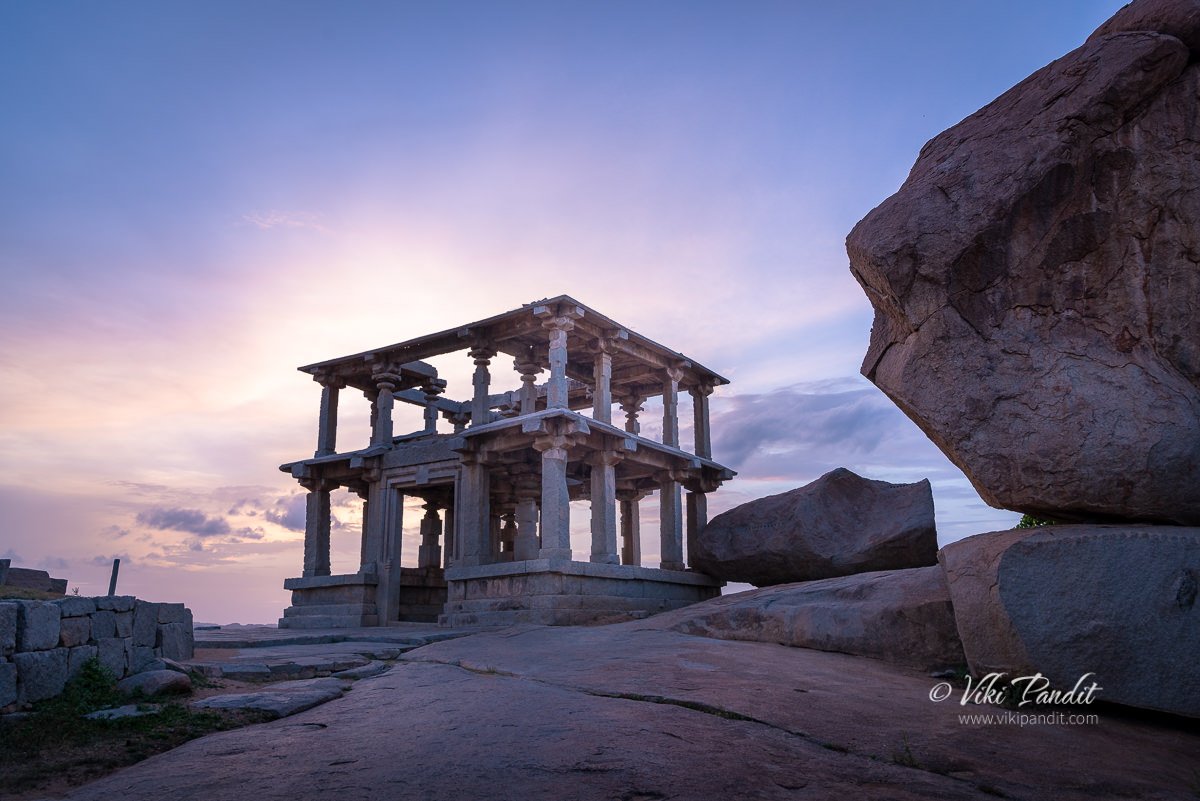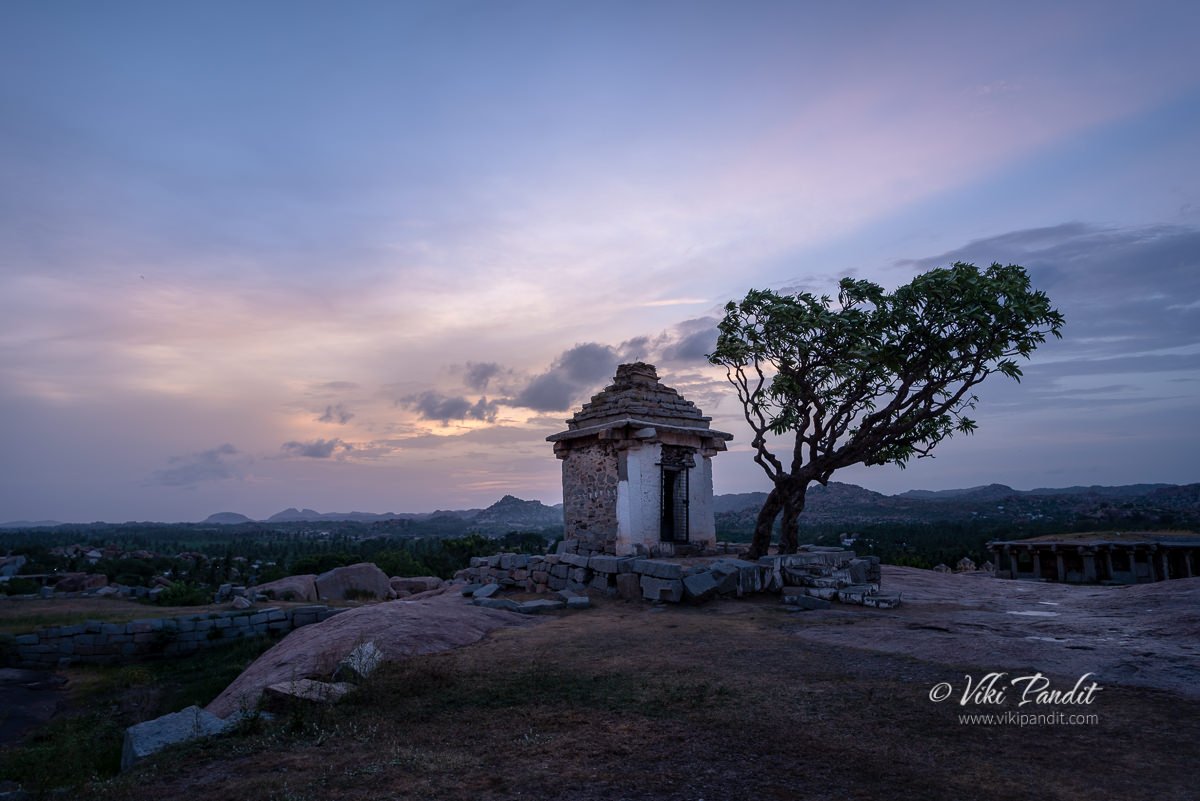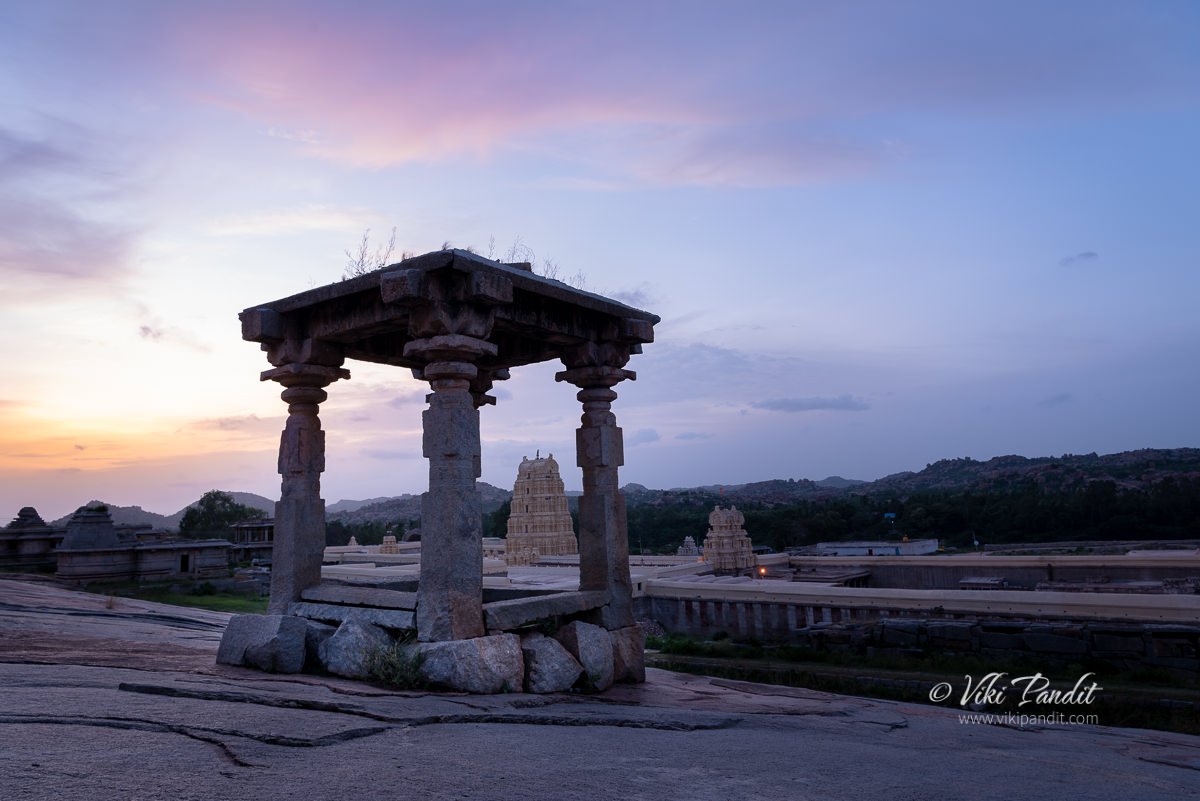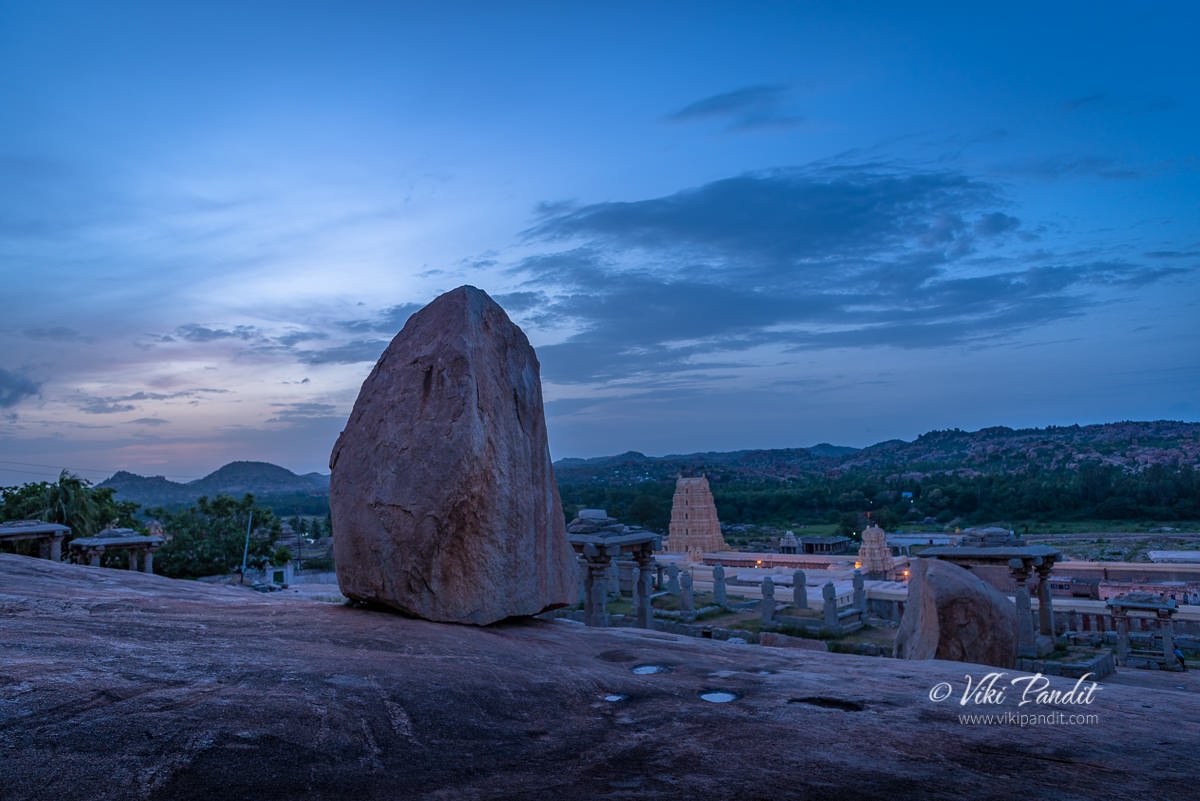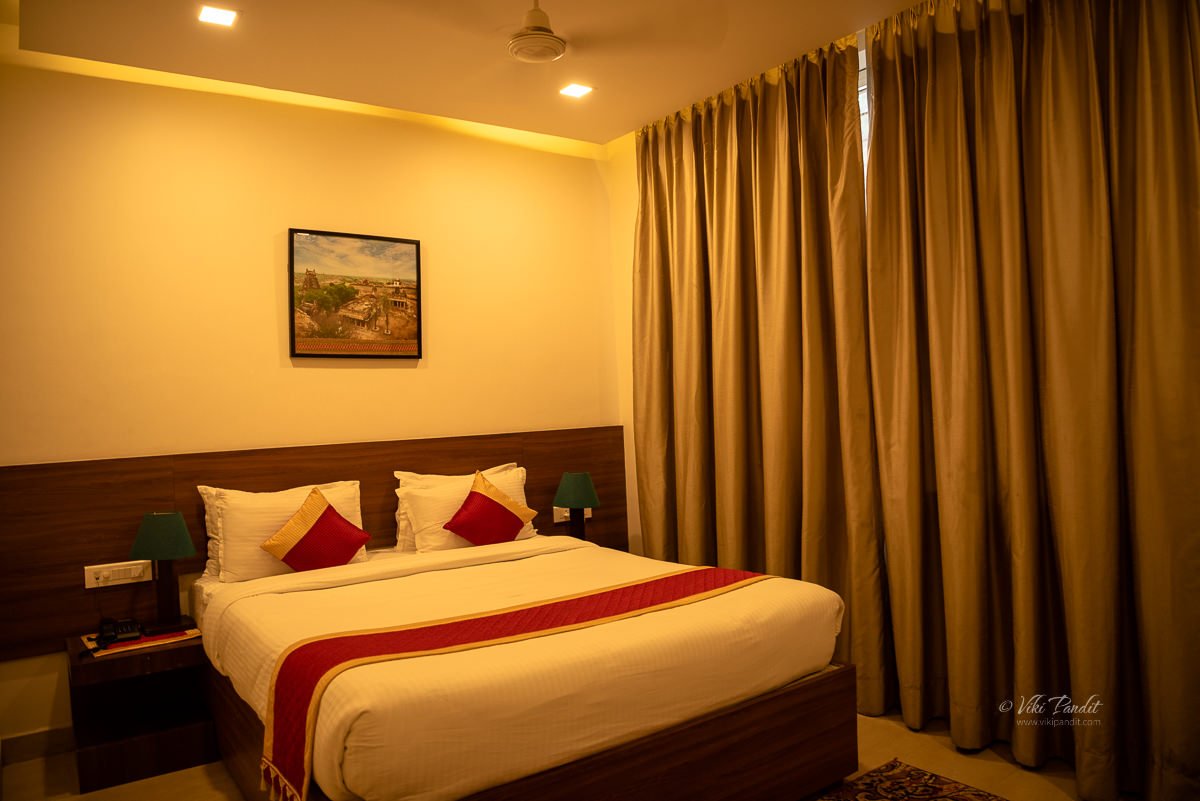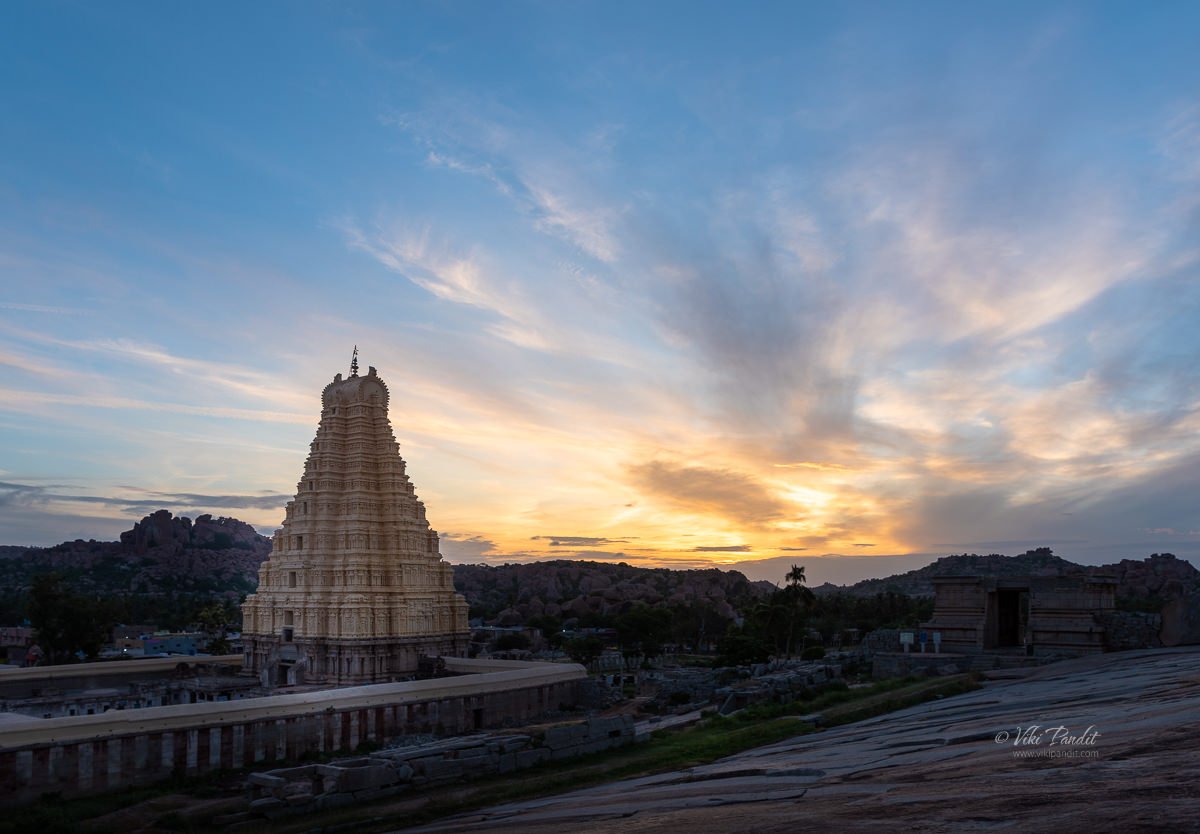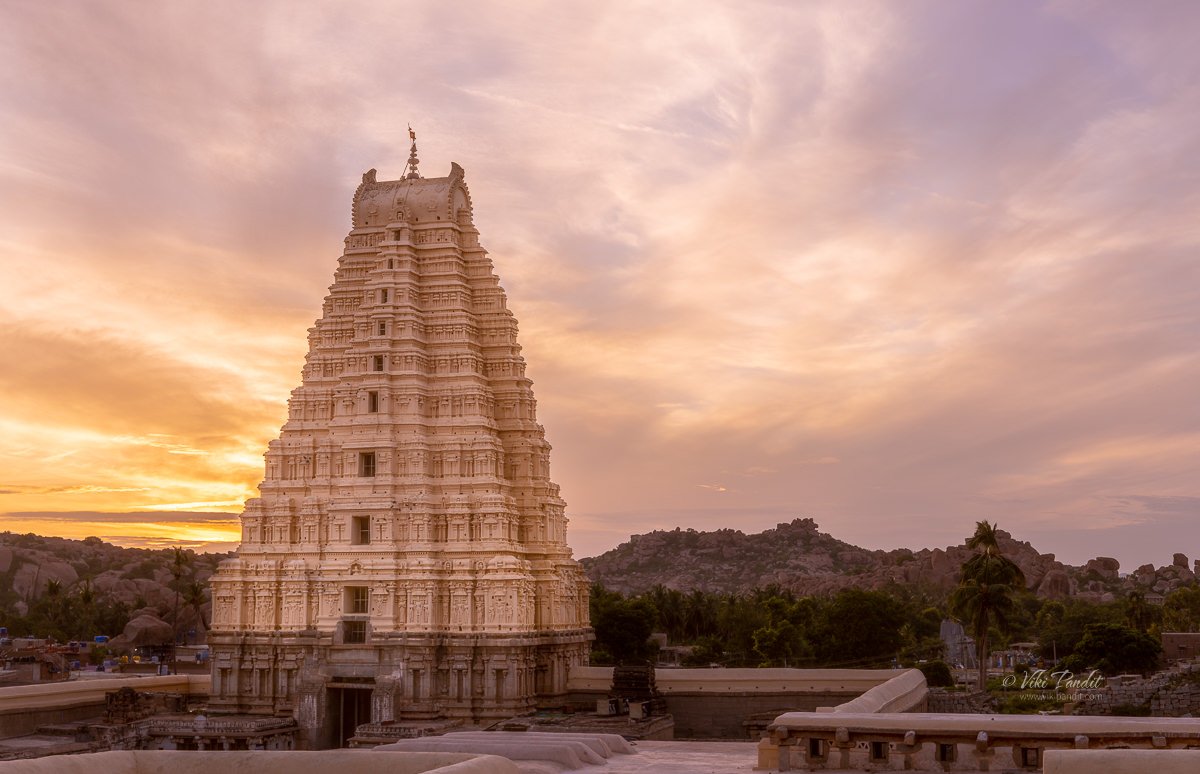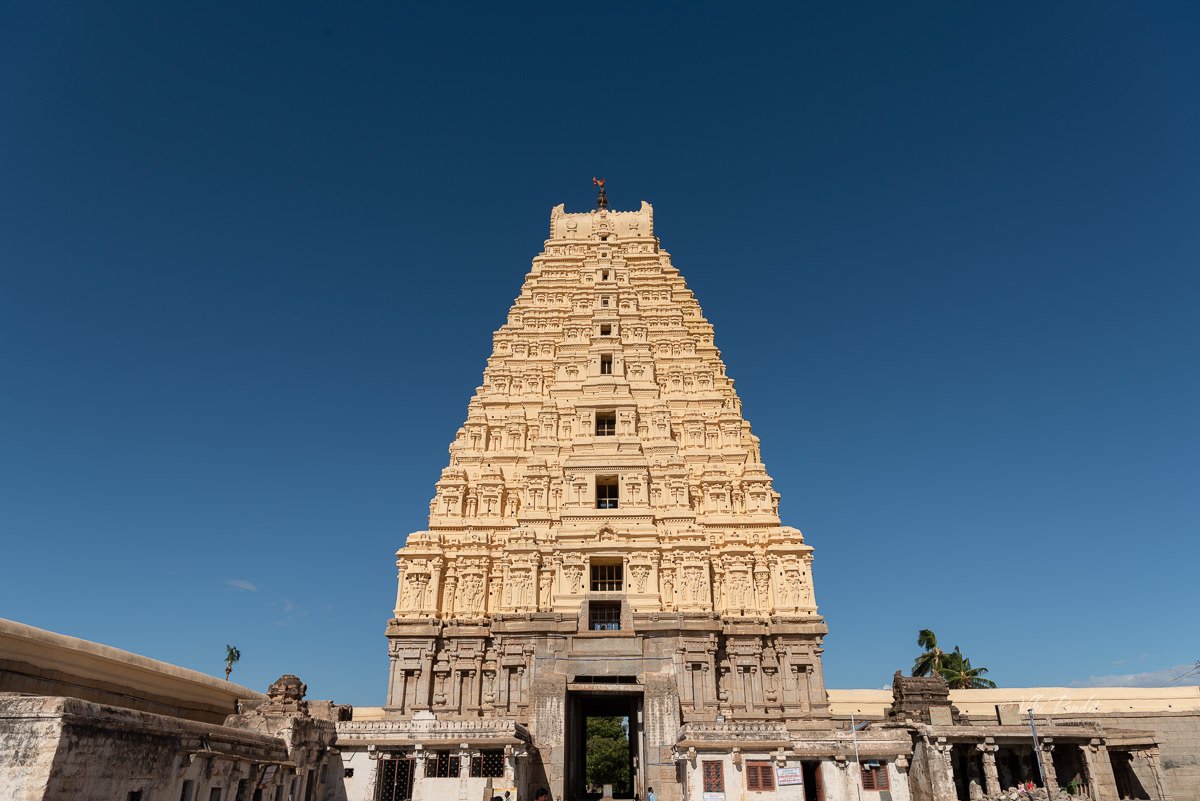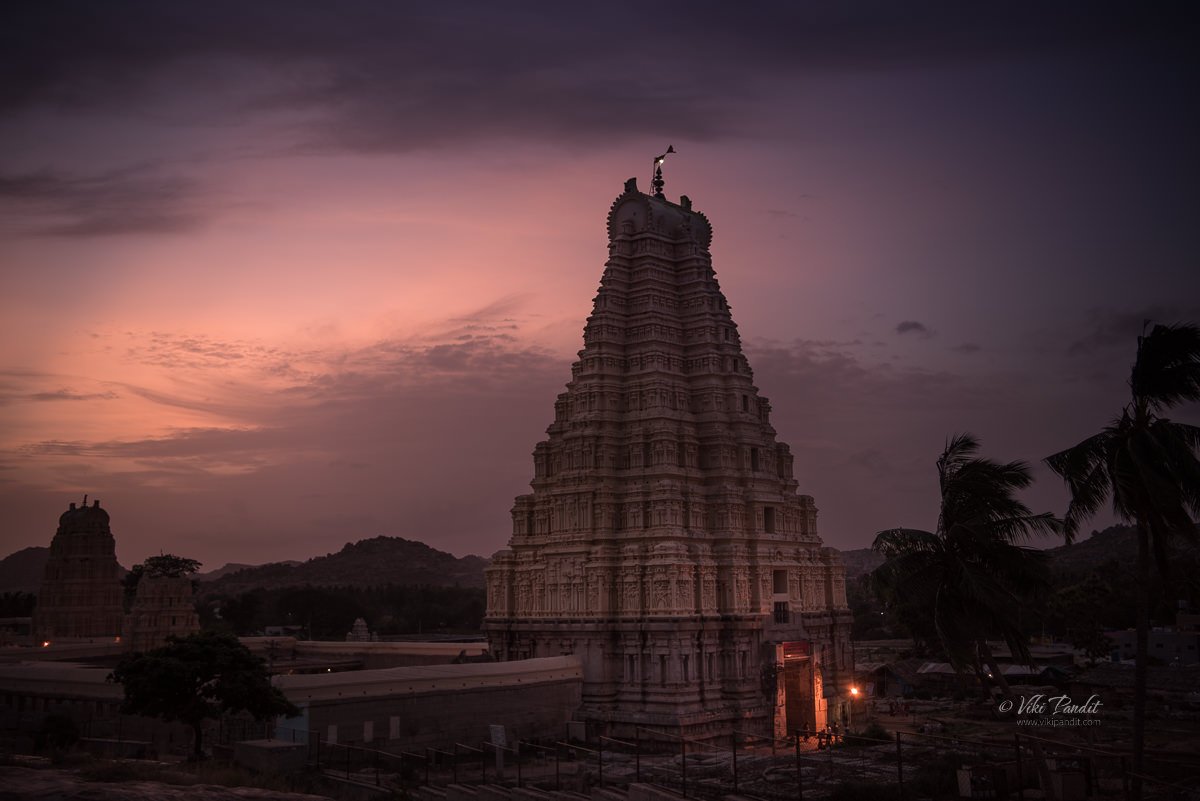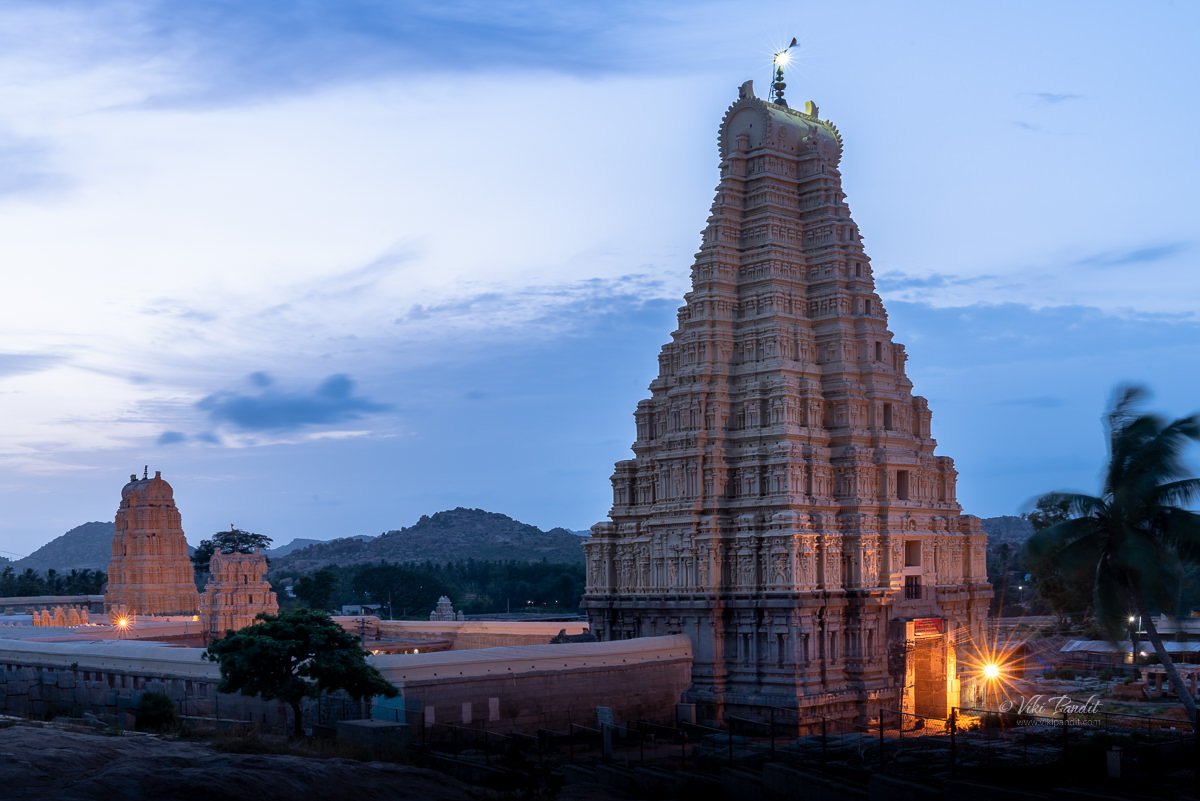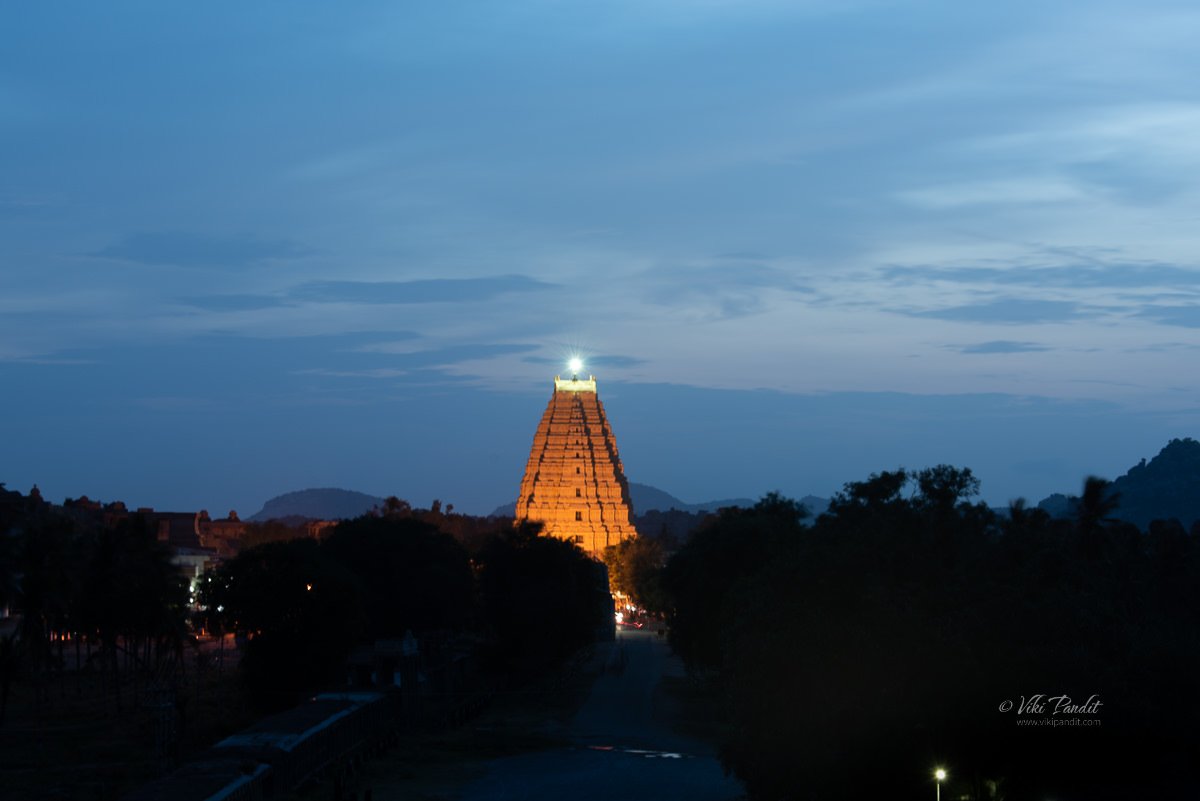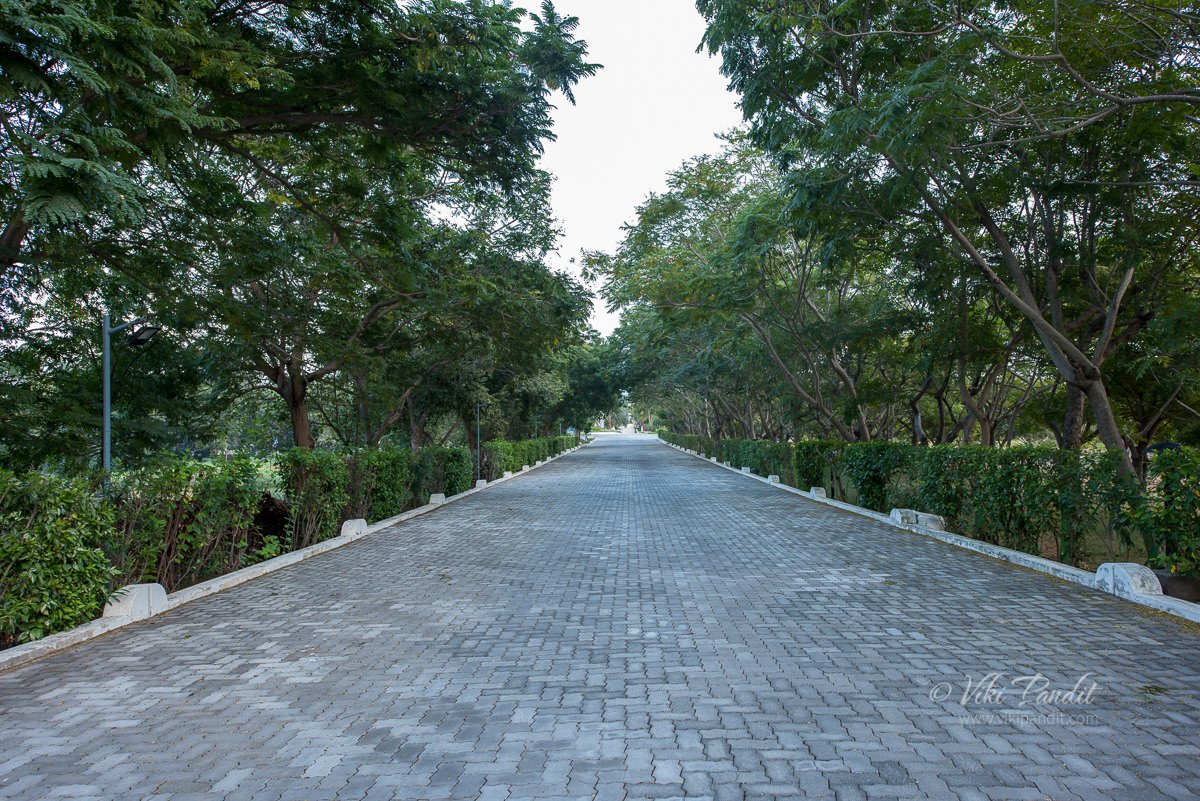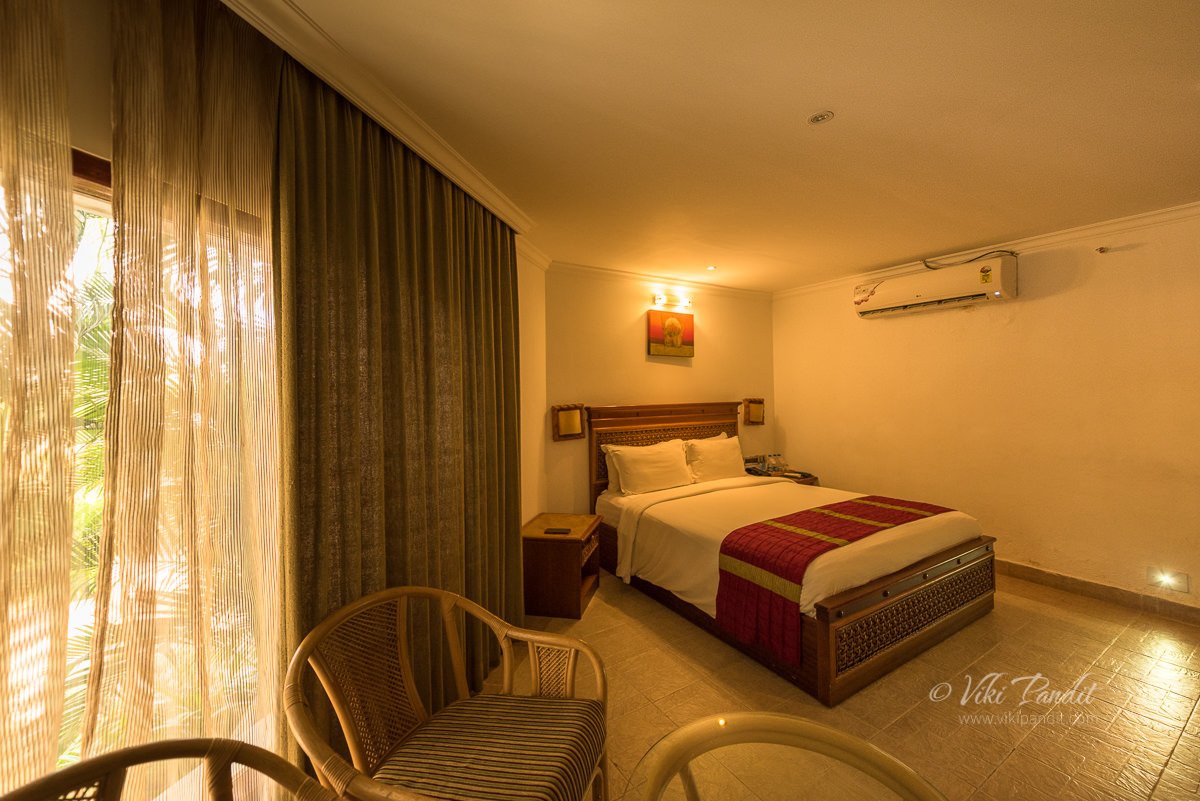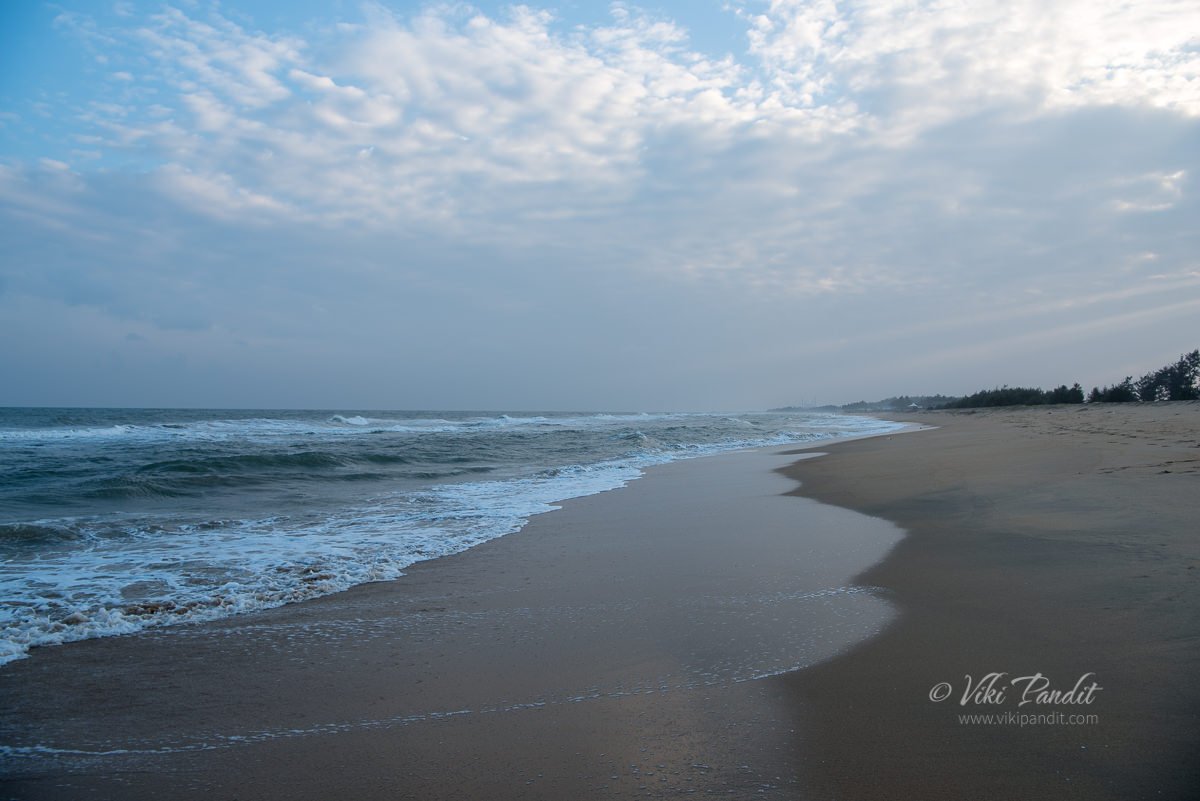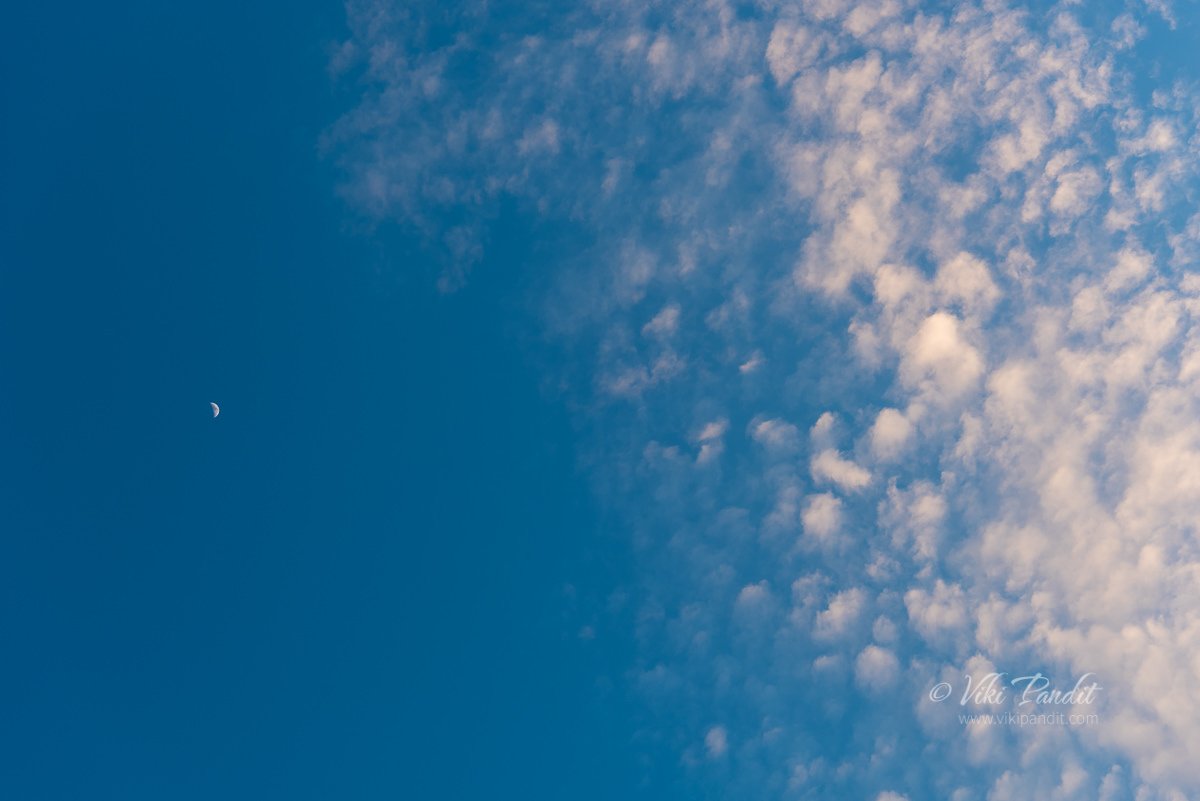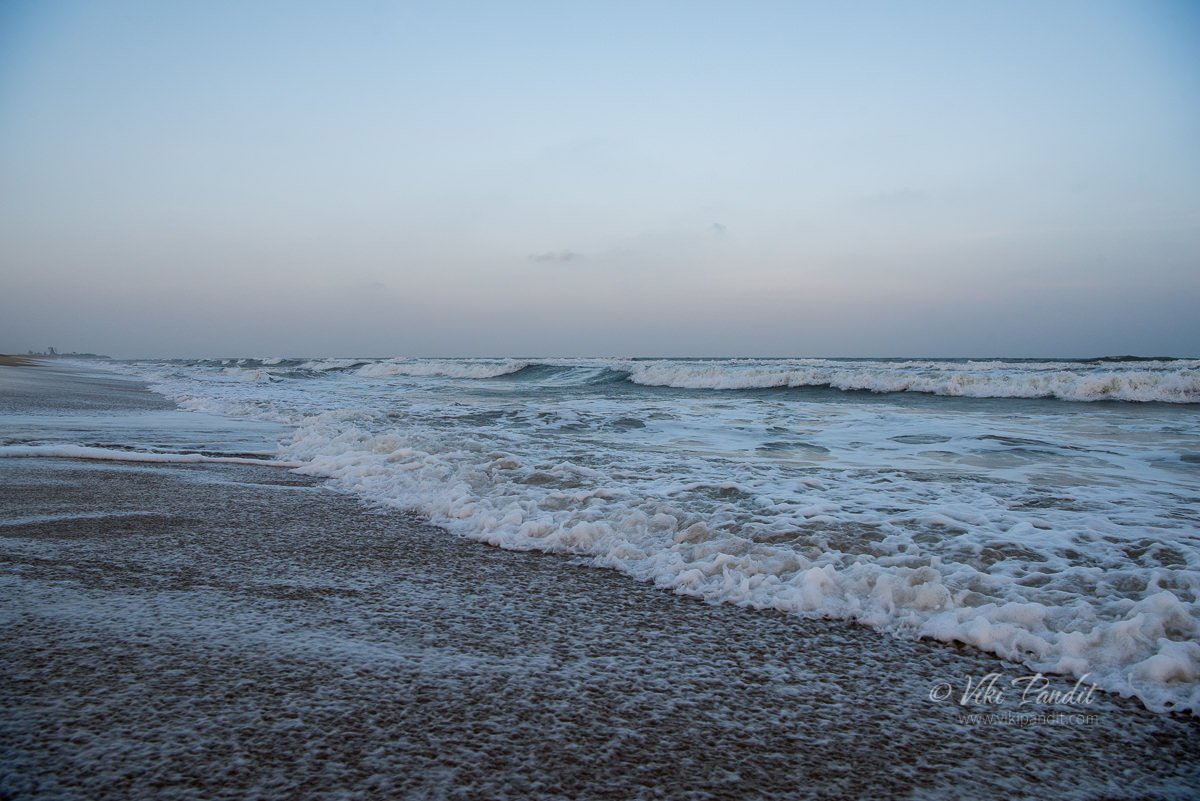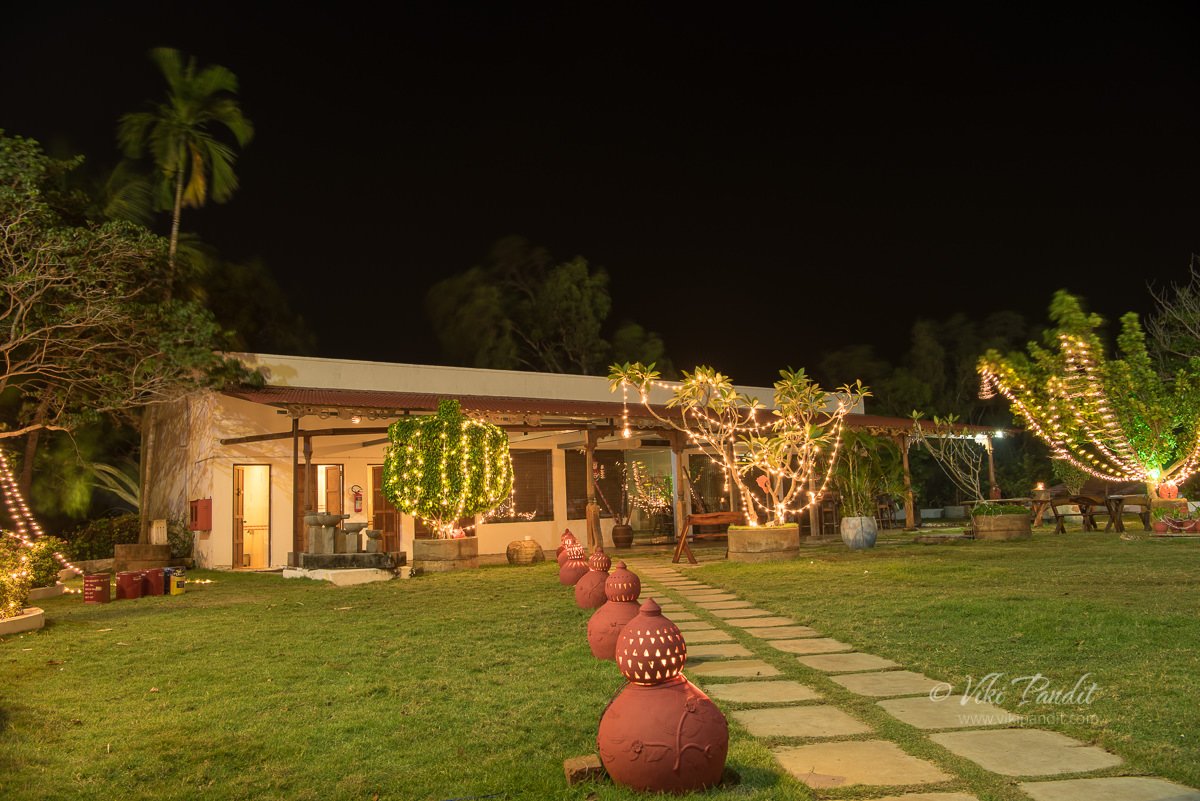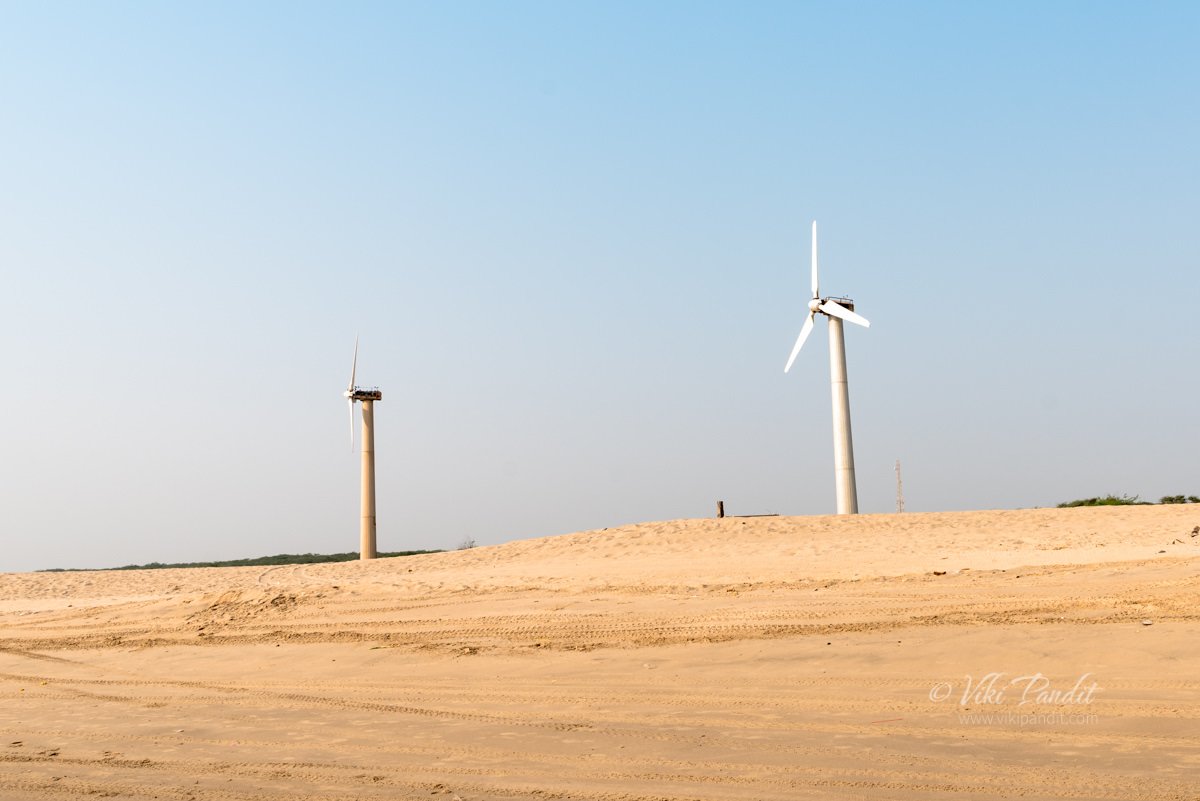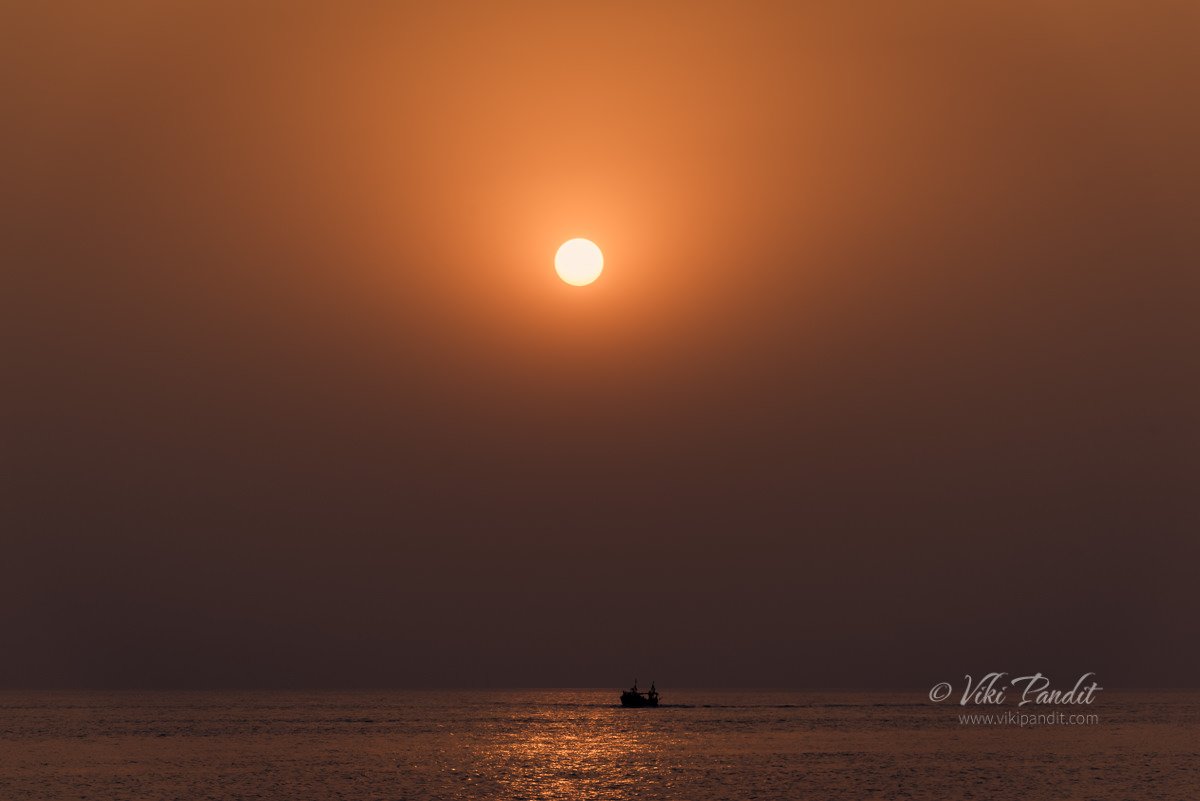Today we visited the MahaNakhon Observatory and skywalk. The imposing 14-meter MahaNakhon Tower dominates Bangkok’s skyline. The MahaNakhon SkyWalk on the 78th floor of this imposing building is a state-of-the art observation deck boasting the city’s most epic views at a height of 314 meters. If you have the right view, you can see it from most hotels in the city.
This was our first trip to the capital of Thailand. While many tourists arrive in the country looking to explore its exquisite temples and dream beaches with turquoise-blue water, Bangkok is a city of contrasts with its own unique draw that sets it apart from other skyscraper cities in the world.
The MahaNakhon skyscraper is located in the heart of Bangkok. Standing at 314 meters (1,031 feet) tall, it was the tallest building in Thailand till 2018 and the ninth tallest building in the world. The building was designed by German architect Ole Scheeren and was completed in 2016.
Even as you enter the building you can sense a place where luxury meets privilege. Inside the lobby you can find the ticket counter for MahaNakhon SkyWalk. Apart from premium shopping areas, the 78-story building is home to the Ritz-Carlton Residences, one of the most sought after residences in all of Bangkok.
Tripods are not allowed inside the MahaNakhon Observatory
We were asked to leave the tripod behind on the ground floor. Lockers are provided to store your tripods safely. I am sure many visitors end up here not knowing that tripods are not allowed at the skywalk and the locker is a big benefit for them.
Video-themed elevators
After securing the tripod, we proceeded to the elevator boarding area passing through a Bangkok-themed digital corridor.
Just prior to catching the lift, we passed a section where they were shooting pictures of visitors on a green screen. You can buy a printed set of these photos when you leave.
The lift was already full and we were the last ones to get on. I believe it can hold around 15 people at a time. As the lift started a fly-through video started on the walls of the lift. It was fun to watch.
You can also buy MahaNakhon skywalk tickets from beforehand on their official website.
Facts about MahaNakhon Tower
Mahanakhon is a mixed-use building, with retail and dining outlets occupying the lower levels, while the upper levels are home to luxury residential apartments and the MahaNakhon SkyWalk. The building’s name, “MahaNakhon,” is derived from the Thai word for “great metropolis,” a fitting name for a building that dominates the skyline of one of Southeast Asia’s most vibrant cities.
The tower was opened to public in August 2016 following an eight-year planning and construction phase. The total project value of the construction is near to 21 billion baht (US$620 million).
The tower defies the typical podium typology, creating a skyscraper that has been carved to introduce a three-dimensional ribbon of architectural pixels that coil up the tower’s full height. The distinctive cut that snakes around the building gives it an unfinished appearance from a distance.
In a play of one-upmanship by a competing development the MahaNakhon tower lost the title of tallest building in Bangkok in 2018, when the Magnolias Waterfront Residences Tower 1 was completed with 315m, just one more than the MahaNakhon.
MahaNakhon SkyWalk Indoor Observatory
The lift brought us up directly to the Observatory on the 74th Floor. It says in the booklet that it takes just 50 seconds to travel the 74 floors. The observatory and the Sky Bar occupy floors 74th to 77th.
The 74th floor offers a unique 360 degrees view over the city of Bangkok while educating the viewer on the city’s heritage and history through inscriptions and city maps engraved on the floor, while the two top floors are outdoor spaces occupied by the Sky Bar and Skytray and are meant for leisure and amusement of visitors.
All the sides have continuous glass walls from which you can see the stunning Bangkok skyline. On the observatory floor, you can also find a miniature model of the MahaNakhon building.
The top of the tower houses a three-floor Sky Bar and restaurant with double-height spaces and an outdoor rooftop bar with 360º views, floating 310 meters above the city.
This Post Box is a replica of the very first mailbox of Thailand.
From the observatory you will need to go up an escalator to the 75th floor. From here a spiral staircase leads up to the terrace. Alternatively, you can also use an elevator to go up to the terrace.
You will be provided a shoe cover here for going on to the glass tray
The staff here might tell you that you cannot come down to the observatory once you go to the terrace but you very much can. You have to use the stairs beside the circular stairs on the 75th floor to go down.
Even though it was November, you could feel the stifling heat as you come out onto the open terrace. Bangkok is more near to home than I could have imagined.
As we walked toward the edge of the terrace, we could see the city emerging.
Glass tray at MahaNakhon
The glass trays are at a height of 300 meters. It is is cantilevered out from the building to give visitors views directly down to the ground below. It was the main attraction for us: to stand on this glass tray with a bird eye’s view of the beautiful skyline below. Visitors are required to cover their shoes with the disposable shoe cover provided on the 75th floor.
This attraction is known as the Skytray, a walkable glass platform of 4.5×17.5 meters that is not only sure to attract thousands of visitors every year but also ensure that these visitors post breathtaking photos of them walking on the glass platform on their social media.
Please note that visitors are not allowed to take any loose items including mobile phones, camera, selfie sticks and other items to the glass tray.
The glass floor, constructed and laminated by Sedak, is fabricated from six multi-layered panels, each measuring 4.14 x 2.69 m. Each panel comprises seven pieces of 12 mm heat strengthened low-iron glass alternated with 1.52 mm SentryGlas®, creating a 13-ply glass/interlayer construction, which still offers excellent clarity. For those feeling unsure on getting on to the glass tray, SentryGlas® ionoplast interlayer is tougher and 100 times stiffer then the older PVB interlayers.
Photography of the glass tray is only permitted from a photo taking area outside of the glass tray.
If you do not have anybody to take your photo while you walk on the glass tray, the staff will help you.
Thailand’s highest rooftop bar with signature drinks and cocktails.
Gazing at the unobstructed view of the city we enjoyed some chicken pie from the Skybar.
Note: The snacks are a bit on the expensive side.
The MahaNakhon Terrace
MahaNakhon was recognized as Thailand’s Tallest Building (2016 – 2018), certified by the Council of Tall Buildings and Urban Habitat in April 2016. Its luxury ‘mixed-use’ development is specifically designed to complement the city’s existing skyline and gives Bangkok an iconic architectural landmark.
Sunset from MahaNakhon
As we approached the Golden hour, the cityscape turned into a glowing orange with light that is soft, warm, and golden.
The Bangkok skyline at sunset is a breathtaking sight to behold. The city is known for its towering skyscrapers, which seem to rise up from the ground and stretch towards the sky. As the sun begins to set, the city is bathed in a warm, golden light that gives the skyscrapers a beautiful, glowing appearance.
The towering skyscrapers seem to glow with an otherworldly radiance, and the city’s many temples and shrines are lit up in a way that is both beautiful and serene. It is a truly breathtaking sight to see, and one that is sure to leave a lasting impression on anyone who witnesses it. Night falls gently in Bangkok and lights come on across the city.
My Nikon 810 was struggling to capture this beautiful cityscape so I switch to my Sony AS3 in hope more than anything that maybe it can do better.
The beautifully lit building in the above photo is that of ICON SIAM. I haven’t been there yet. Hope to go therein the future as it looks pretty appealing.
Along the ICON SIAM, you can see the Chao Phraya River. The river is an important source of food for the people of Thailand, and it is also home to many floating markets where people buy and sell goods from boats. It is a popular tourist destination, with numerous boat tours and cruises available for visitors to experience the sights and sounds of the river. The Chao Phraya River is home to several important temples and landmarks, including the Wat Arun temple and the Grand Palace in Bangkok.
On the way out we grabbed the set of printed photos, photoshopped to look as if taken from the terrace.
Since its completion, MahaNakhon has become a popular tourist destination in Bangkok. In addition to the observation deck, the building also features a rooftop bar and restaurants. It is a popular spot for both locals and tourists to take in the breathtaking views of the city and enjoy a meal or drink at one of the many dining and entertainment options.
King Power MahaNakhon building was conceived to reflect the ambition and excitement of one of the world’s most dynamic cities. It is a showcase of one of the most significant examples of contemporary architecture and urban design in all of Thailand. Designed by an award-winning architect, Ole Scheeren, the MahaNakhon Building spirals up through the urban jungle of Bangkok, representing this vibrant city. Bangkok, with its contrasting mix of traditional temples and modern skyscrapers, has developed an eclectic skyline and the MahaNakhon Building fits right in.
From the summit of MahaNakhon, the panorama unfolds into a mesmerizing tapestry of urban brilliance. Perched above the bustling city, the view encapsulates the vibrant energy of Thailand’s capital. Gazing out, one witnesses the convergence of modernity and tradition, as gleaming high-rises stand in juxtaposition with historic landmarks. The Chao Phraya River meanders through the urban sprawl, reflecting the glimmering lights of the cityscape. At night, the skyline transforms into a dazzling display of colors, and the bustling streets below come alive.
Thanks for reading! I hope you like my story. Please leave a comment if you have any questions.
Visitor Information
Daily from 10.00-19.00 hrs. (last admission 18.30 hrs.)
BTS Skytrain via Chong Nonsi Station, exit 3
Adults: ฿880.00
Kids: ฿250.00
Seniors (Age 60+) : ฿250.00
Visitors can also avail some package options that come with complimentary drink and food coupons. Various offers are also available during festival times when they offer discounts on the price of the tickets.
